Nombre:
Gaziantep
Otro:
Localización:
Tipo: Urbanismo
Categoría:
Foto:
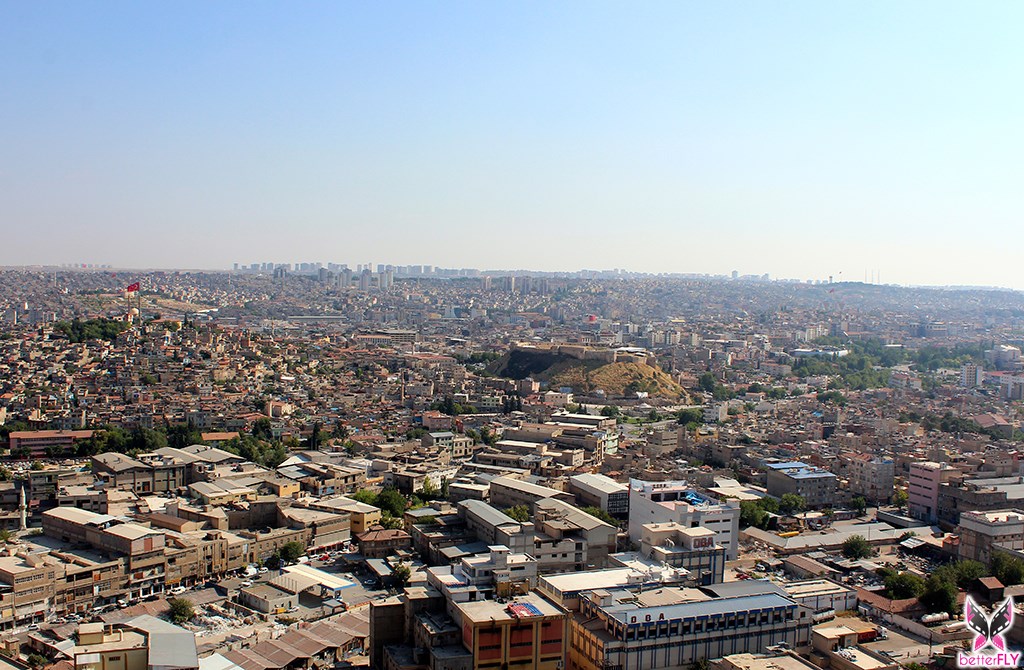
Voto:
Continente: Asia
País: Turquía
Localización:
Año:
Estado: Terminado
Descripción:Turismo en Turquía: Gaziantep
Por dfraga, el 08 - 02 - 2013
Cuando estemos por hacer un viaje hacia cualquiera de las ciudades y provincias en Turquía, quizá debamos tomar en cuenta cuál de ellas viene a representarse como la más grande o la que ha sido considerada como la más popular para ser visitada en cualquier época del año. Hablar de Gaziantep es prácticamente ello, ya que esta viene a ser una de las ciudades con un gran nivel de importancia dentro de Turquía, misma que se encuentra ubicada en la provincia que tiene su mismo nombre y que geográficamente hablando, viene a ser la sexta más grande del país.
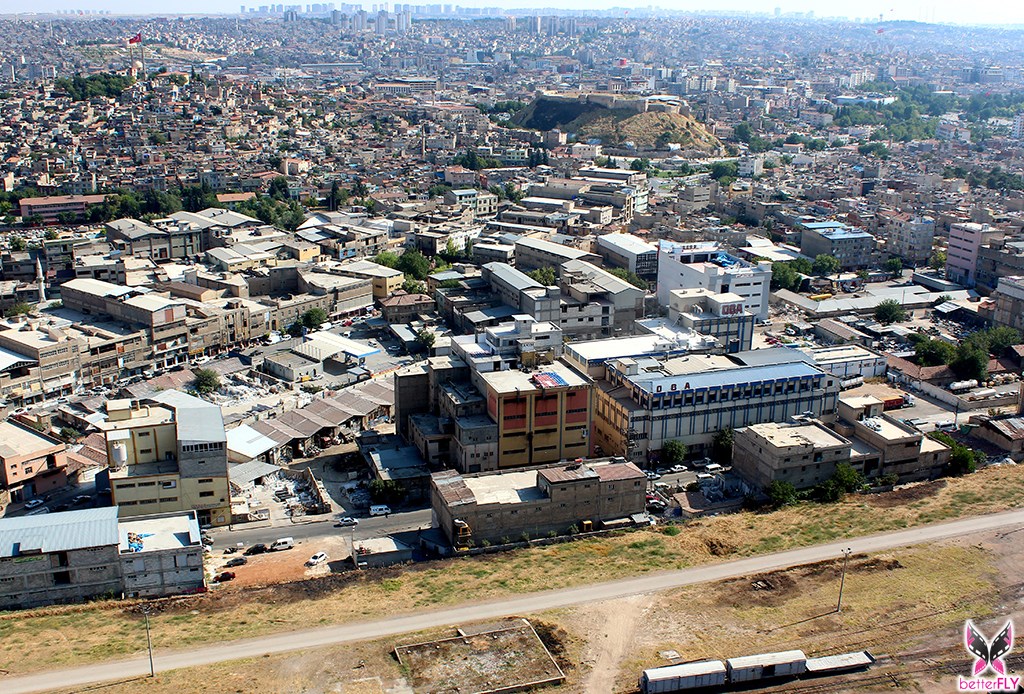
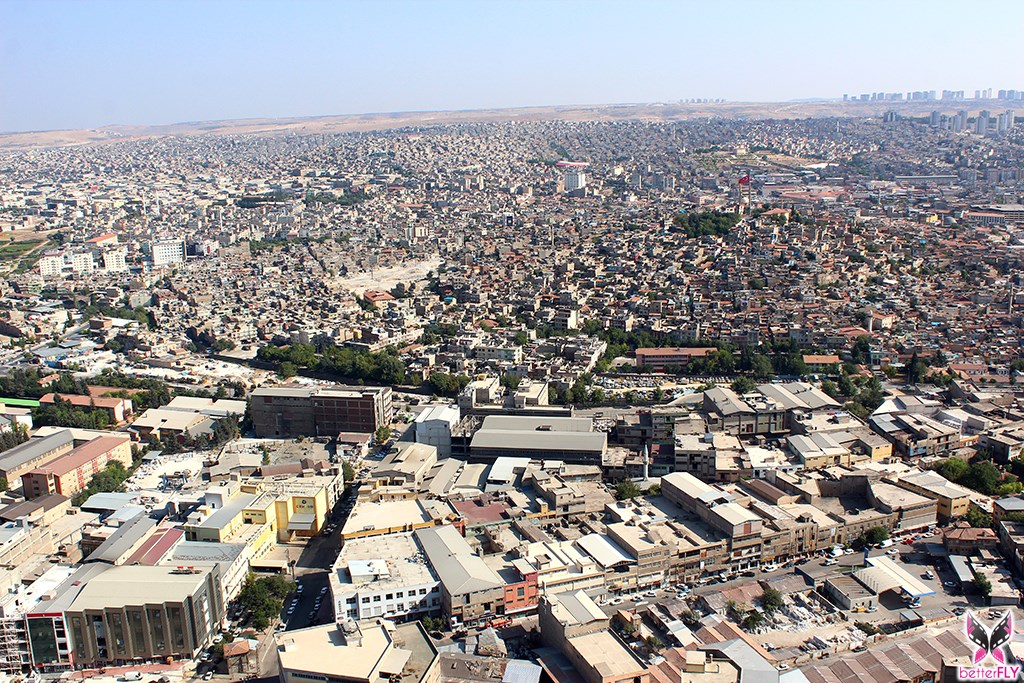
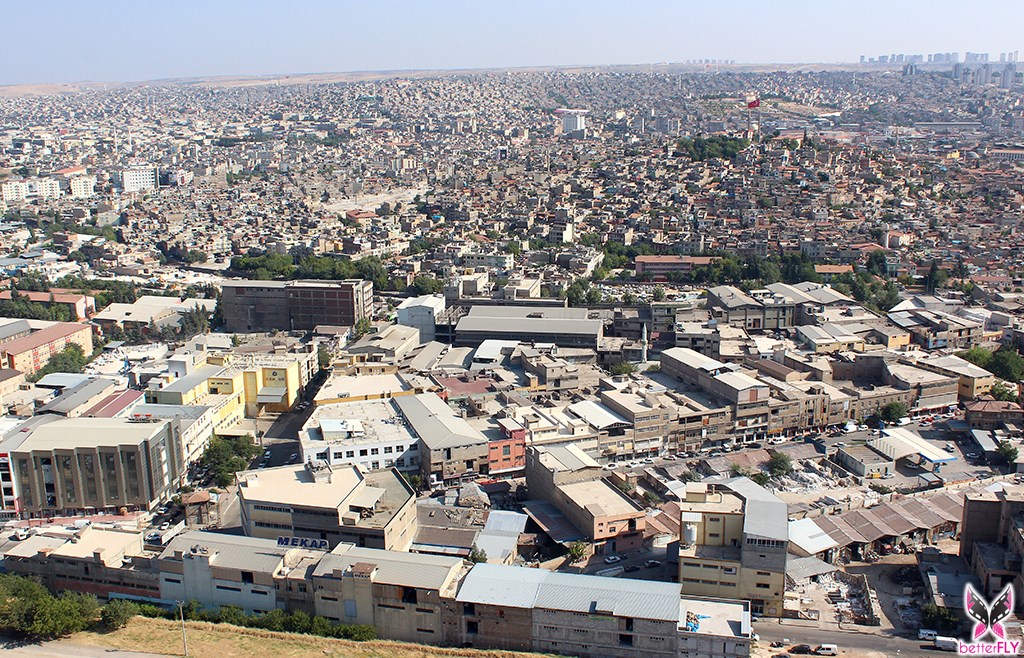
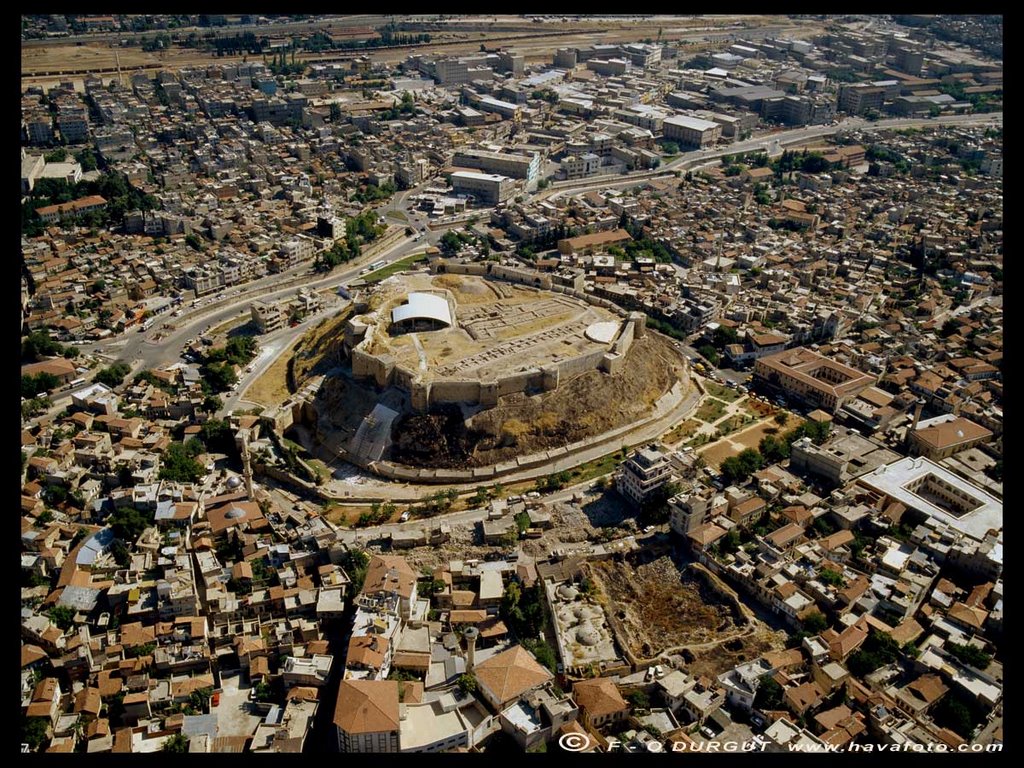
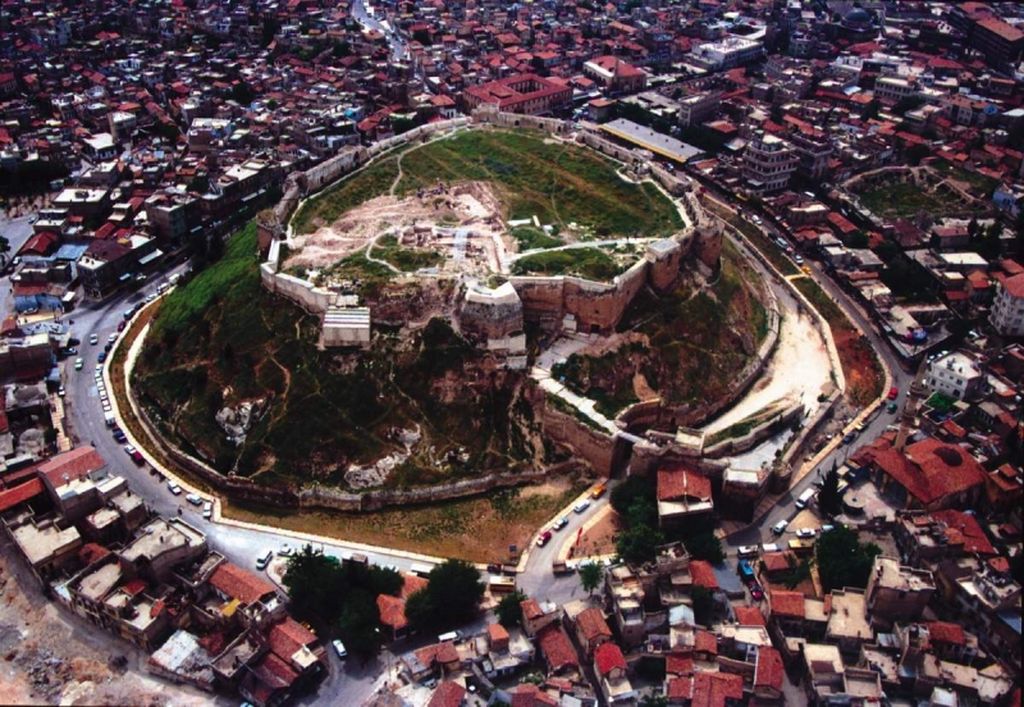
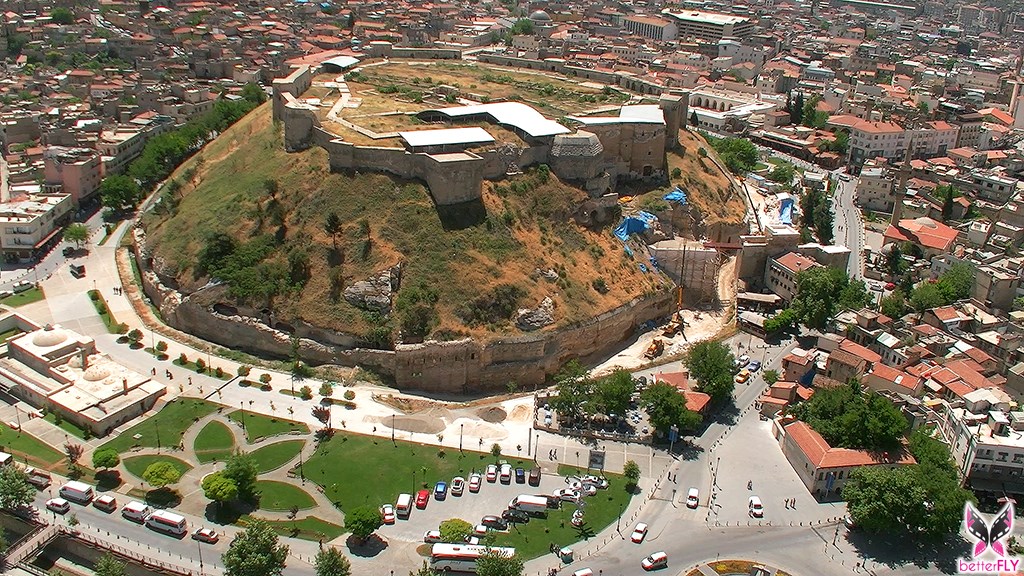
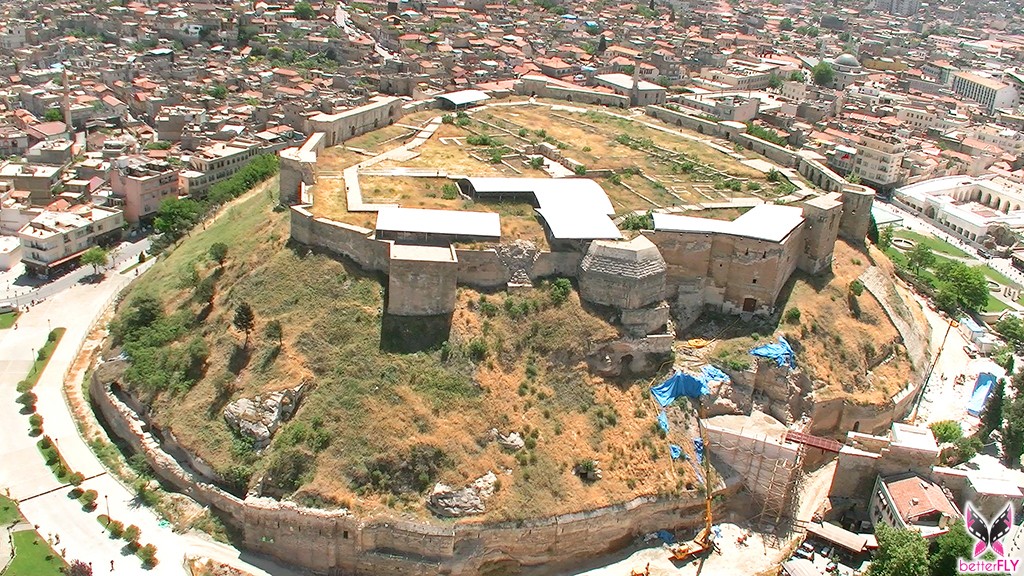

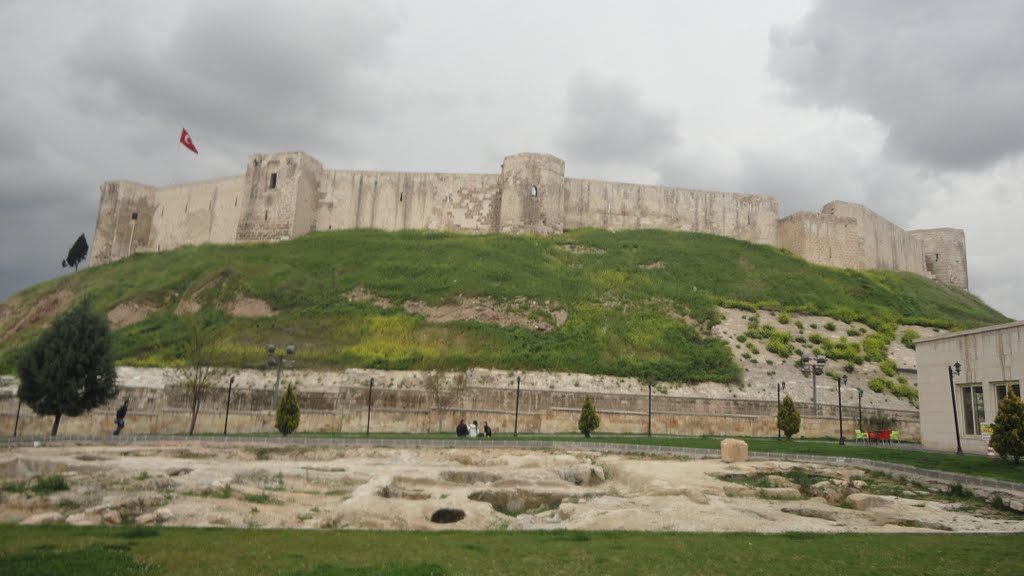
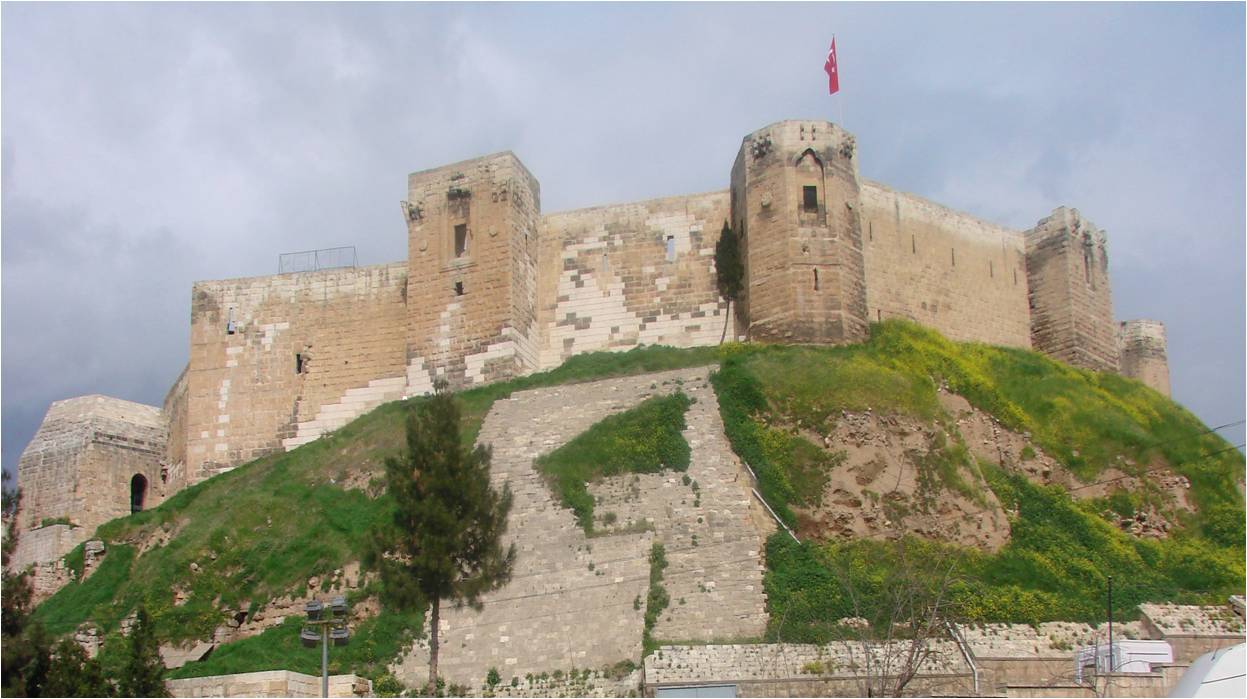
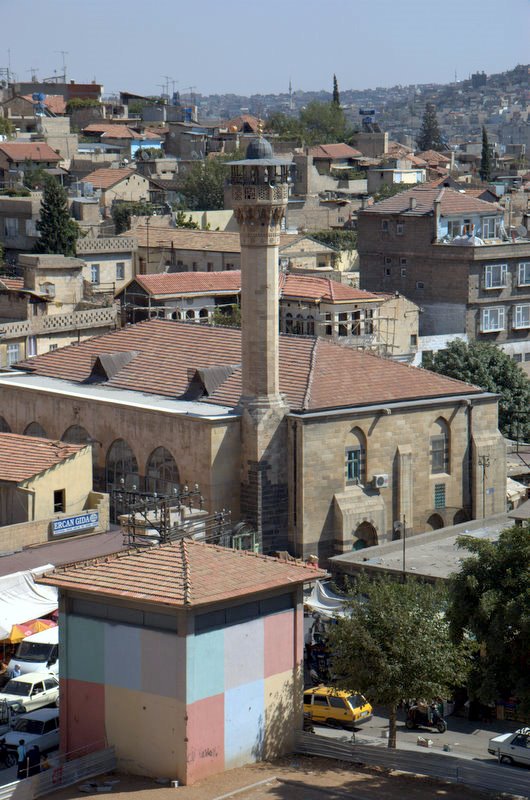
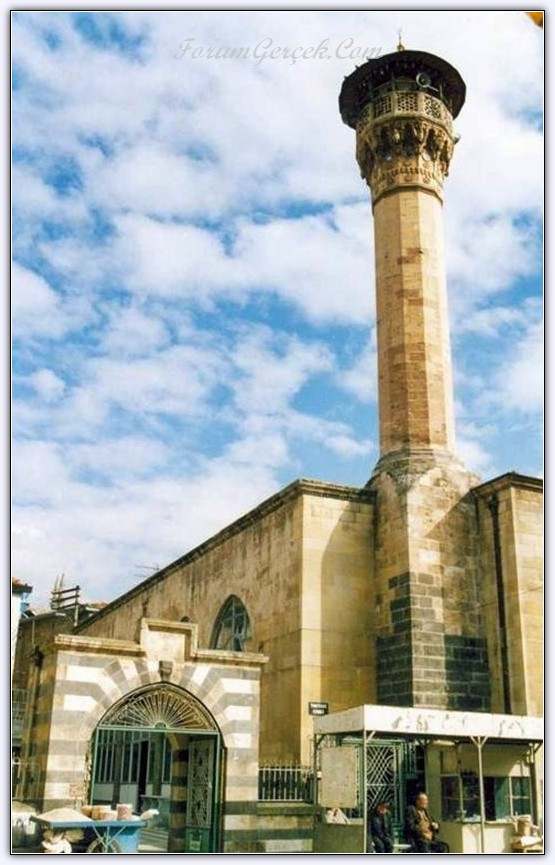
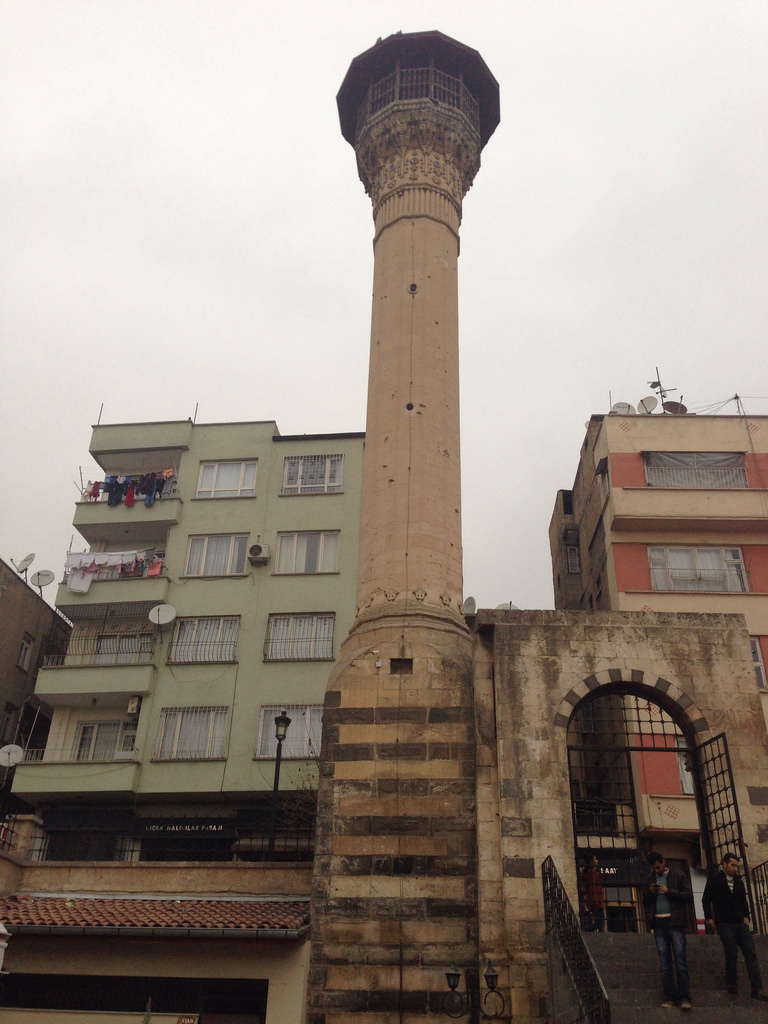
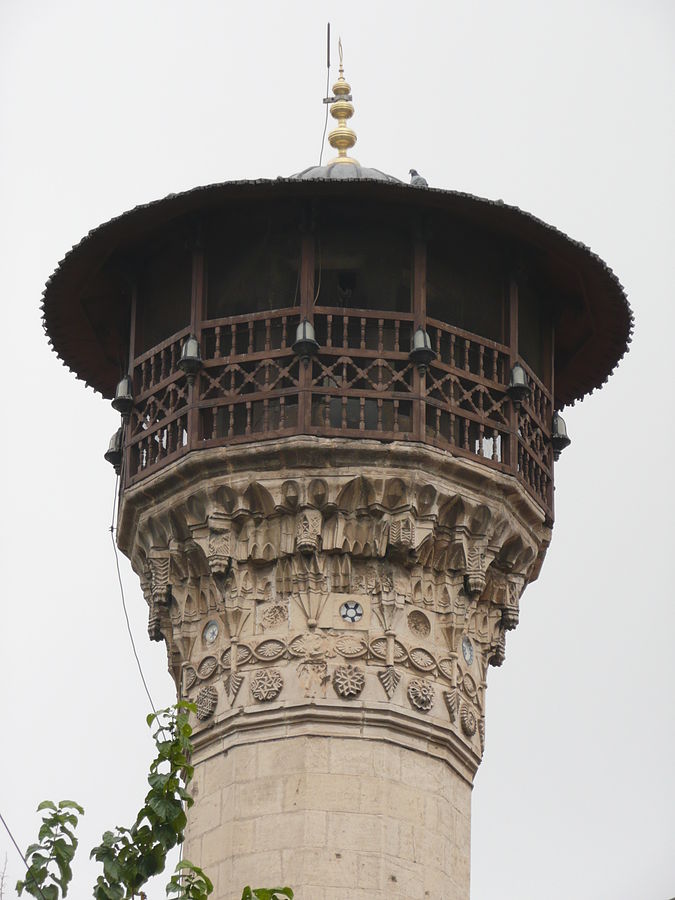
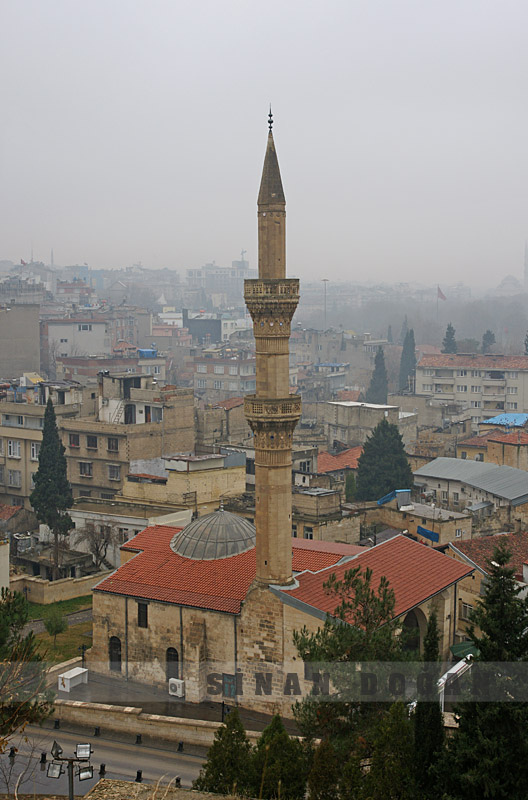
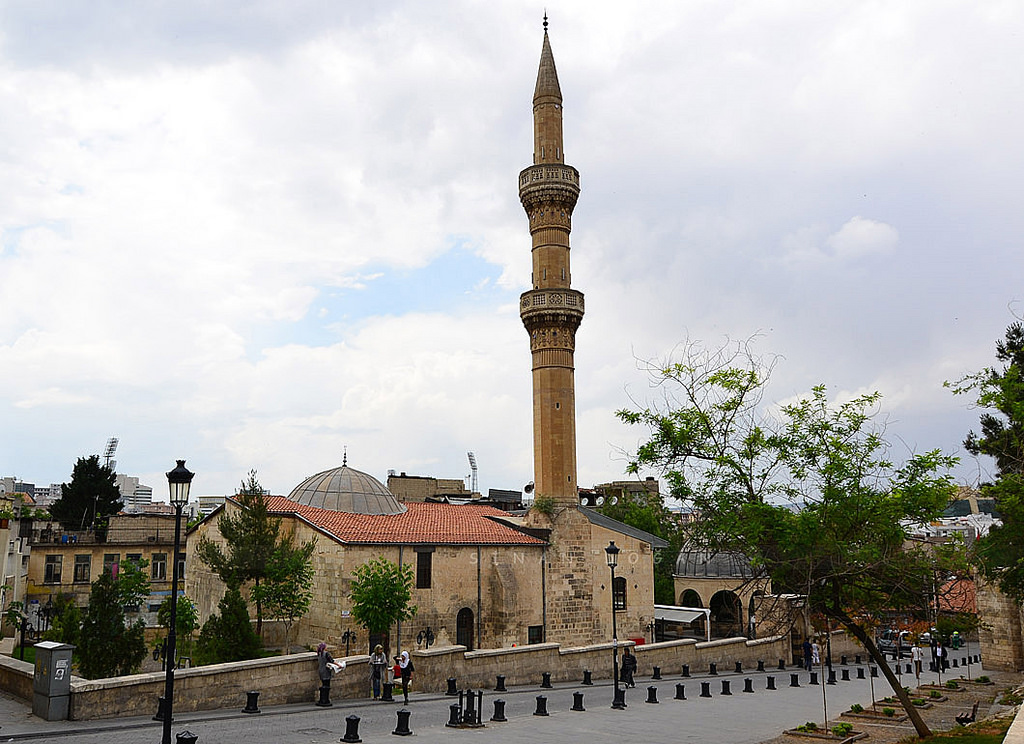
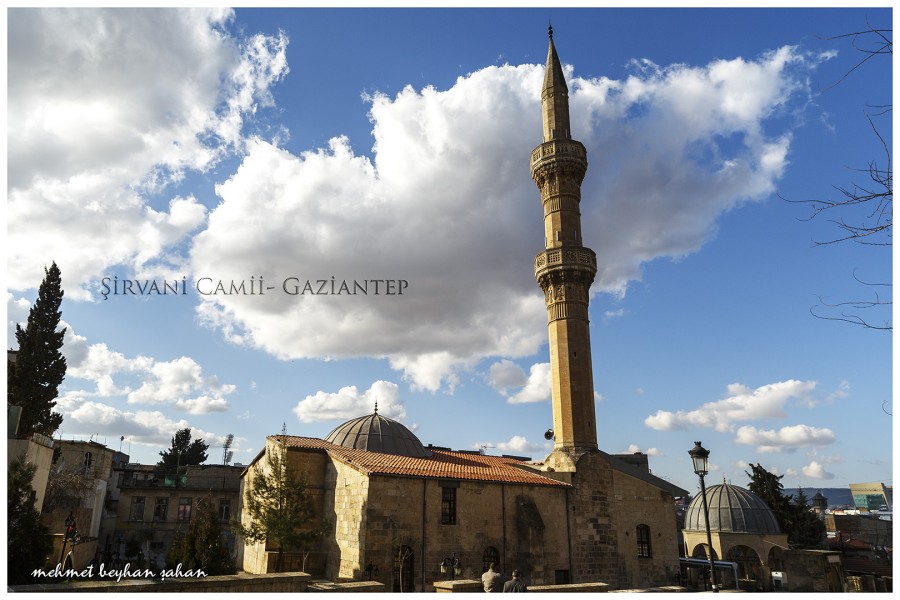
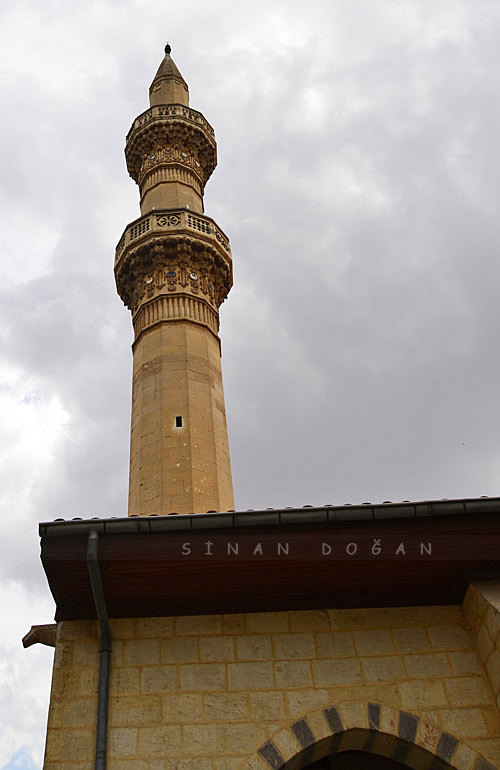
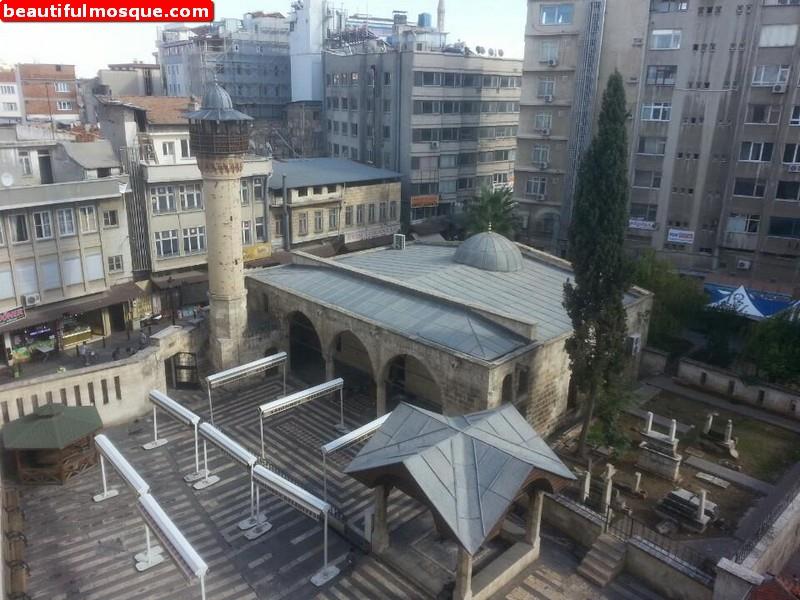

Los orígenes de esta preciosa ciudad se remontan al año 4000 a. C., mencionándose que ésta había sido una ciudad helenística conocida como Antioquía de los Montes Tauros. La provincia que acoge esta ciudad es una de las más ricas en Turquía, en donde se entremezclan tanto la parte industrial con la agrícola, estando en esta última una gran cantidad de viñedos que viene a ser muy importantes para el país.
Gaziantep se encuentra prácticamente dividida en dos distritos, siendo estos Sehitkamil y Sahinbey, habiendo una población que sobrepasa el millón de habitantes en total. Se dice que toda la vida ha sido una ciudad en la cual el turismo mundial es uno de los más apetecidos en la región, algo que ha llegado a mejorar si mencionamos que en los últimos tiempos se ha convertido en un gran polo industrial y agrícola a la vez.
Visitar a la ciudad de Gaziantep en Turquía y en nuestras próximas vacaciones podría representar tratar de conocer a su fortaleza y a su Ciudadela Ravanada; aquí también esta presente un importante Museo Arqueológico, sitio en el cual la colección está compuesta de diferentes objetos pertenecientes al neolítico.
Pero nada como poder conocer y visitar a su zona histórica, lugar en donde una gran cantidad de casas con un precioso estilo y diseño su arquitectura, los museos de vidrio y claro, la gastronomía de Gaziantep viene a ser el foco de atención para todo visitante. En cuanto a este último aspecto, en esta ciudad de Turquía se podrá encontrar más de 250 propuestas en cuanto sus platos típicos, en donde se llega a combinar sabores sirios, armenios, árabes, kurdos y claro, turcos.
http://www.loquehayqueverenturquia.es/gaziantep-un-viaje-por-su-turismo-y-gastronomia/
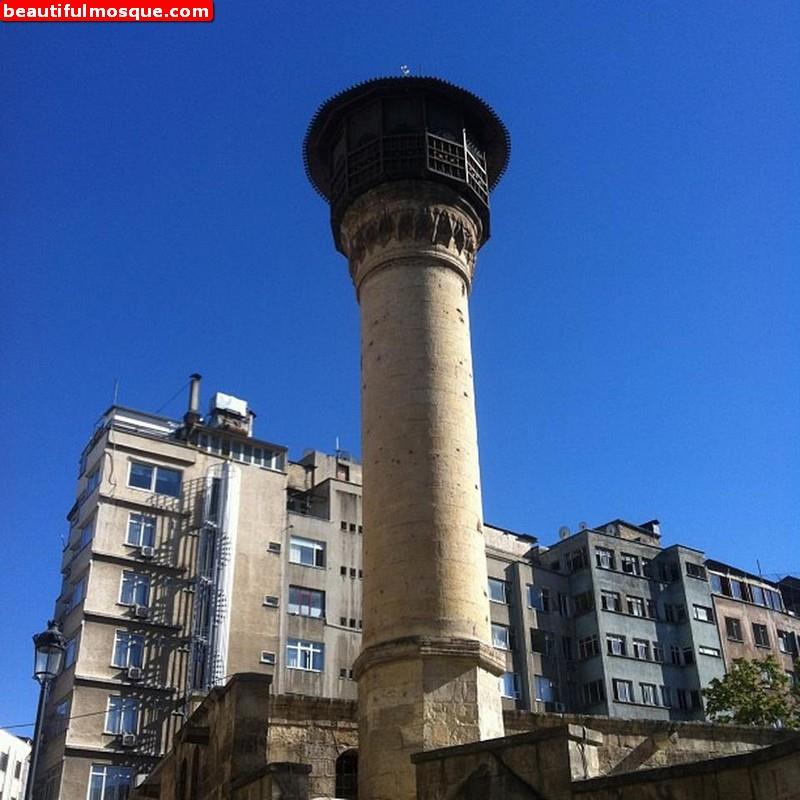
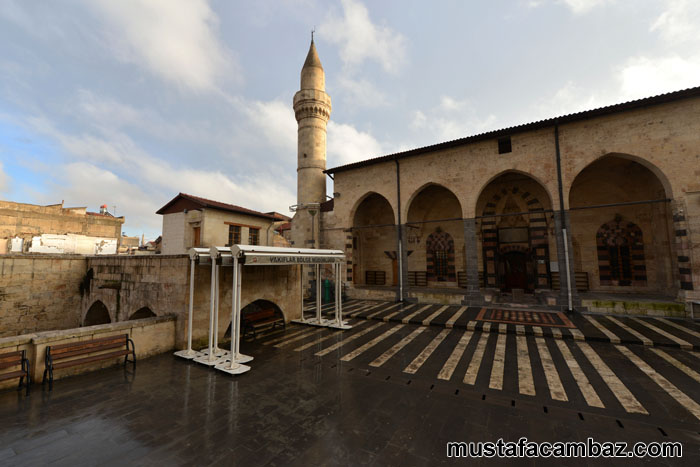

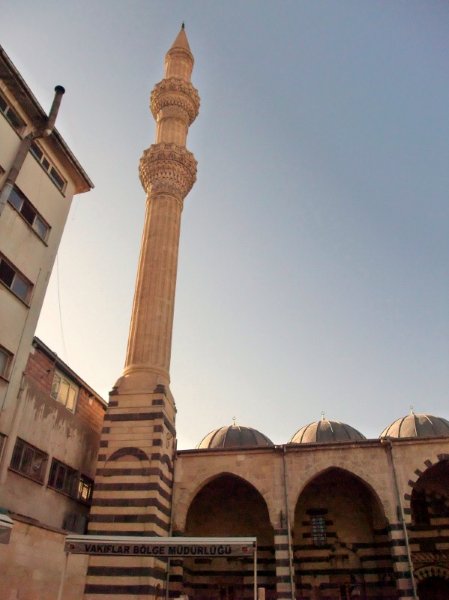
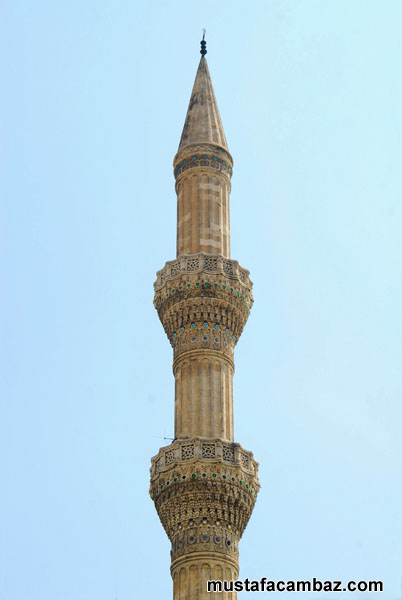
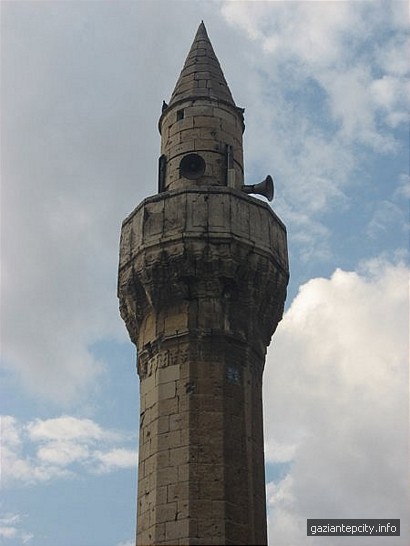
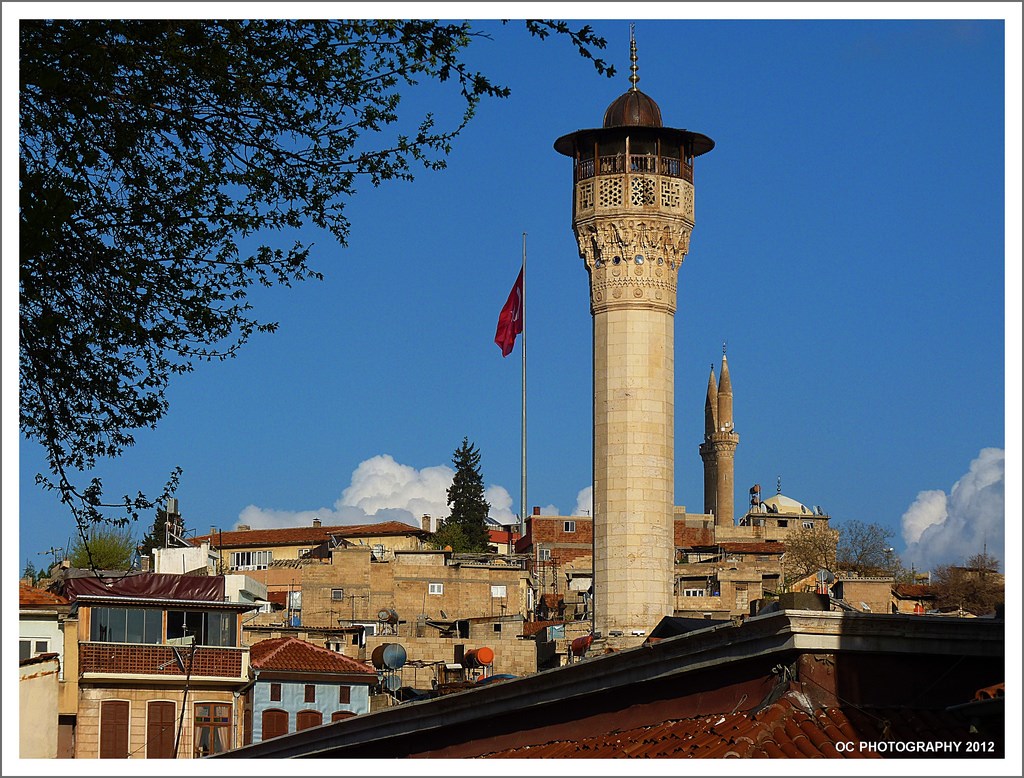
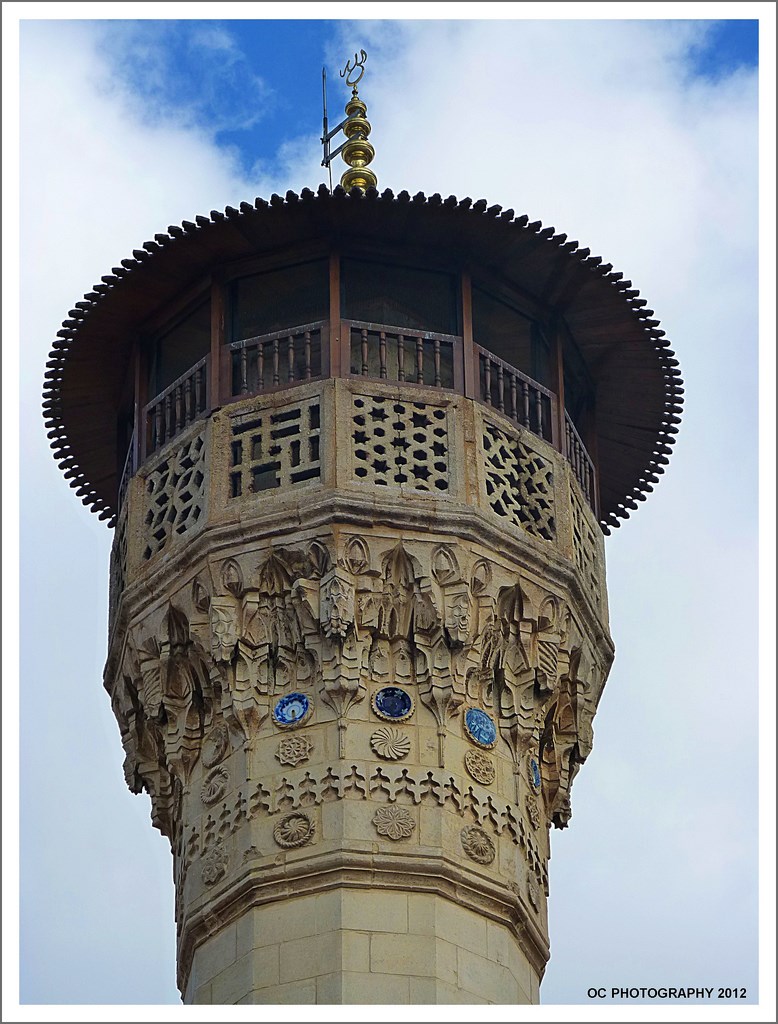
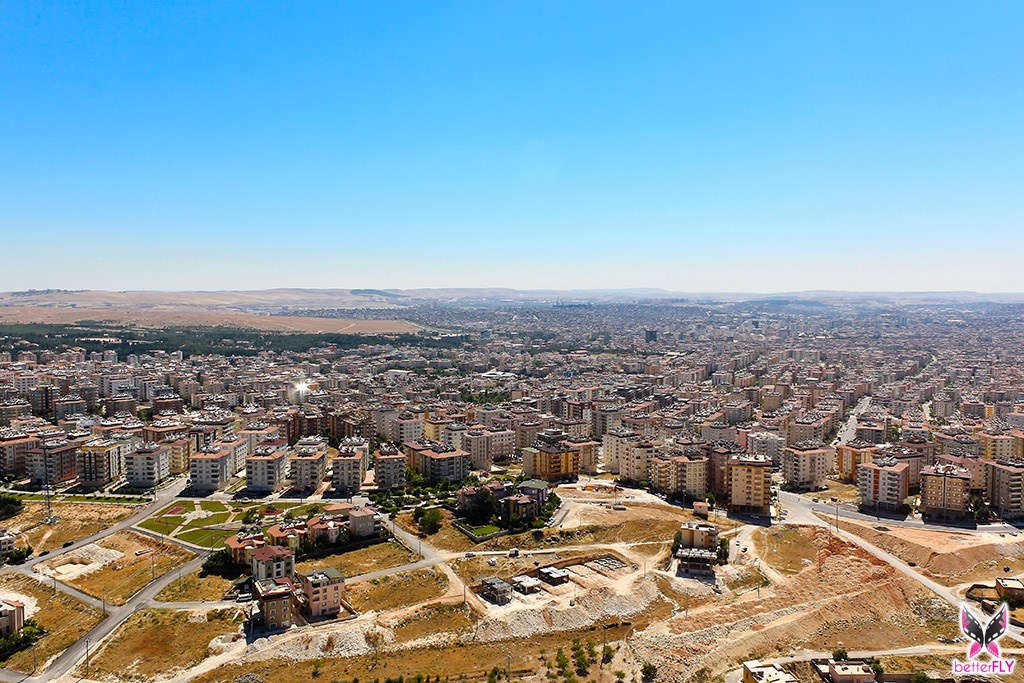
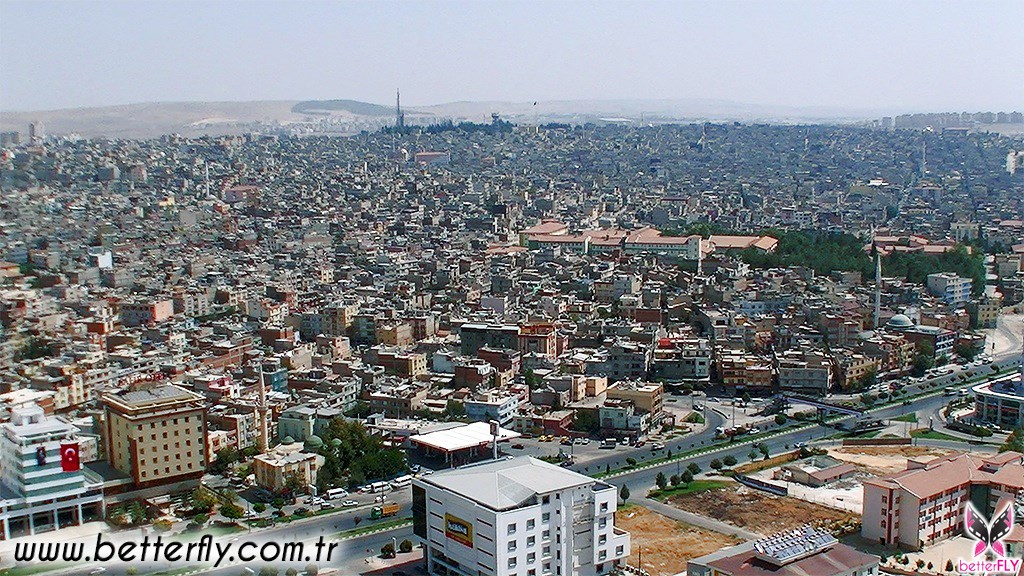
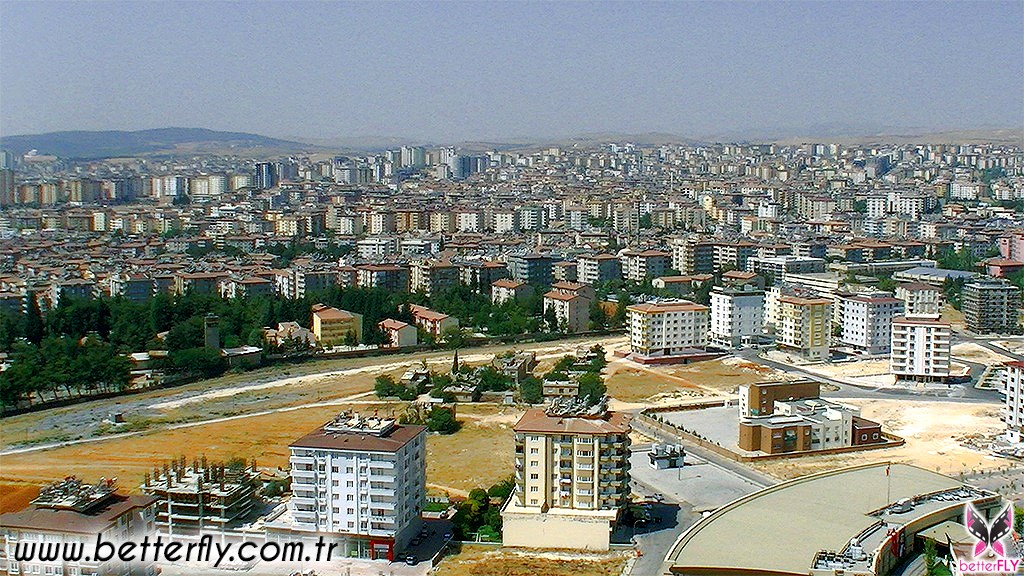
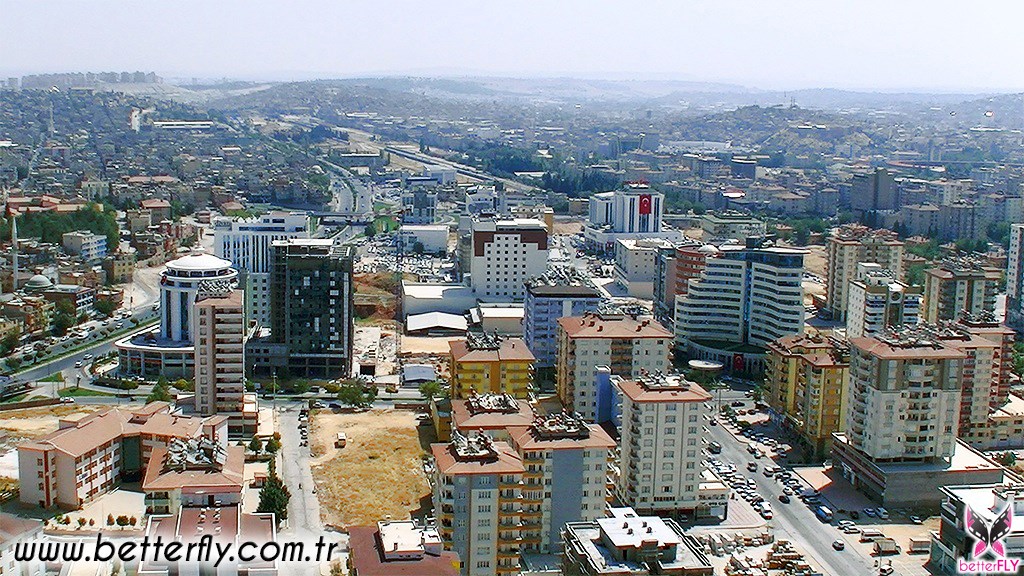
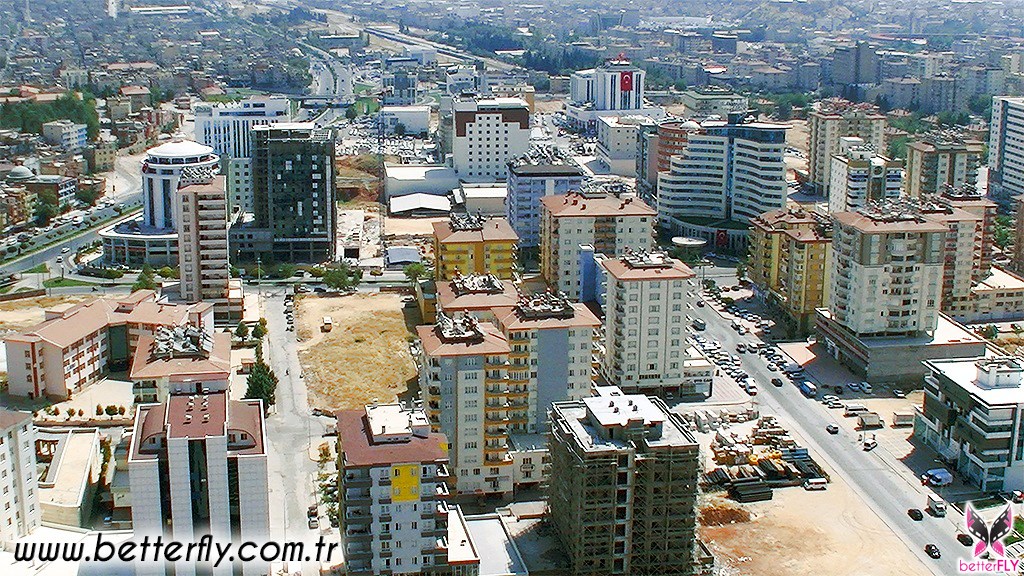
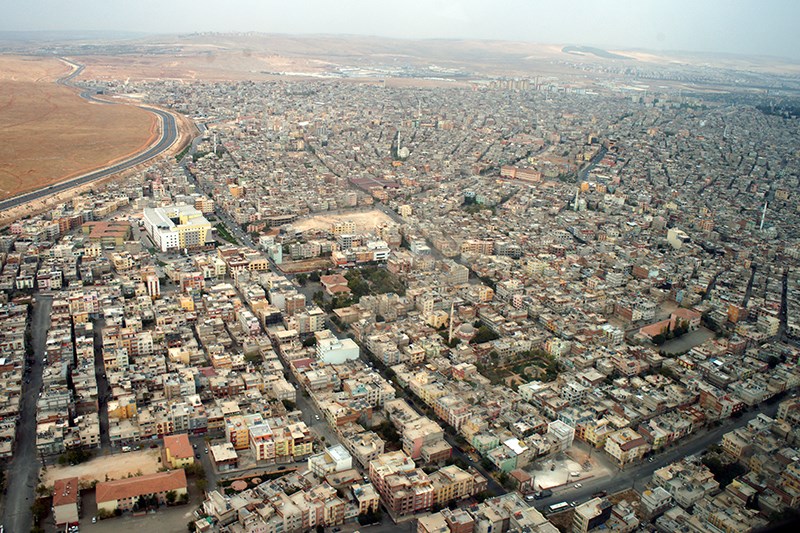
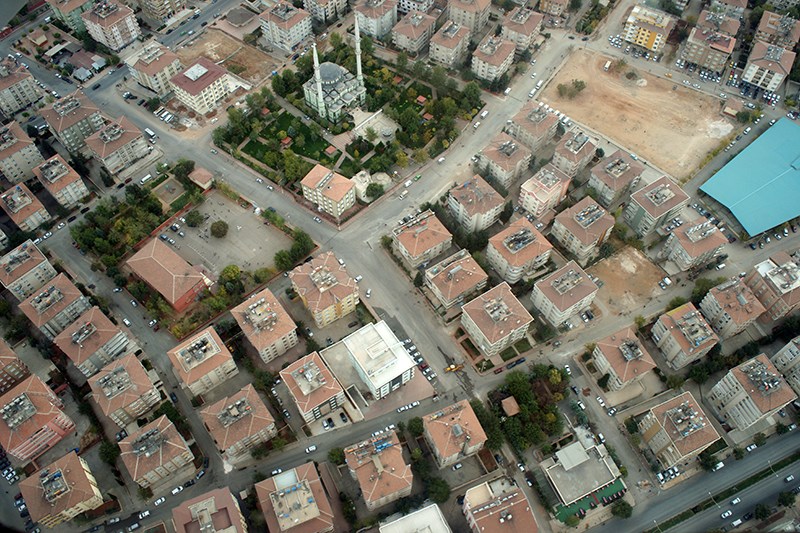
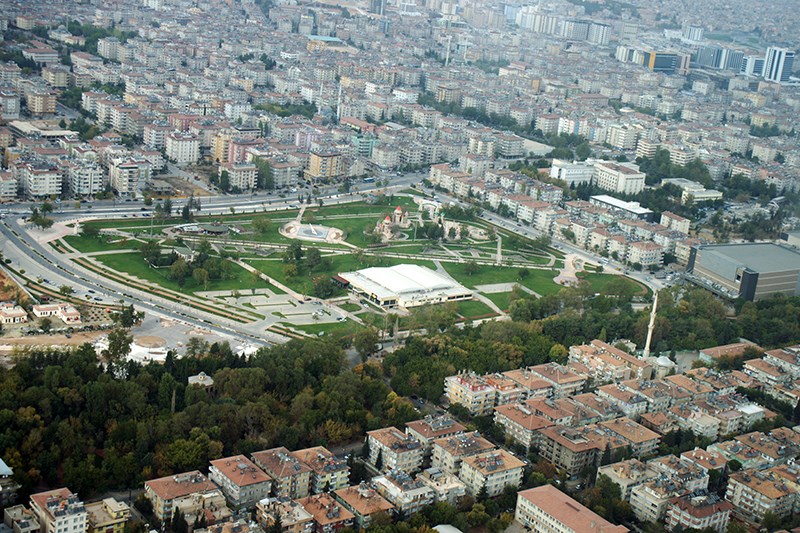
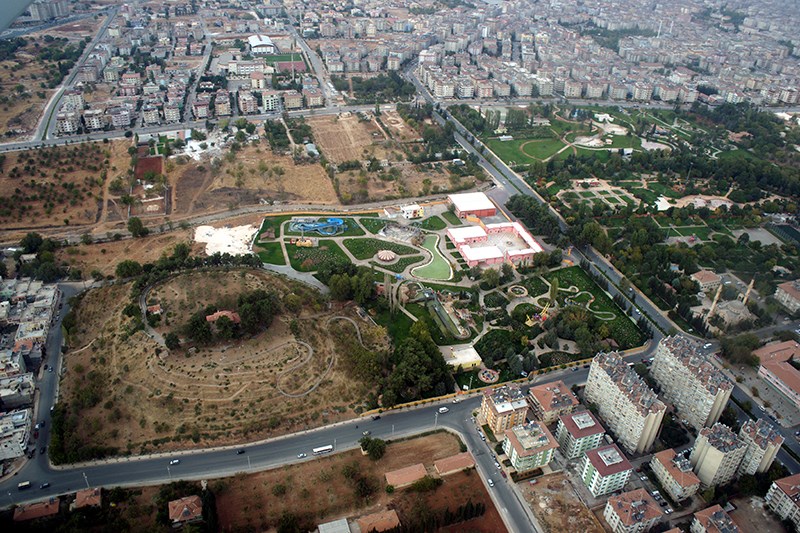

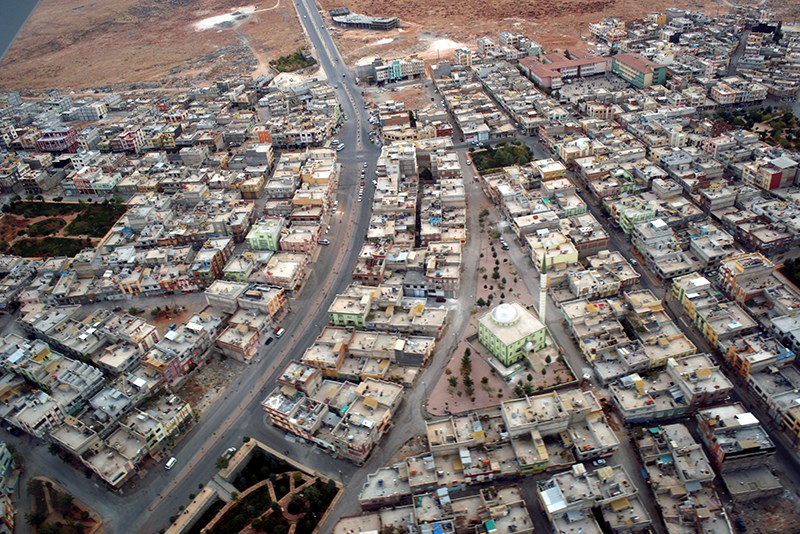
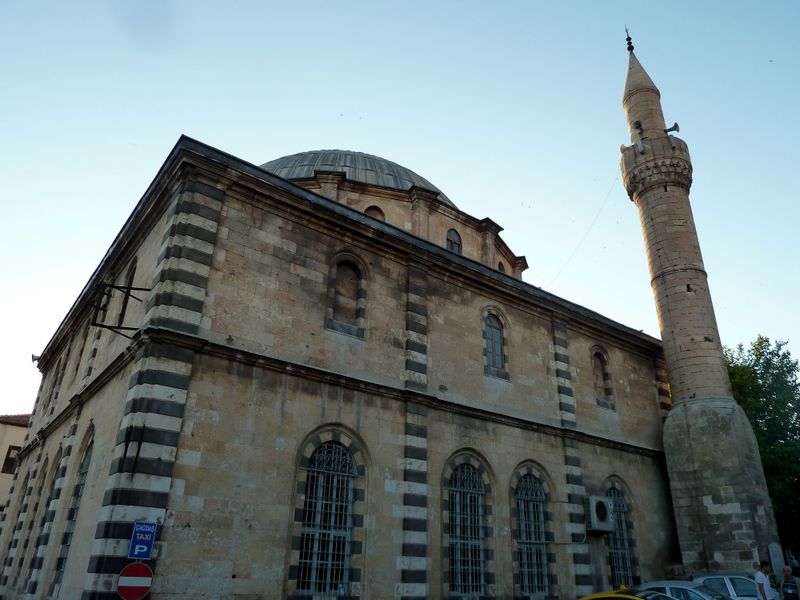
Gaziantep, entre la historia y la gastronomía
Por María José Almirón
Gaziantep es una de las ciudades más importantes de Turquía. Se encuentra en la provincia del mismo nombre y ocupa el sexto lugar en el ranking de las ciudades de mayor tamaño del país.
Conocida como Antep y la “tierra del pistacho” por ser la principal zona de cultivo de pistacho de Turquía, es una de las ciudades más antiguas del mundo.
La historia encuentra sus primeros antecedentes en el año 4000 a. C. y los estudios indican que lo que hoy es Gaziantep fue la ciudad helenística de Antiochia ad Taurum, o Antioquia de los Montes Tauros. La ciudad se encuentra en una de las provincias más ricas del país, una zona agrícola e industrial por excelencia en donde también se desarrollan numerosos viñedos.
Dividida en dos distritos, Şahinbey y Şehitkamil, Gaziantep tiene una población de poco más de 1.237.000 habitantes y es la ciudad más importante del sudeste turco. Si bien siempre ha sido un lugar de interés, en la última década la ciudad se ha desarrollado mucho y hoy es un polo industrial, agrícola y turístico. Gaziantep es un gran imán pues reúne los atractivos históricos con una intensa vida cultural y urbana.
Entre los puntos de interés más importantes se encuentran la fortaleza de Gaziantep y la ciudadela Ravanada. El Museo Arqueológico ocupa un lugar privilegiado pues cuenta con una importante colección del Neolítico, de la época en la que la zona fue habitada por los hititas y del período romano.
Los restos hititas también pueden disfrutarse en la Casa de Hasan Süzer, una residencia que fue restaurada y hoy alberga al Museo Etnografico, el taller de escultura de Yesemek, que fue uno de los primeros del mundo y los sitios arqueológicos de Zeugma y Kargamış, en la cercana ciudad e Nizip. En la zona histórica de la ciudad descansan varias casas de estilo y los museos del vidrio y de la cocina de Gaziantep.
Sin dudas, no hay que abandonar la ciudad sin probar la auténtica cocina de Gaziantep pues la gastronomía local es famosa en Turquía y el mundo. Incluye más de 250 platos que combinan los sabores turcos, kurdos, armenios, sirios y árabes.
http://sobreturquia.com/2011/10/26/gaziantep-entre-la-historia-y-la-gastronomia/

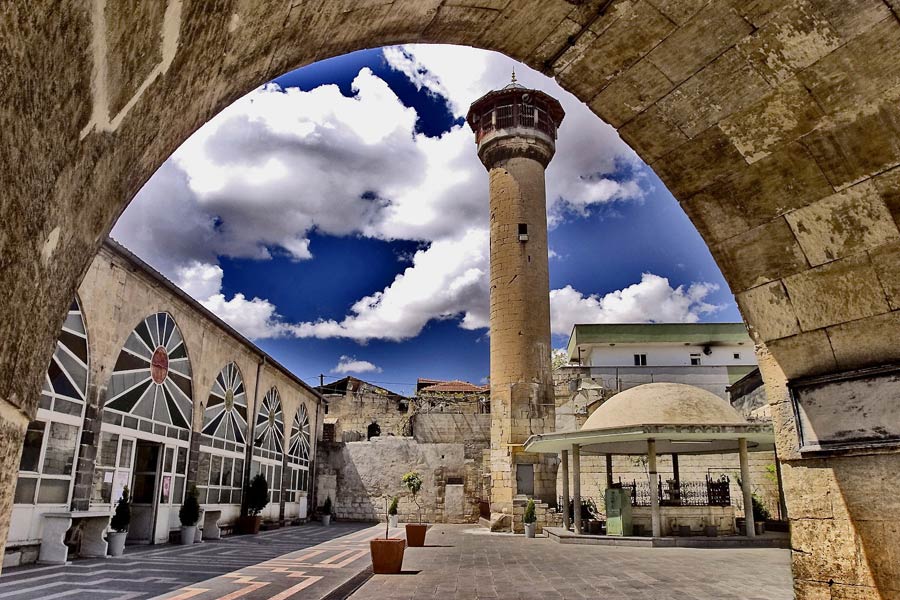
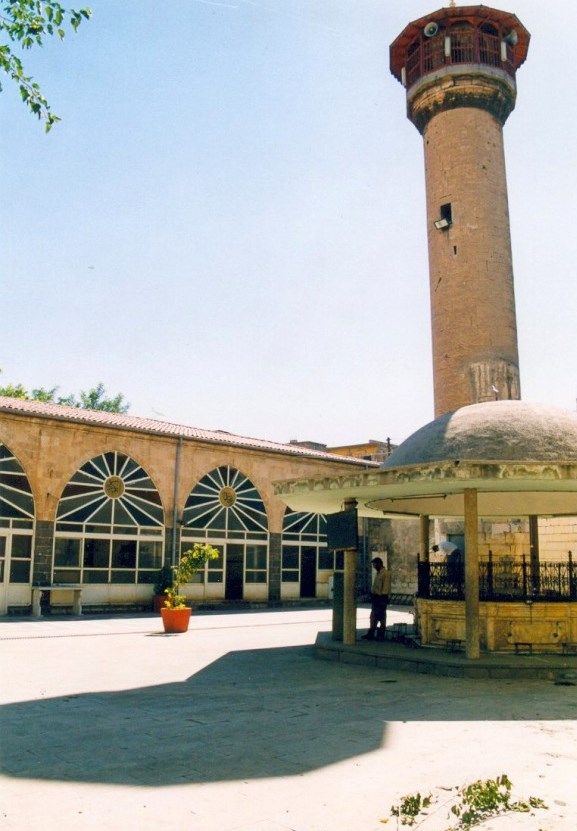
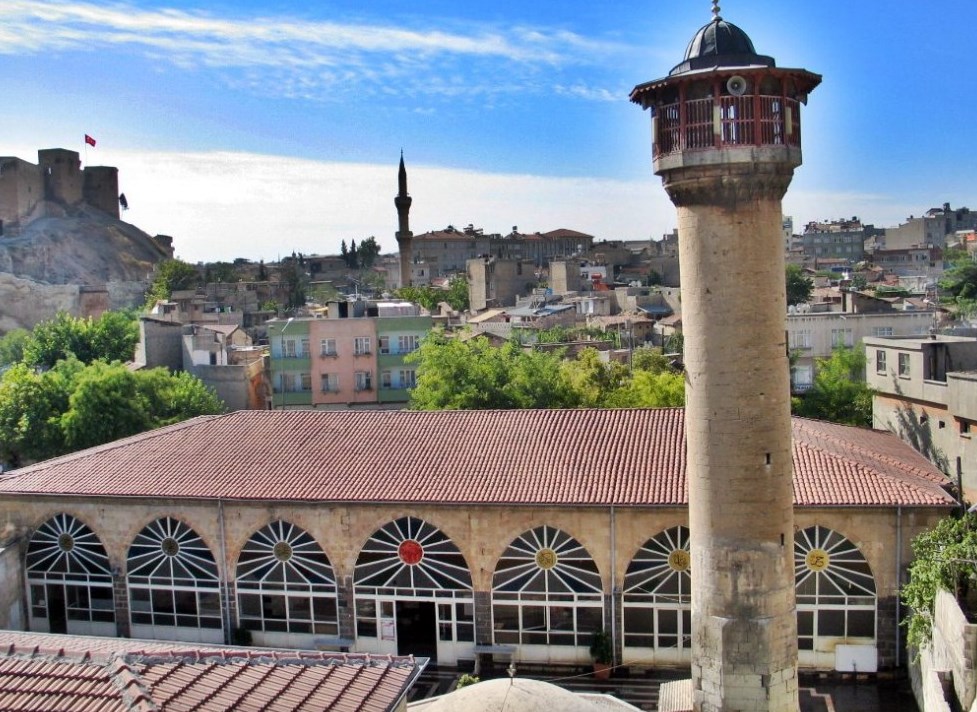
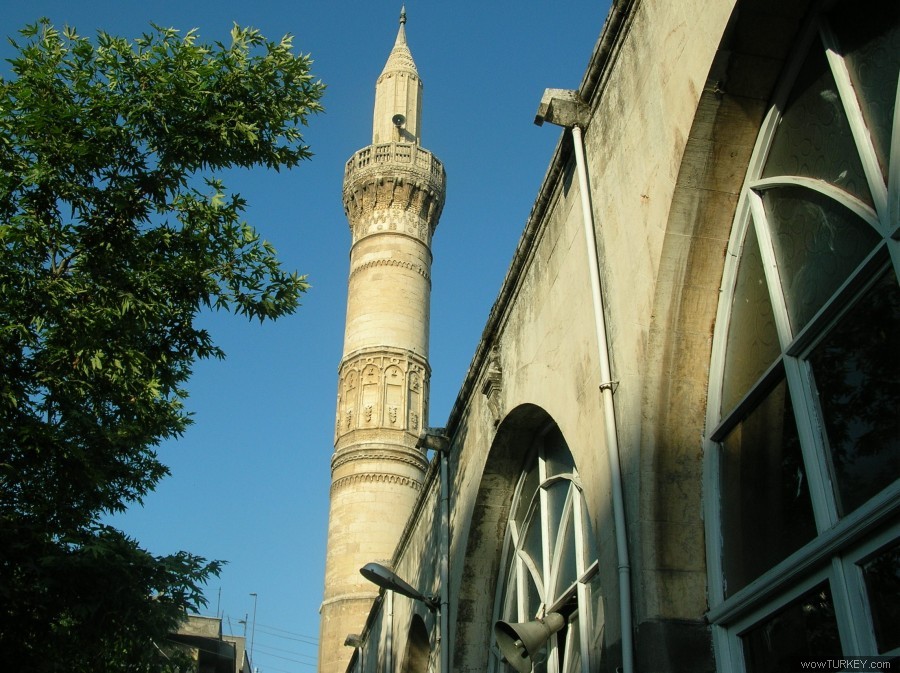
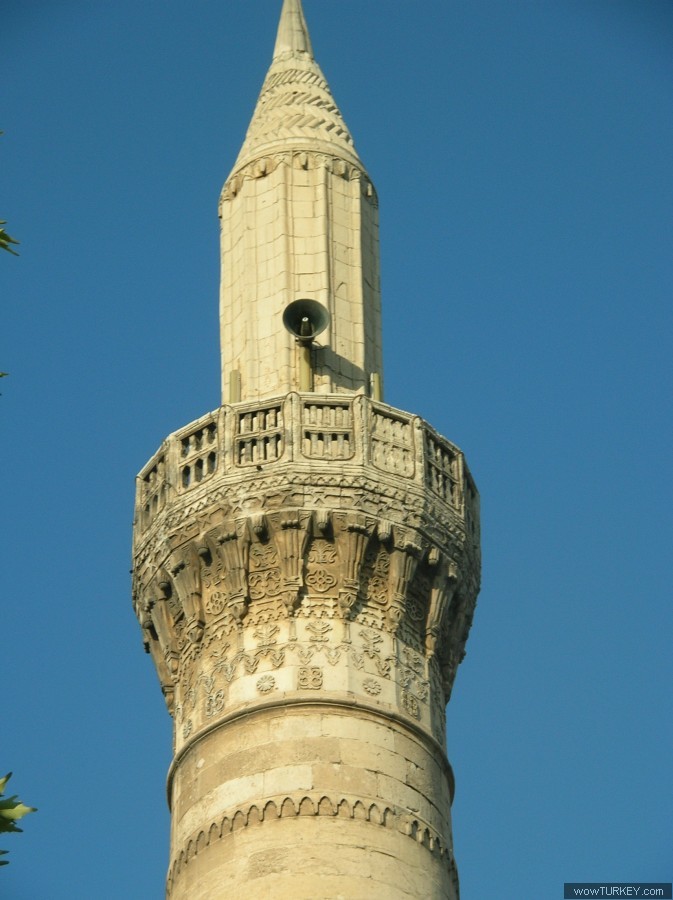
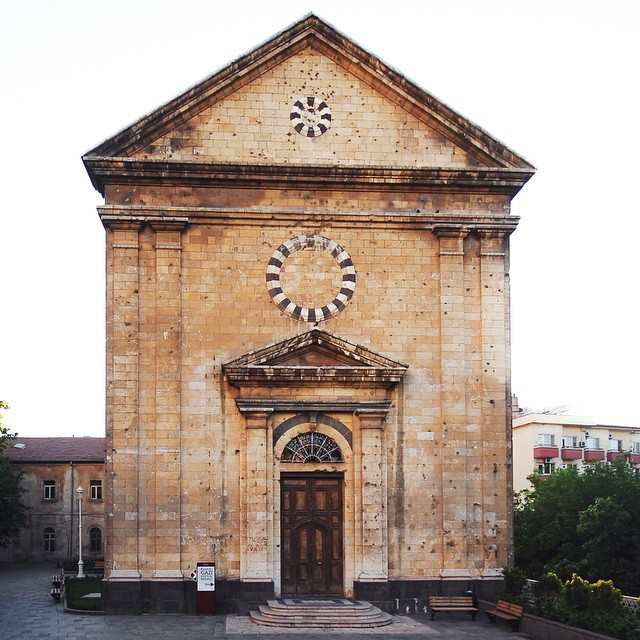
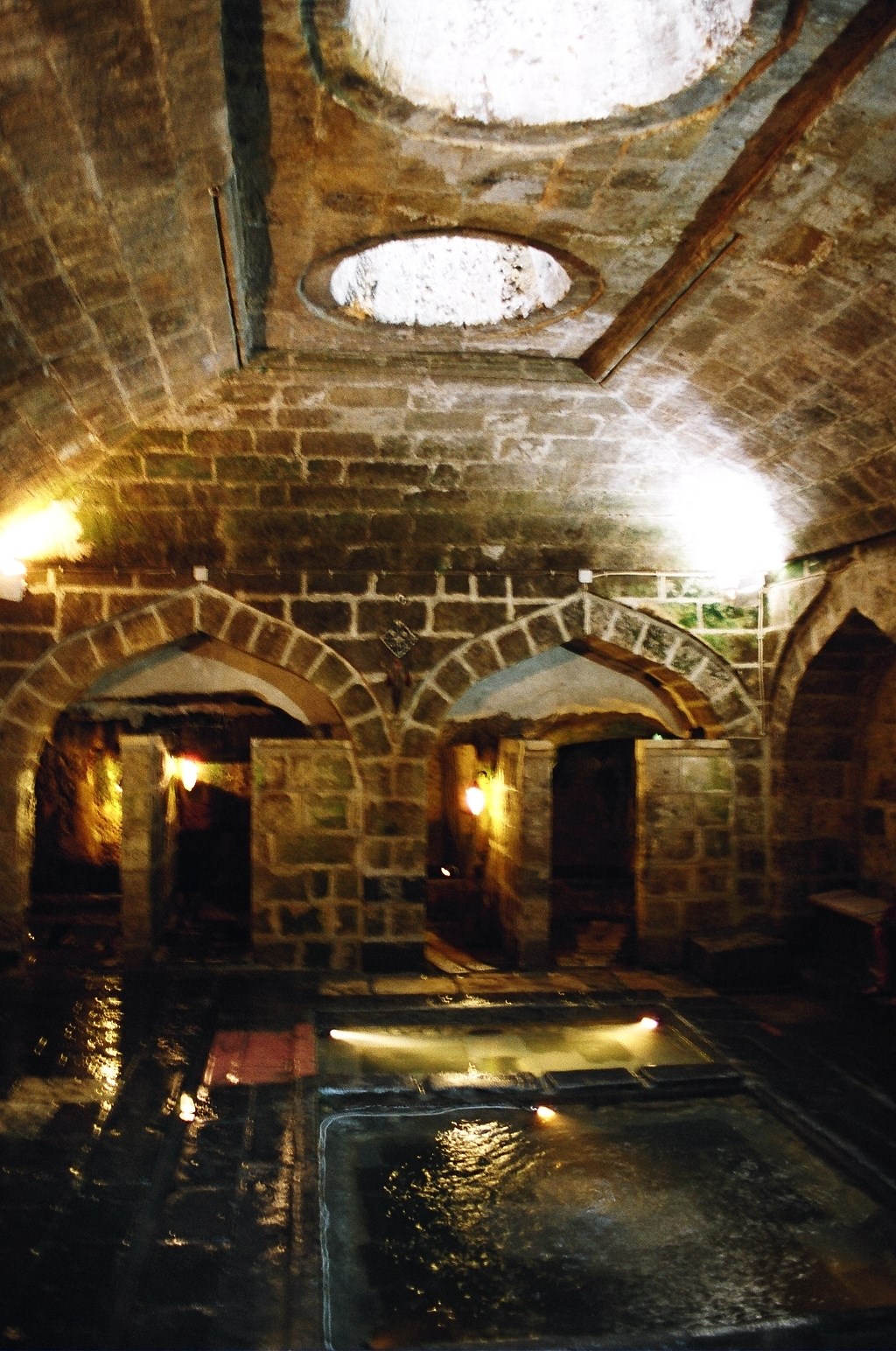
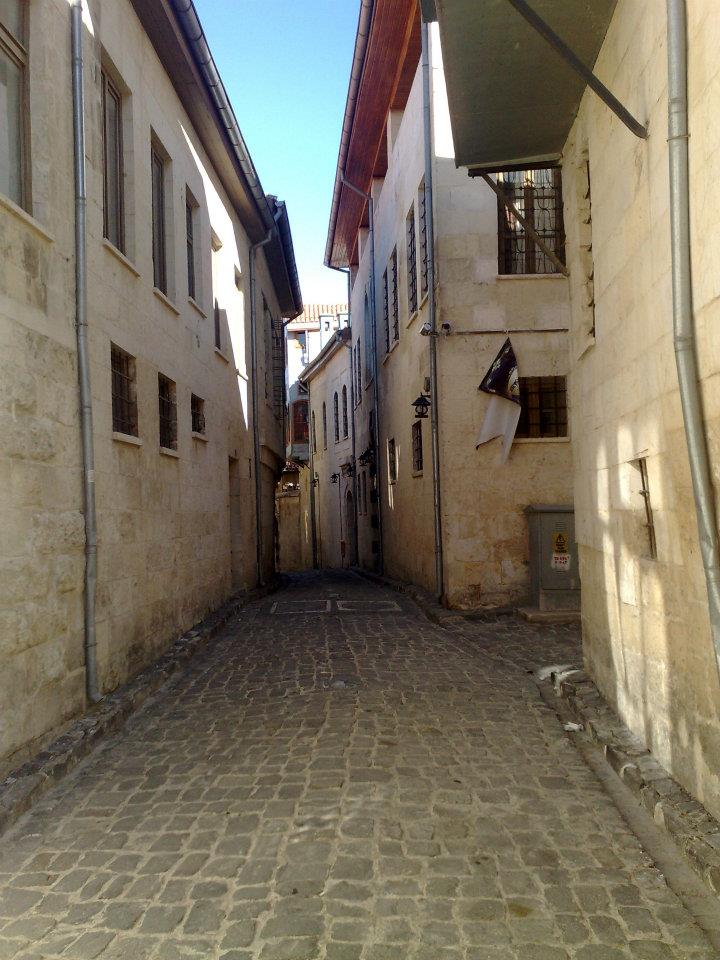
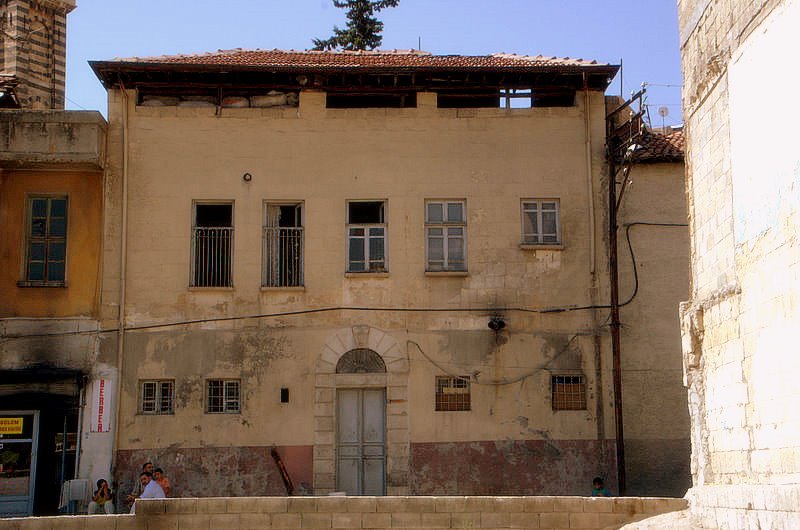
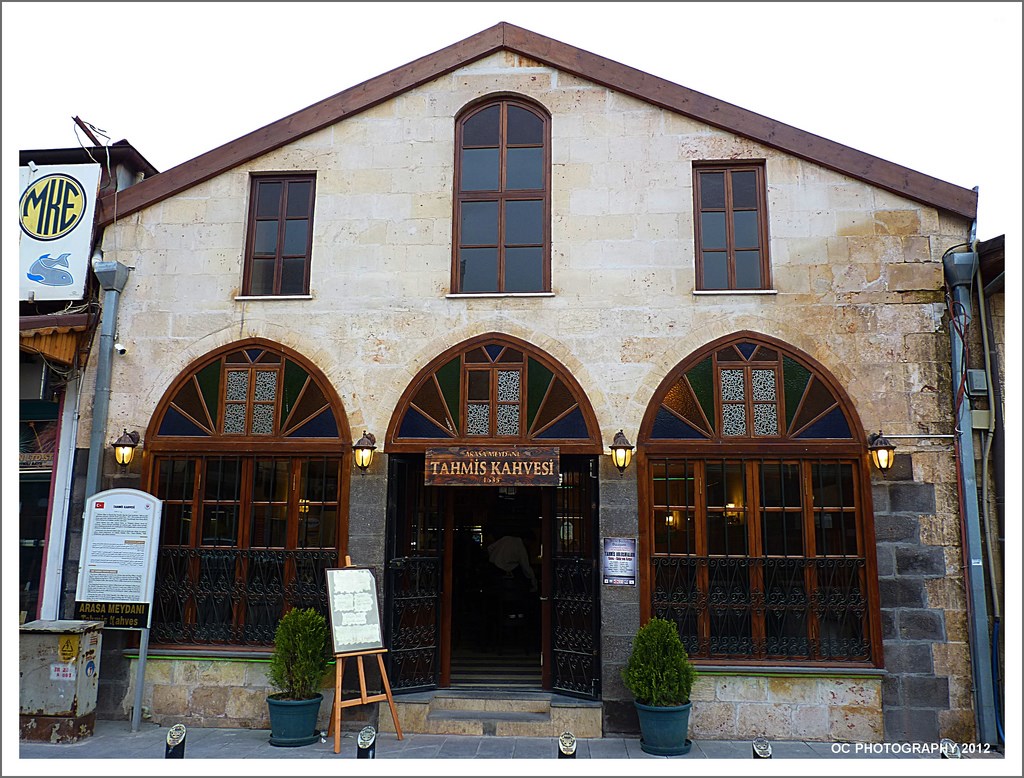
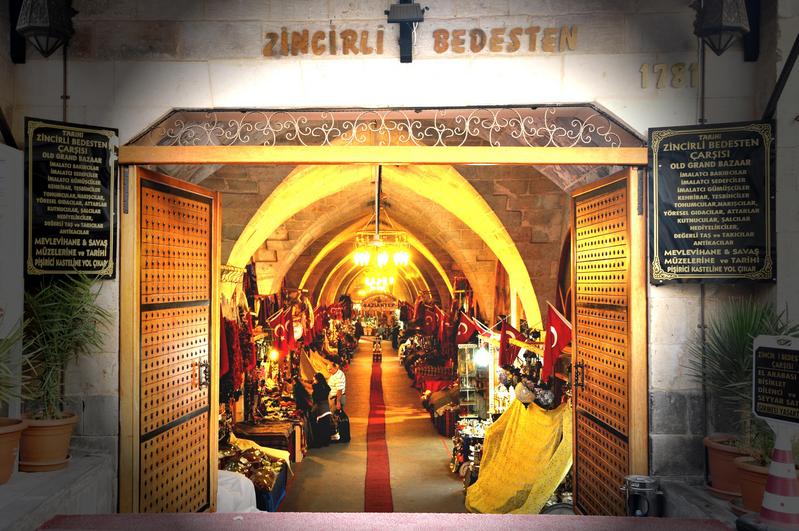
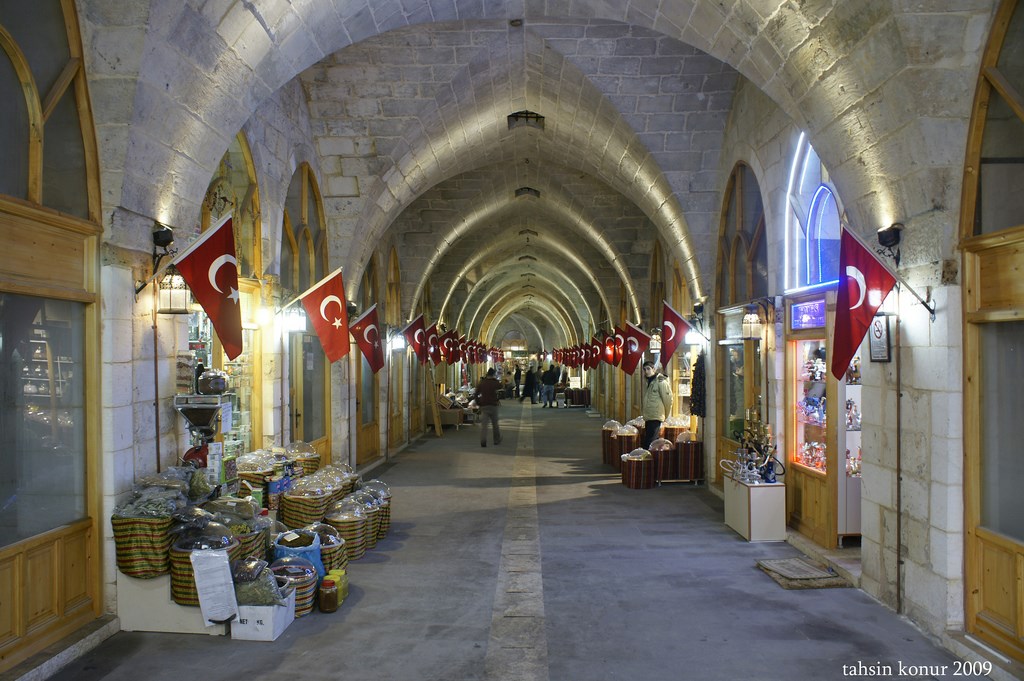
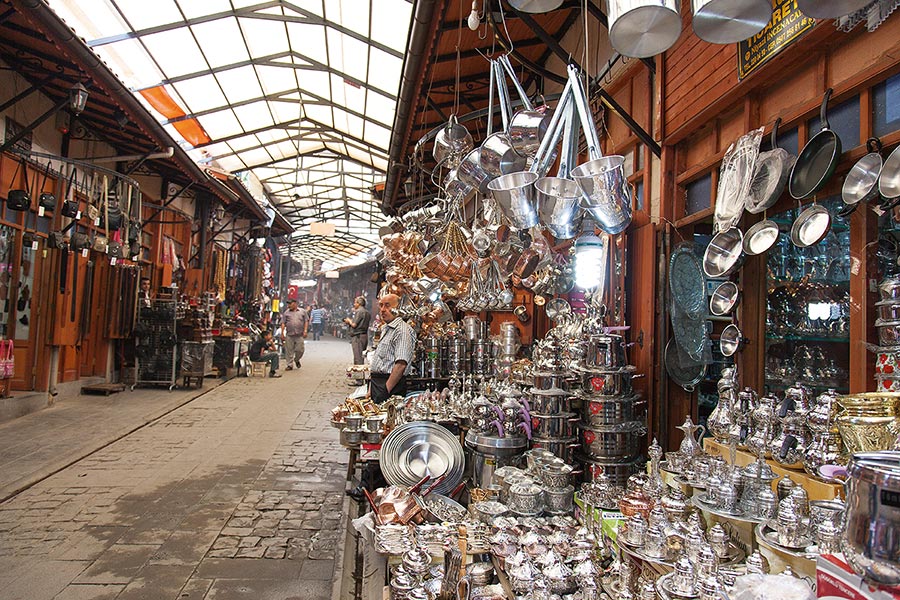
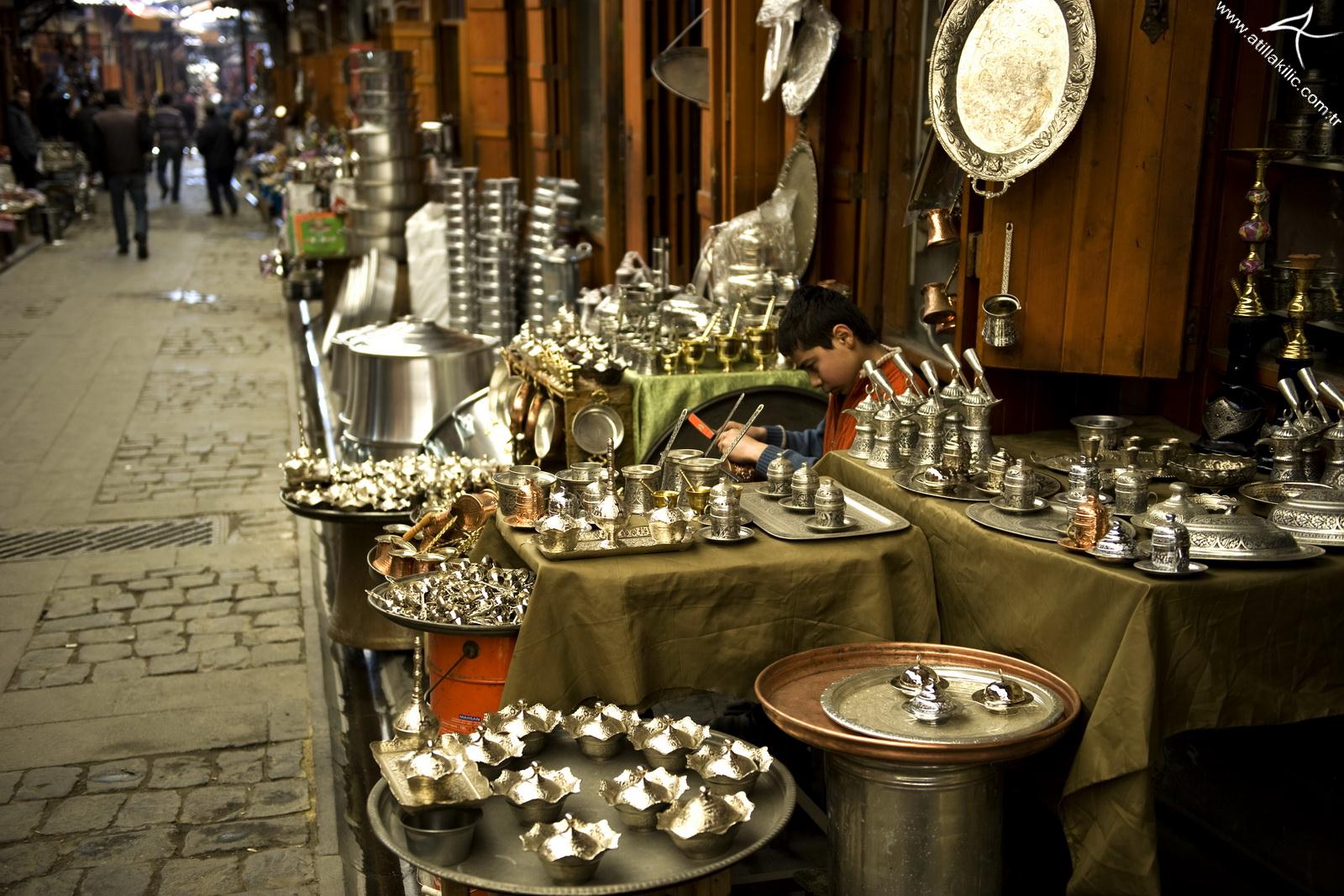
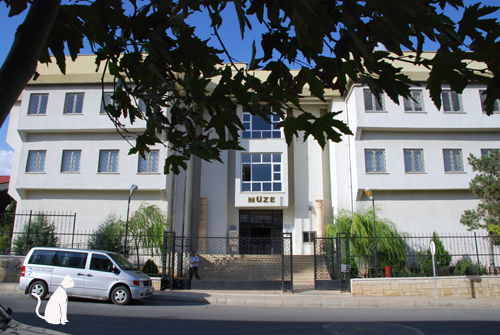
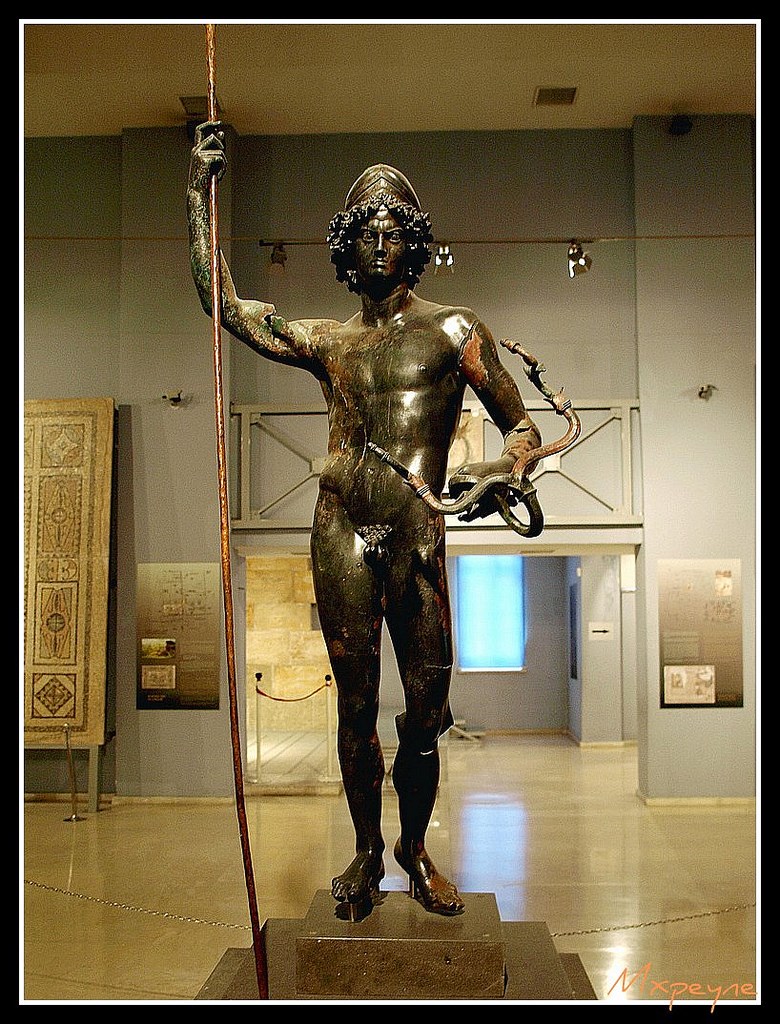
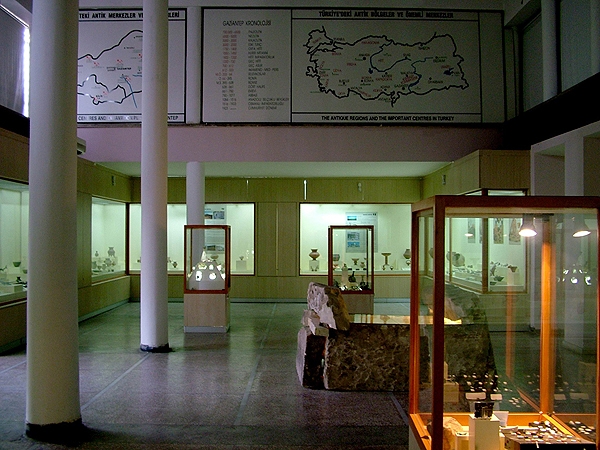
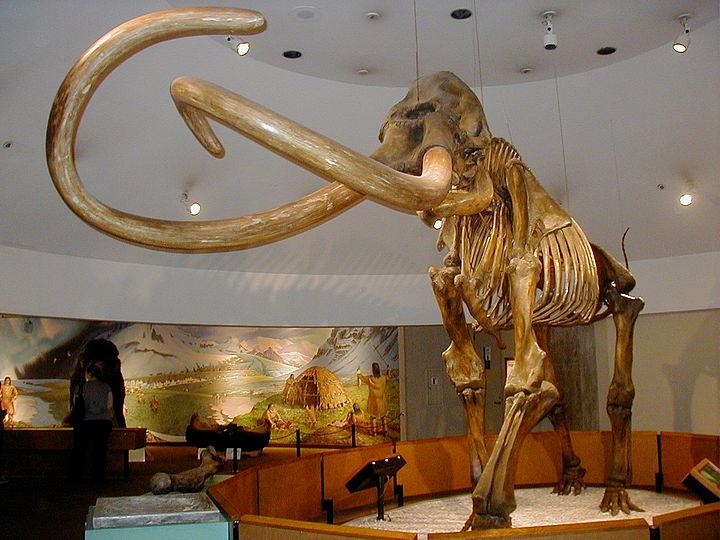
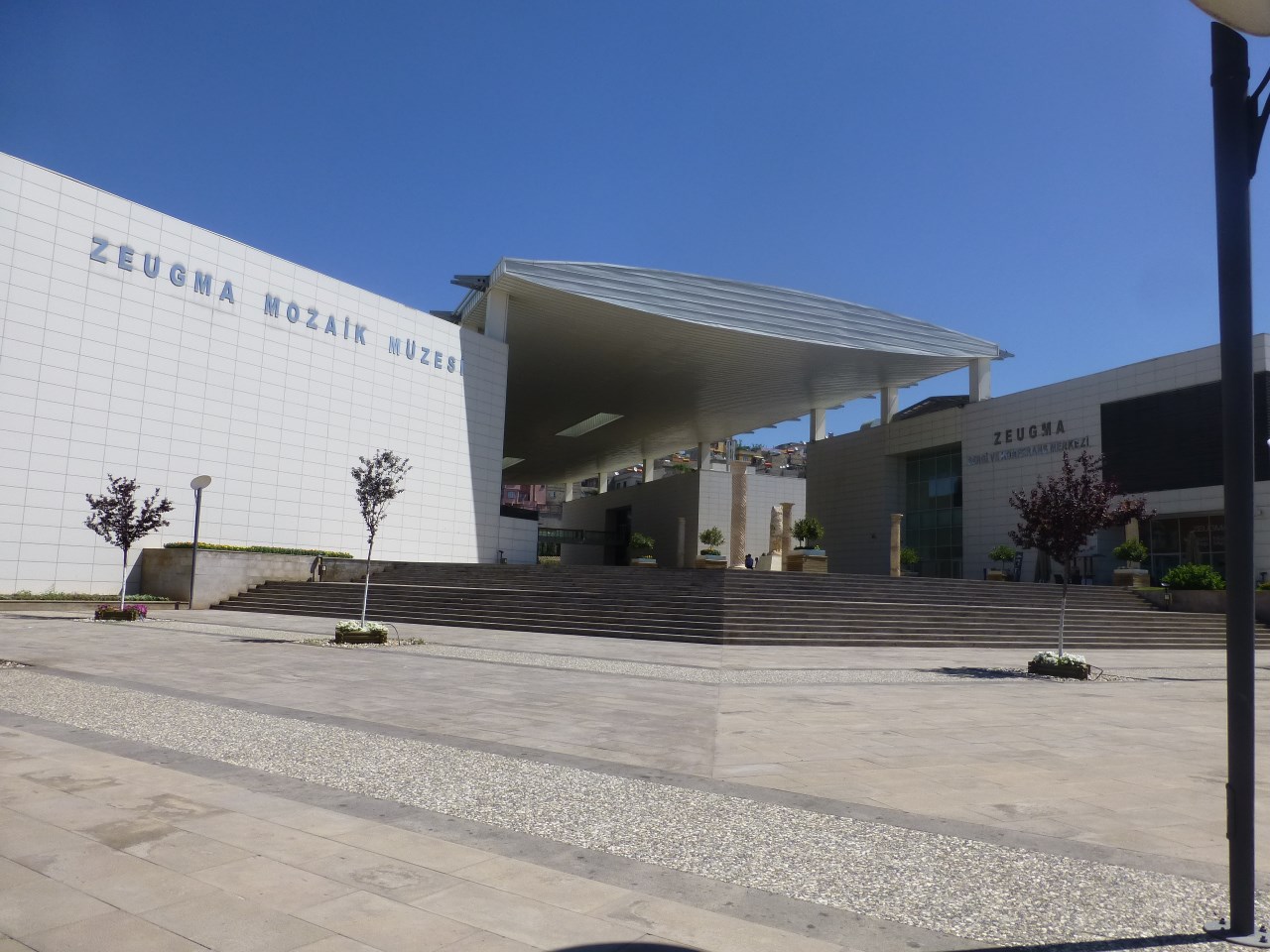
Museo de Mosaicos de Zeugma, símbolo de Gaziantep
Noticias Publicadas 17.11.2014
El museo de mosaicos de Zeugma, el gran museo de mosaicos del mundo, se convirtió en la locomotora de turismo de Gaziantep en poco tiempo
El museo de mosaicos de Zeugma, que se considera el museo de mosaicos más grande del mundo y que se transformó en el símbolo de la provincia de Gaziantep en tres años, llegó a ser la locomotora de turismo en poco tiempo.
Gaziantep, cuya fama llegó al extranjero por su industria y cocina, empezó a sobresalir por su cultura y turismo en los recientes años. Además de un buen número de museos en los centros de la ciudad, llama la atención de los turistas también por sus sitios históricos.
El museo de mosaicos de Zeugma, que fue abierto a la visita hace casi tres años, se encuentra entre los sitios preferidos.
En el museo, que se hizo famoso por el mosaico de la joven gitana, es posible ver también la estatua de bronce de Marte, la pintura al fresco de unos 150 metros cuadrados, las fuentes pertenecientes al período romano y los chalets a la costa del Río Éufrates.
"El museo de mosaicos más grande del mundo" presta servicios en un área de 30 mil metros cuadrados, 25 mil de ellos cubiertos.
Dos tercios de los turistas visitan el museo
El director de Cultura y Turismo de Gaziantep, Ergün Özuslu, afirmó que se observa un alza en el número de turistas que llegan a la ciudad en los recientes años.
Enfatizó que la ciudad se destaca también por su cultura y turismo además de su industria y comercio. El número de turistas nacionales llegó a 300 mil 273 y el de internacionales, 129 mil 91 en el período enero-octubre.
Resaltó que el número total de los turistas fue de 319 mil el año pasado. Recordó que el museo empezó a prestar servicios el 9 de septiembre de 2011 y agregó que desde aquella fecha 600 mil 874 mil personas visitaron el museo.
"El museo contribuye en gran medida a la presentación de la ciudad", dijo.


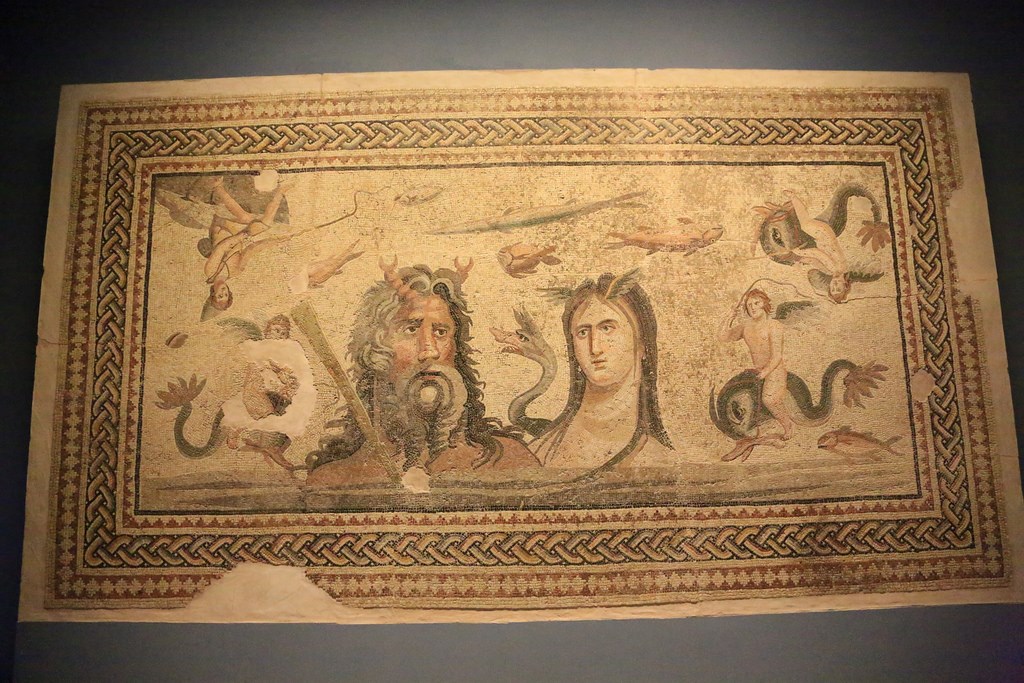
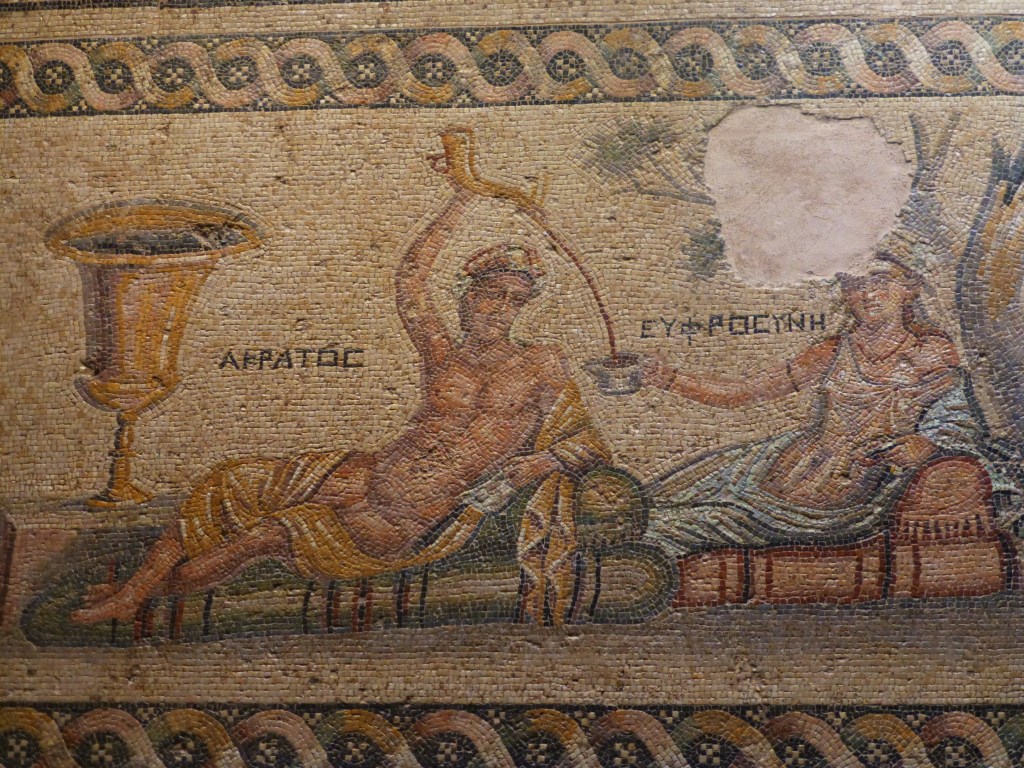
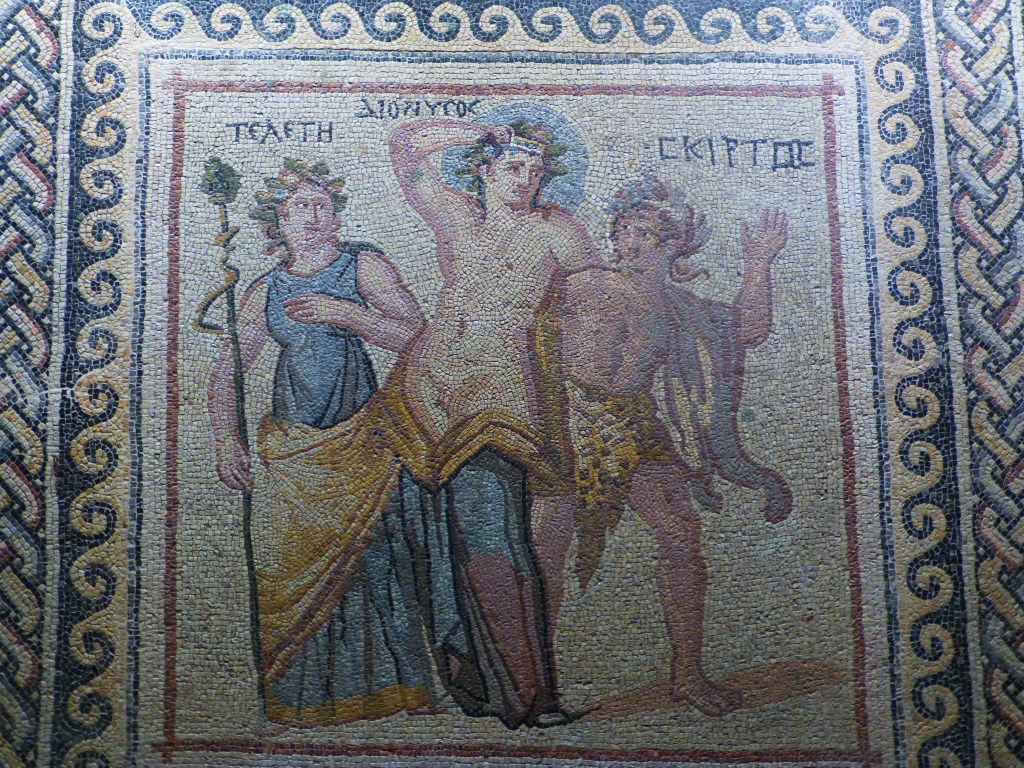
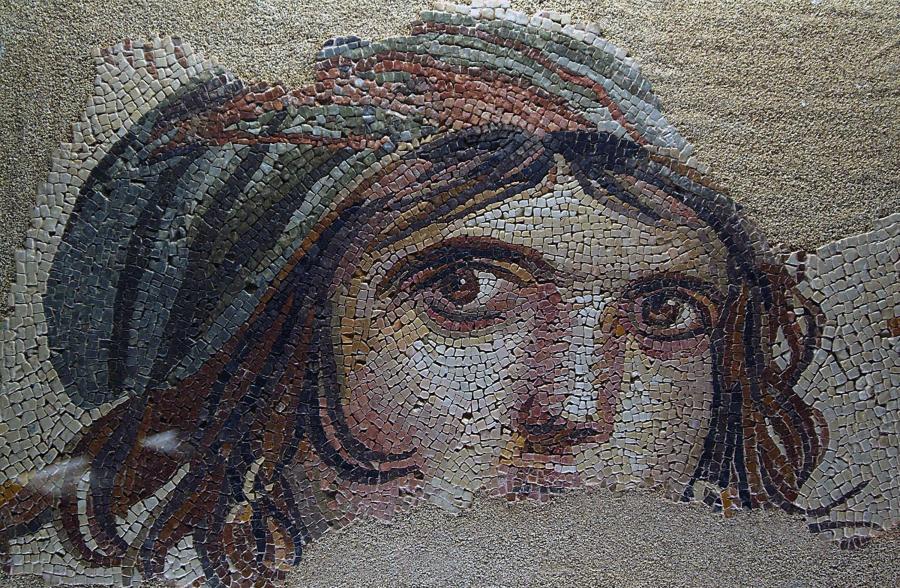
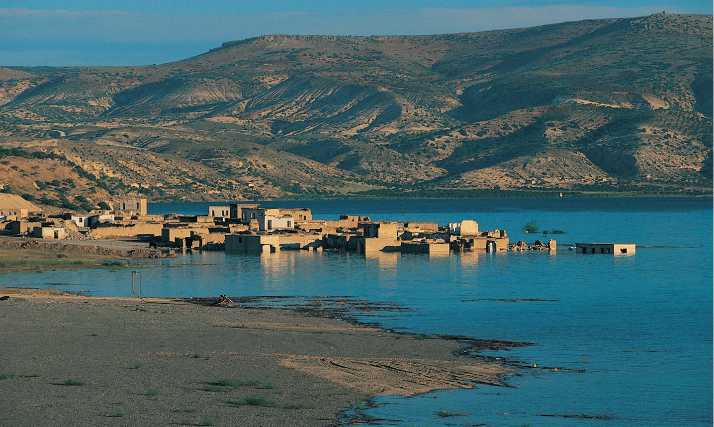
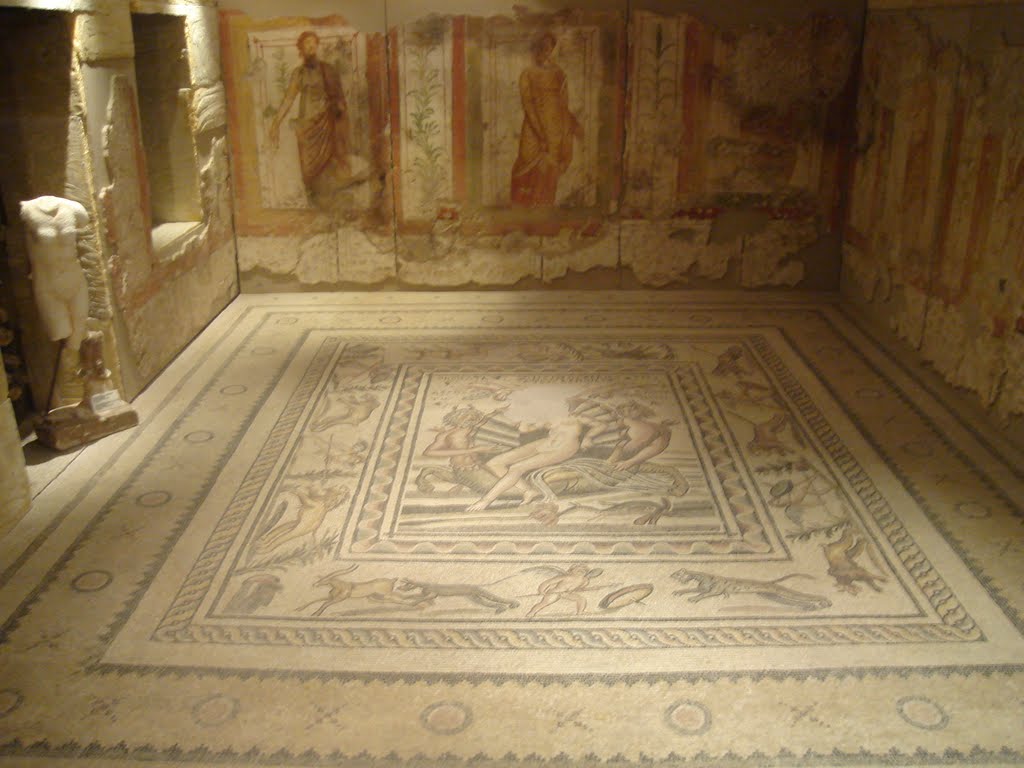
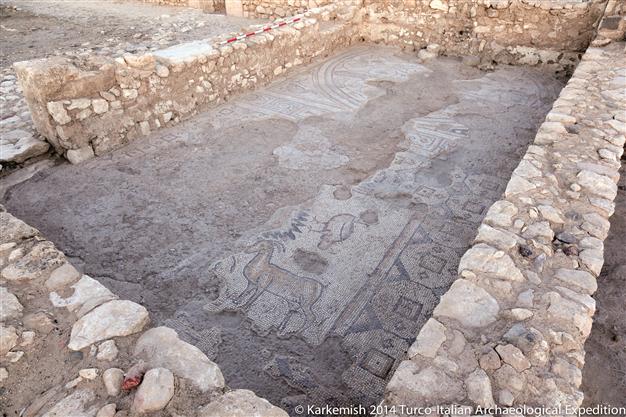
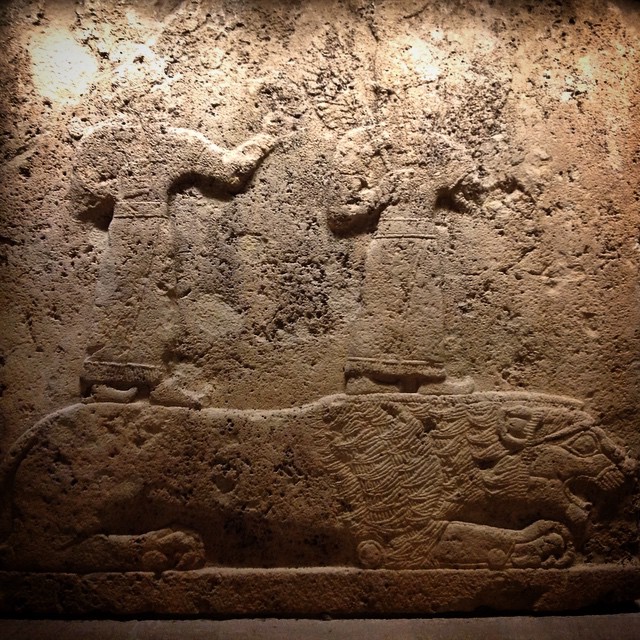
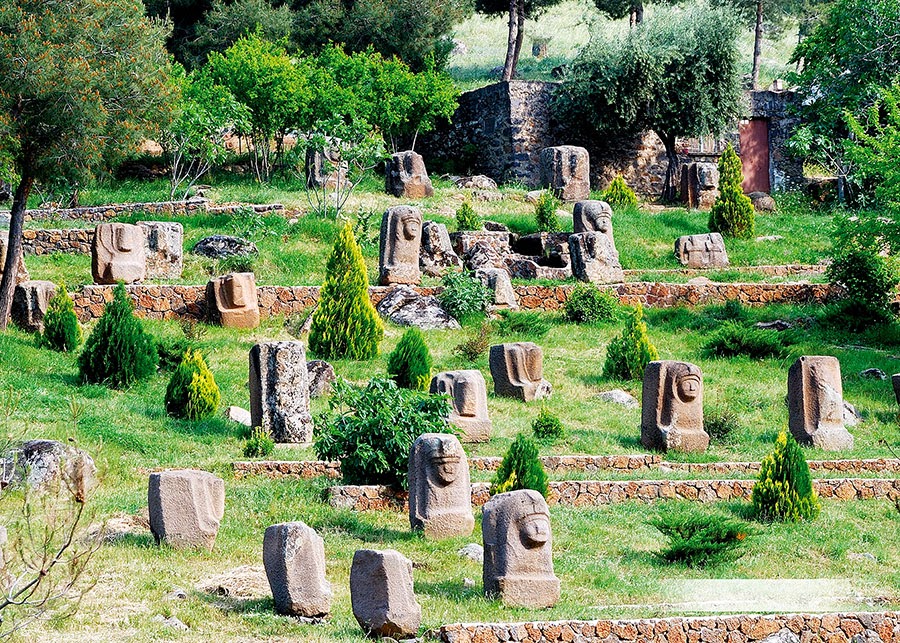
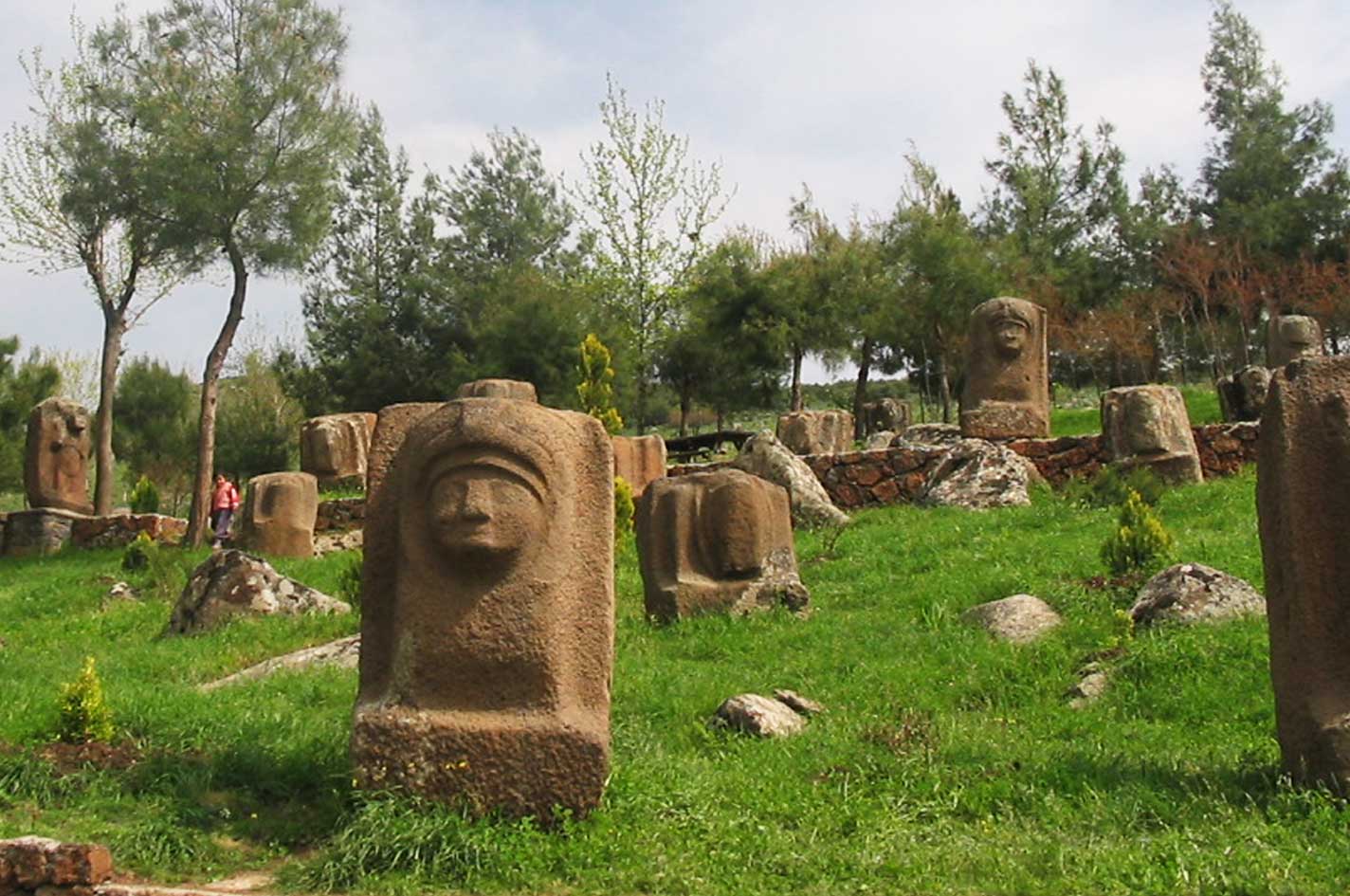
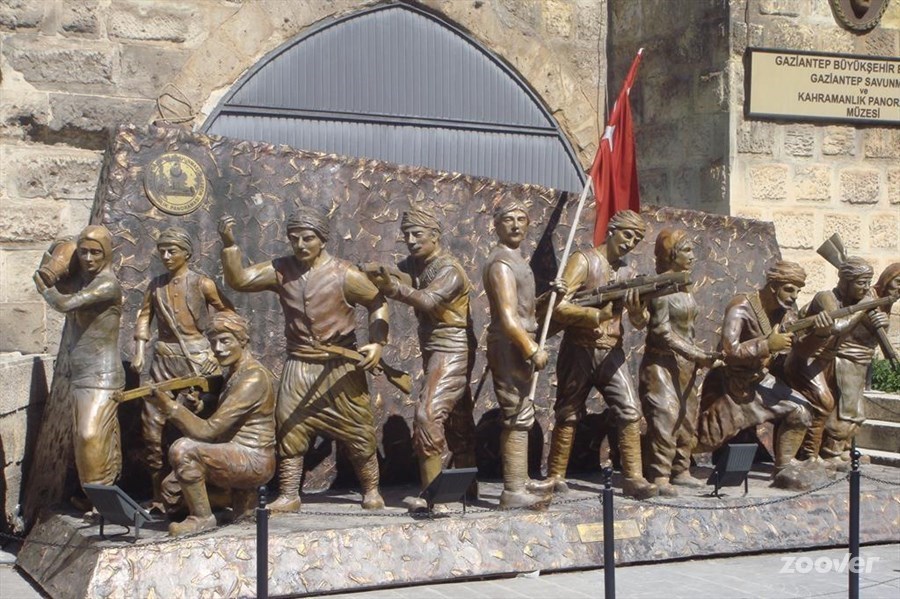
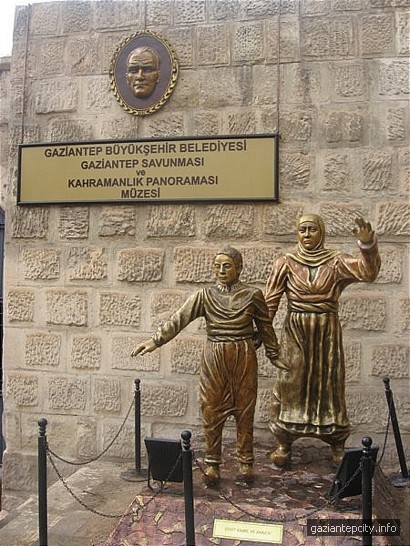
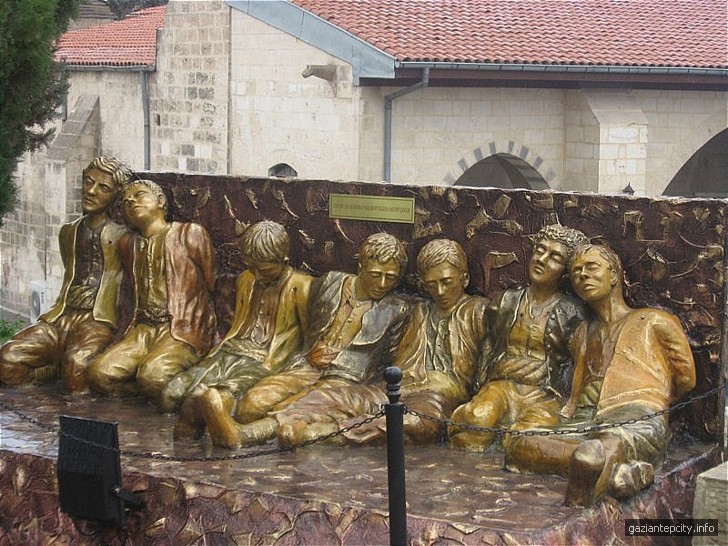
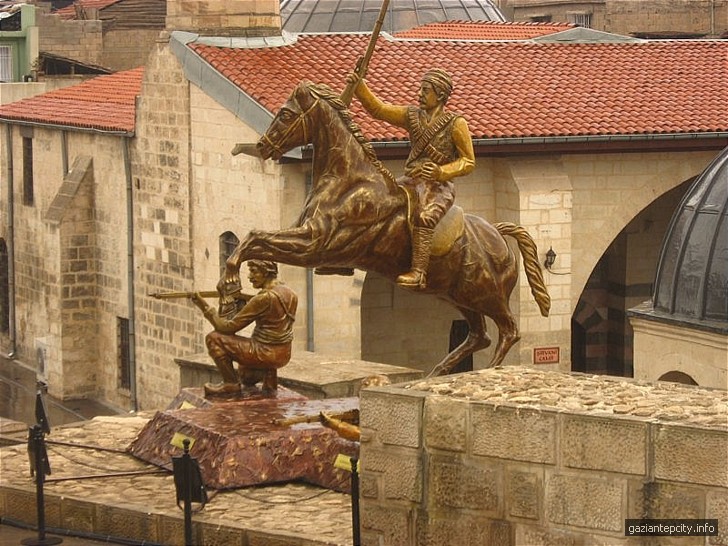
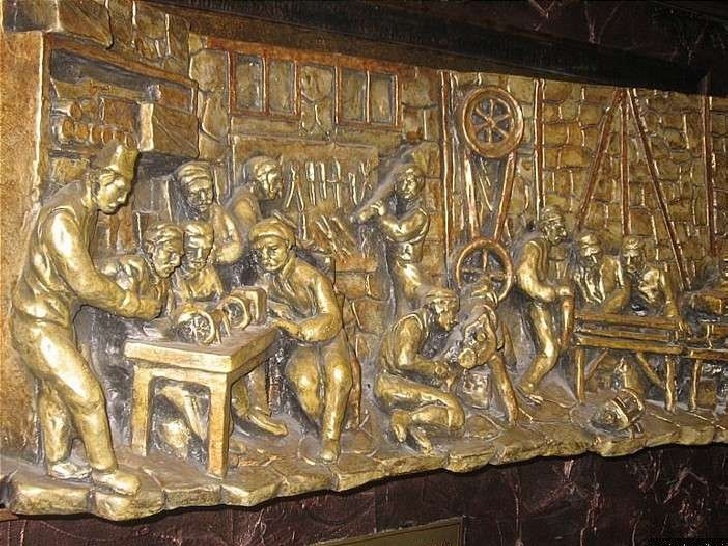
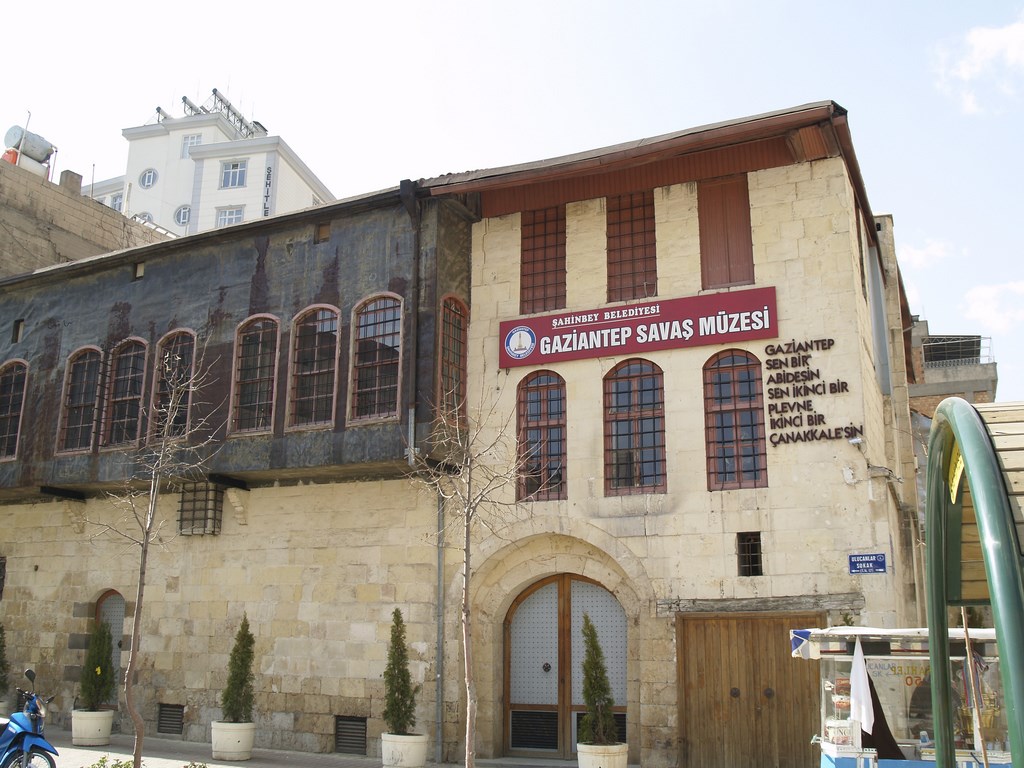
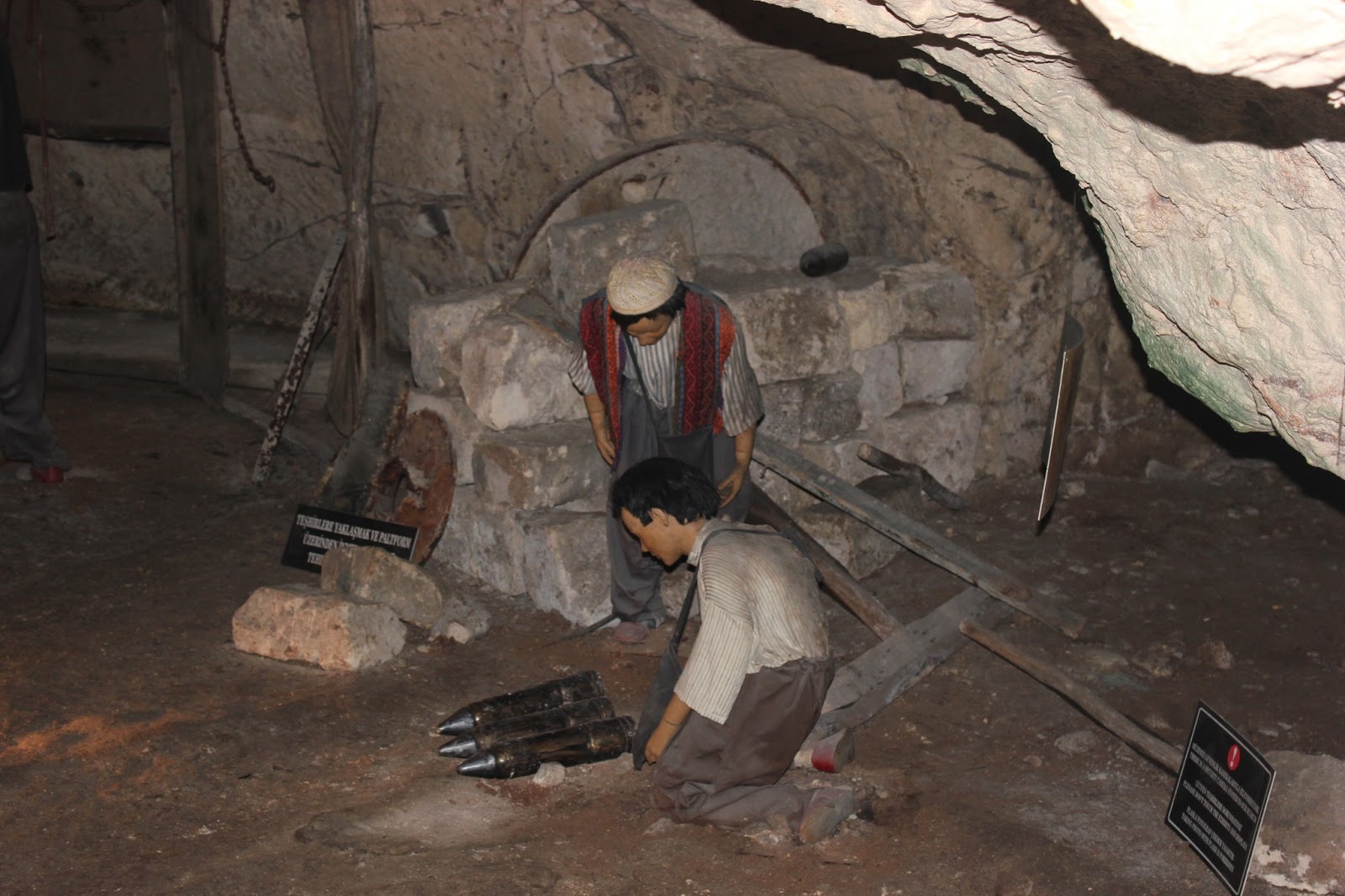
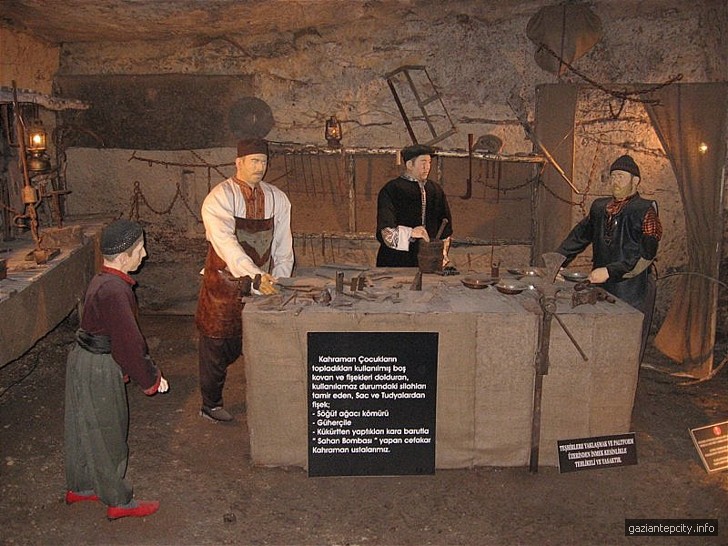
Ciudad antigua de Karkamış en Gaziantep se abre al turismo
Noticias Publicadas 05.06.2014
Se planea que la ciudad antigua de Karkamış se abra al turismo como arqueoparque en octubre
La ciudad antigua de Karkamış donde se suscribió el Tratado de Kadesh entre los hititas y egipcios en el siglo XII a.C, el primer tratado escrito del mundo, se abre al turismo como arqueoparque.
Karkamış, que está ubicada en el punto cero de la frontera con Siria en la provincia sudeste de Gaziantep, ya será el nuevo foco de turismo en la región.
No se ha pisado desde hace largos años la ciudad antigua, que acogió varias civilizaciones a lo largo de la historia, por estar situada en el campo minado en la frontera con Siria.
Tras la erradicación de 1200 minas, un equipo italiano puso en marcha en 2010 las labores de excavación en las que se han hallado diversos restos además de bajorrelieves militares, religiosos y administrativos que se remontan a los años 3 mil a.C.
Se planea que la ciudad antigua de Karkamış se abra al turismo como arqueoparque en el mes de octubre.
Se espera que la inauguración de la ciudad antigua, que cubre un área de 55 hectáreas, contribuya al turismo en la región.
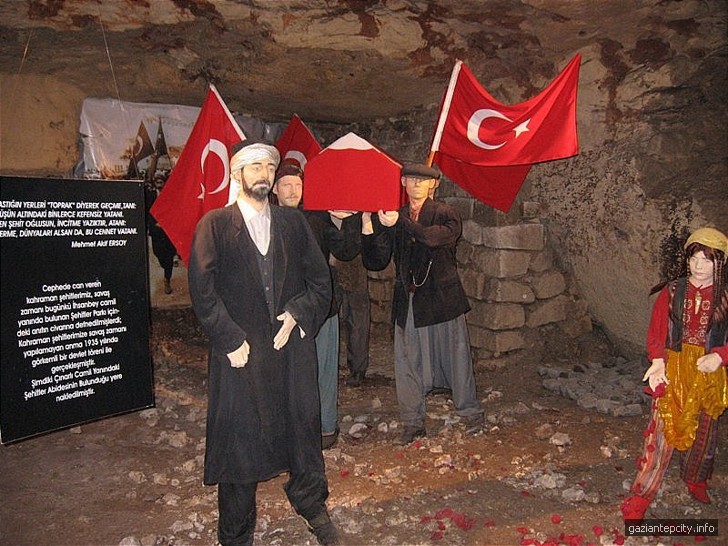
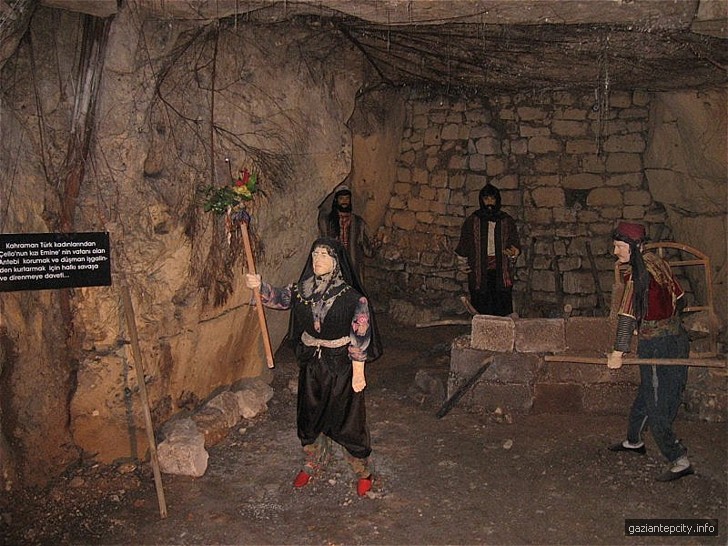
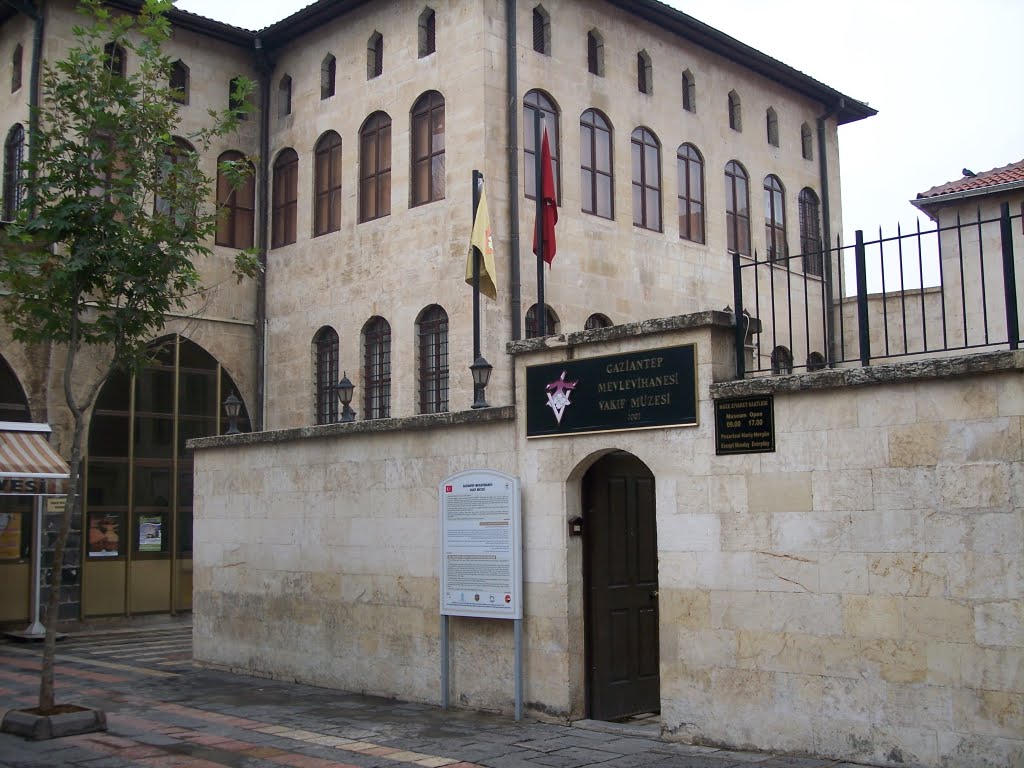
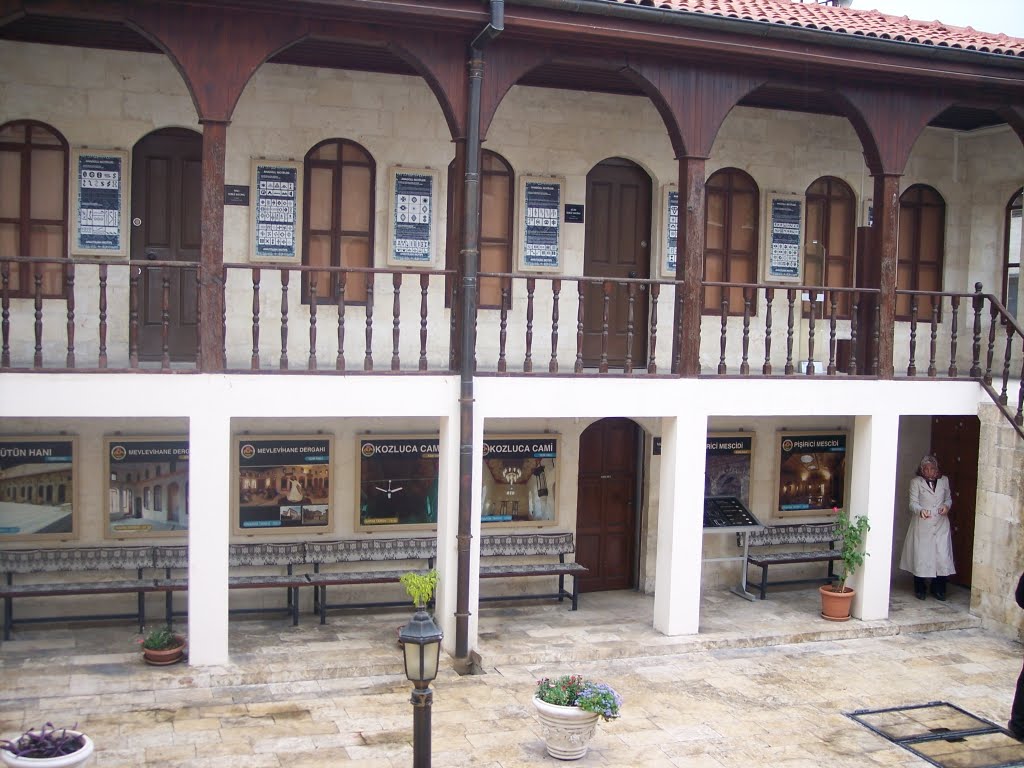
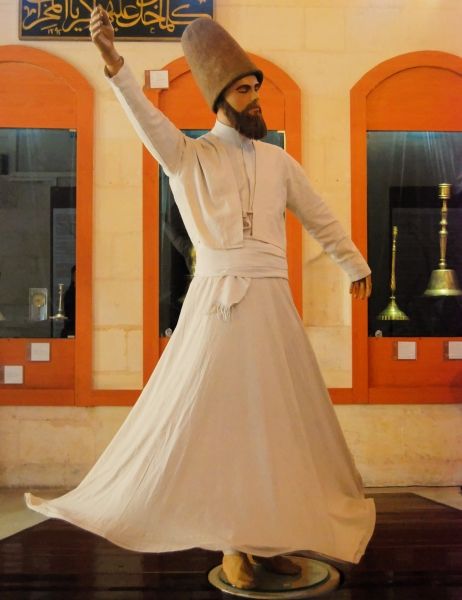

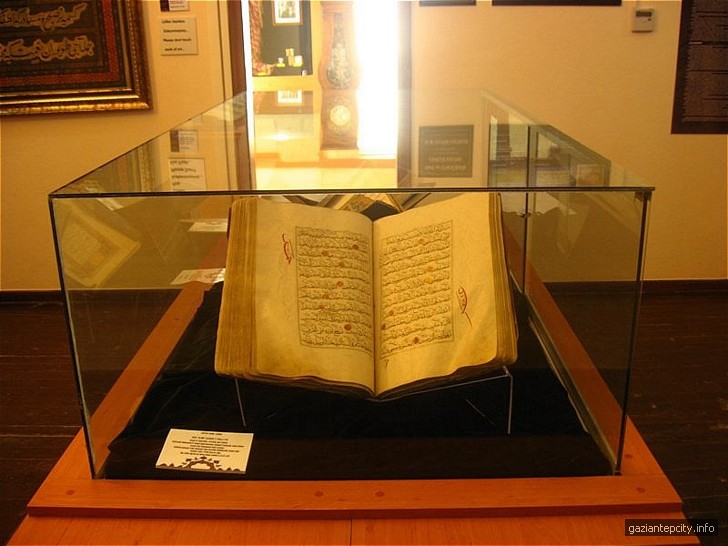
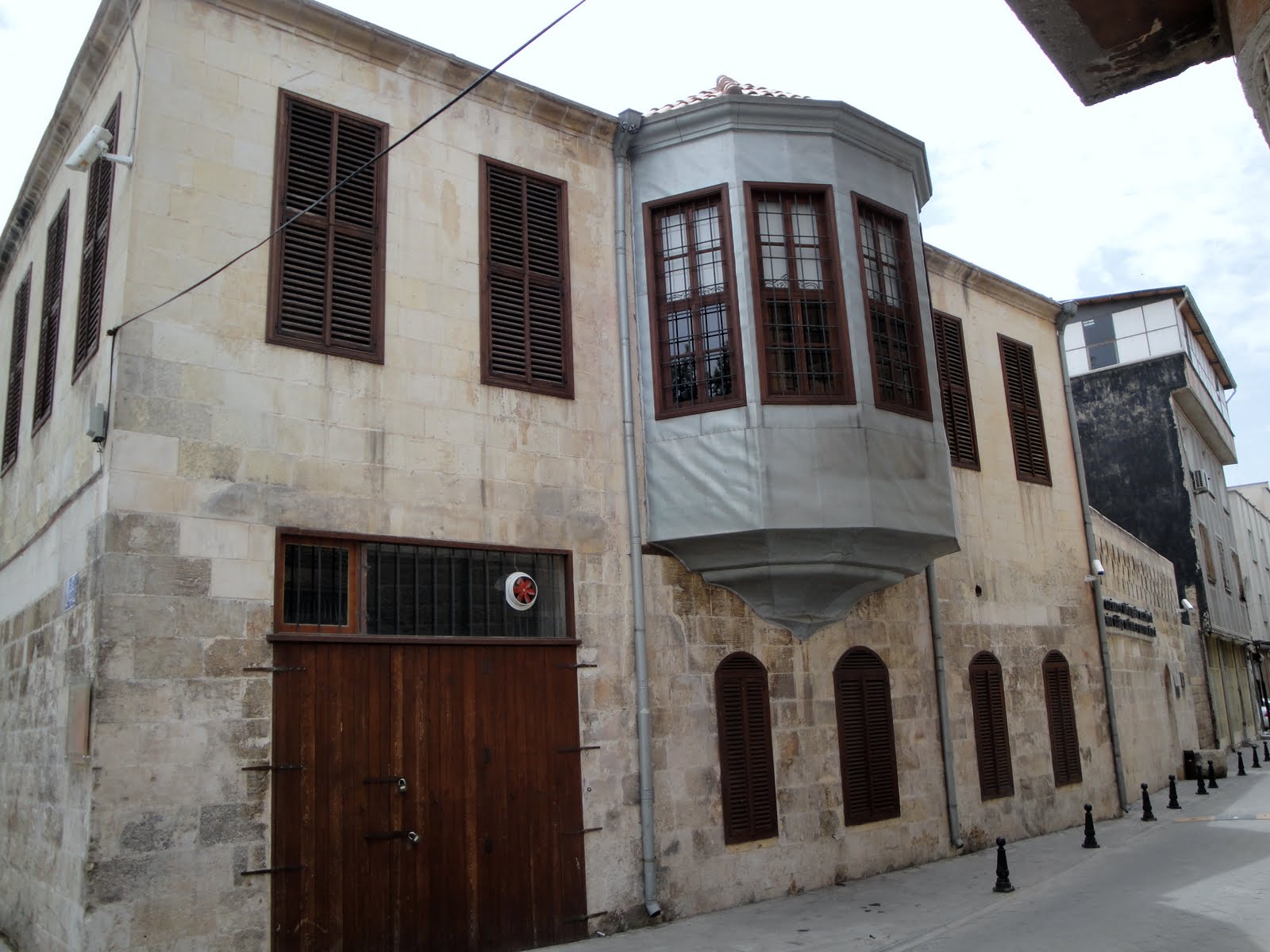
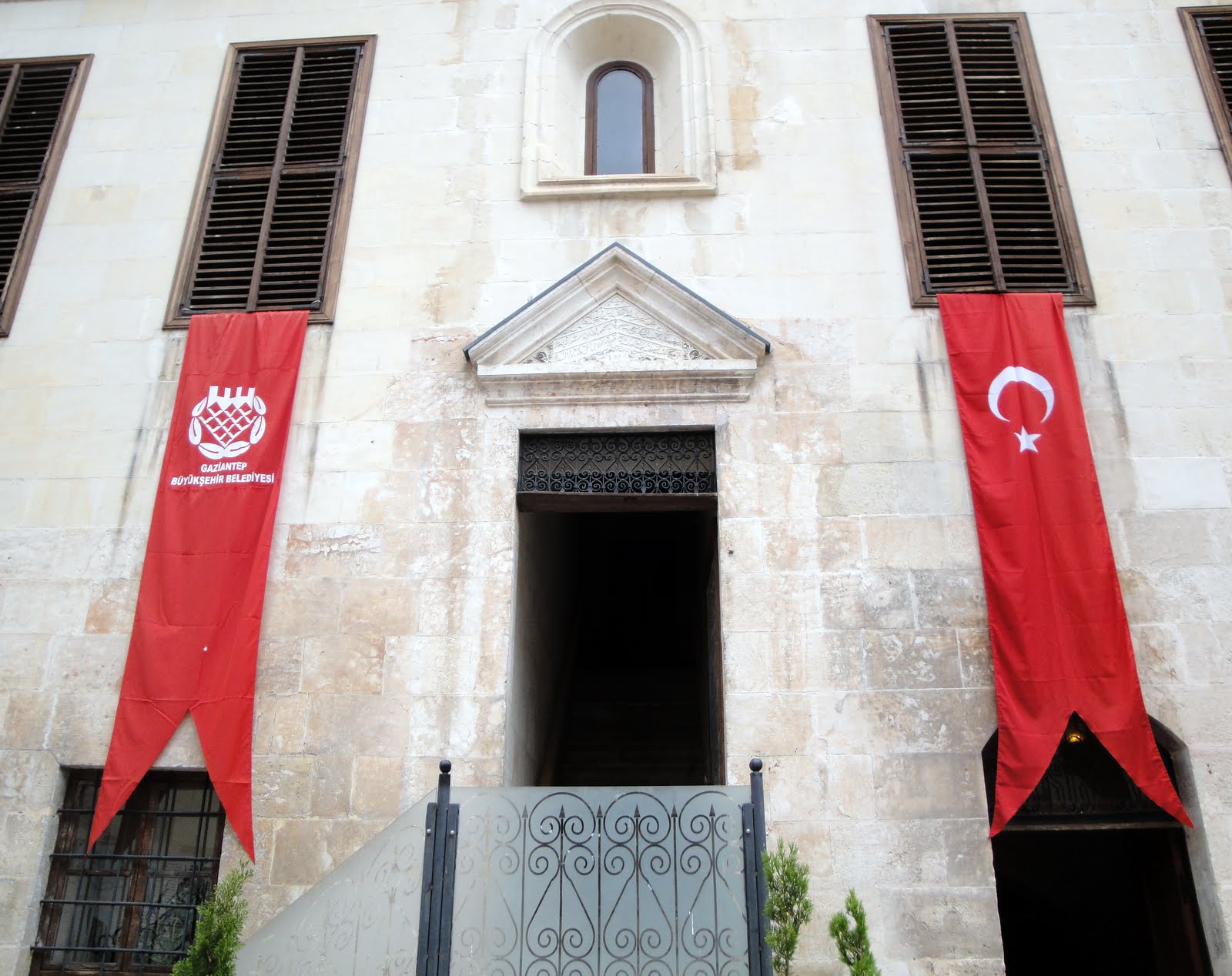
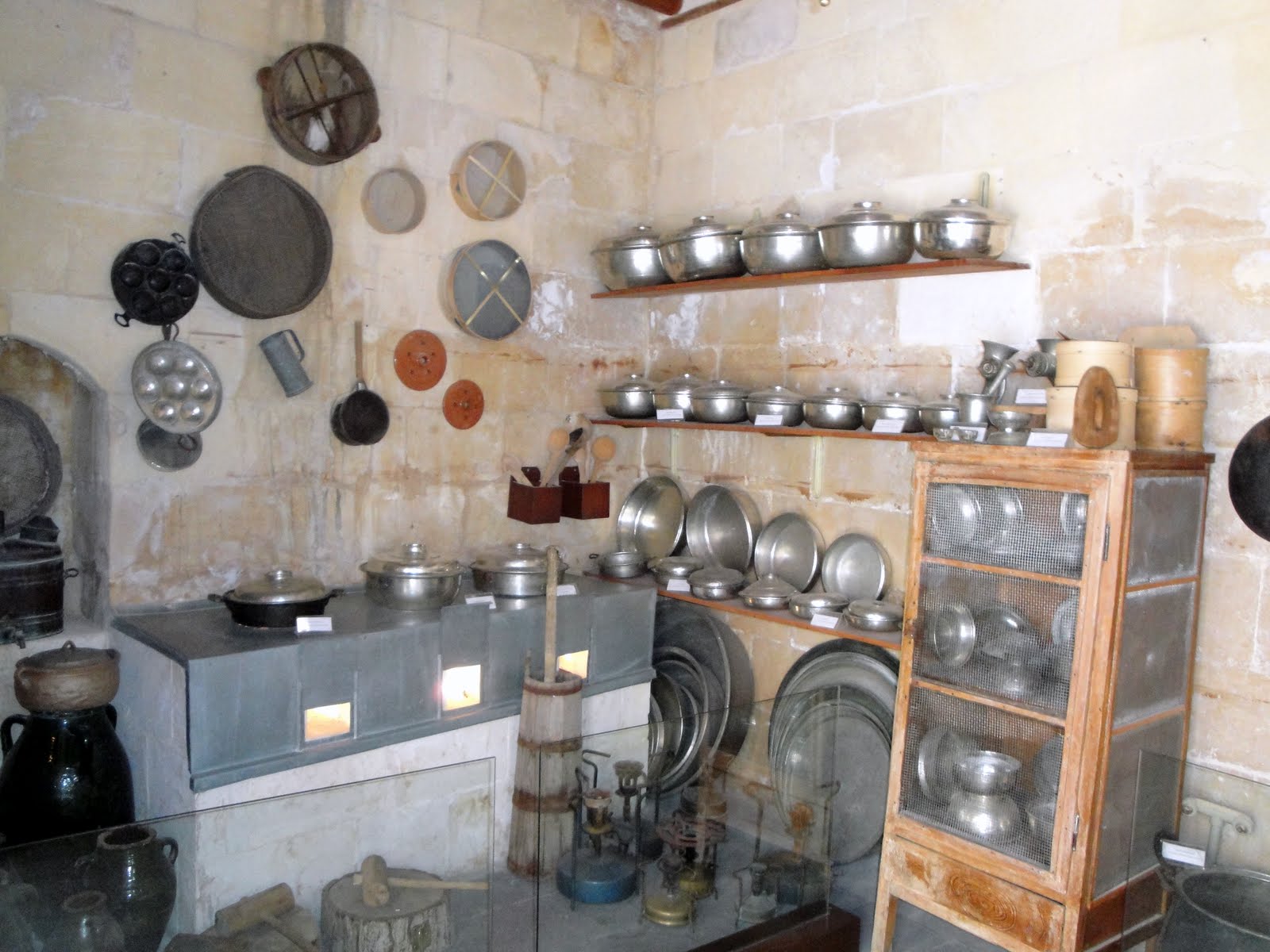
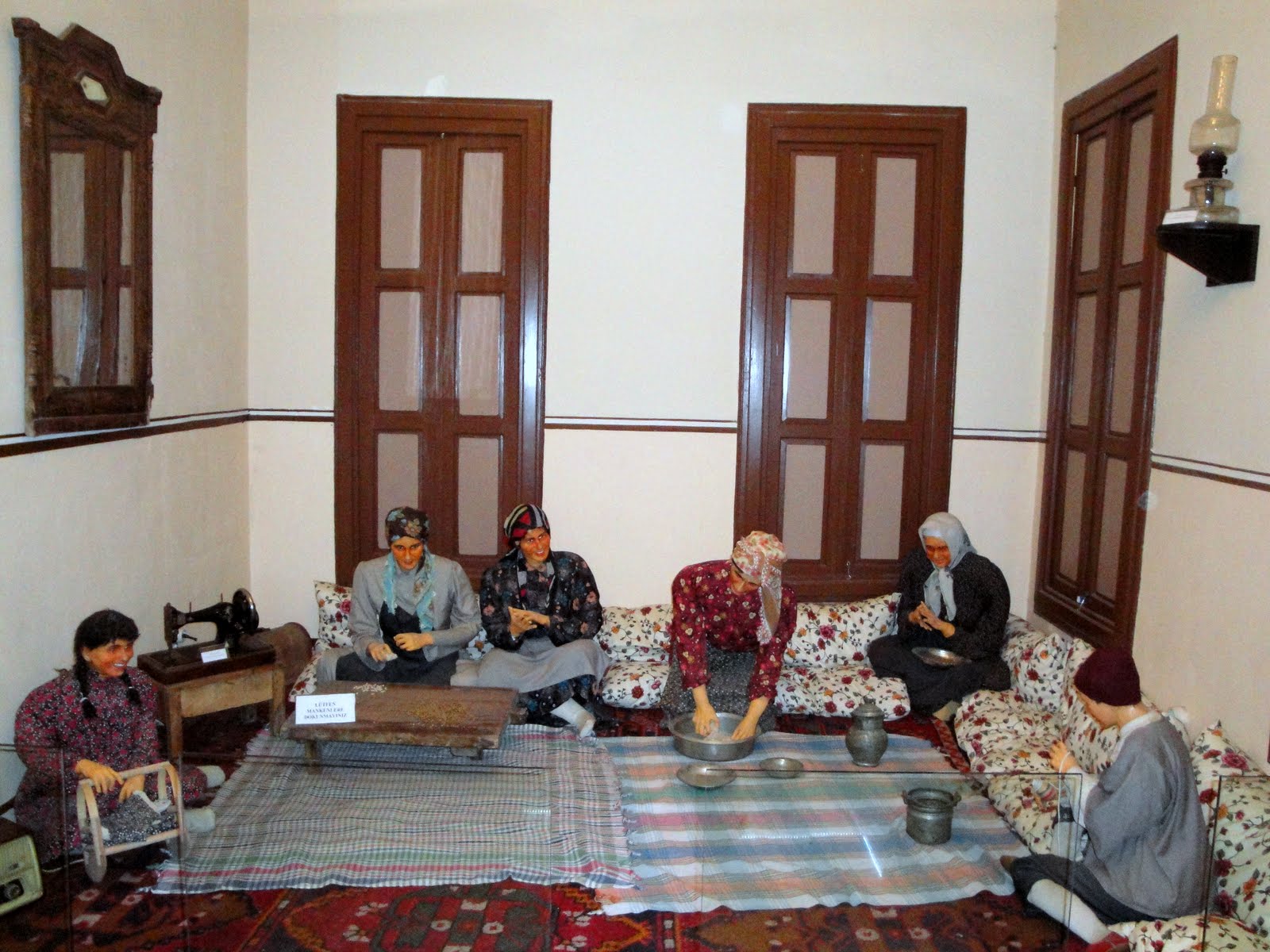
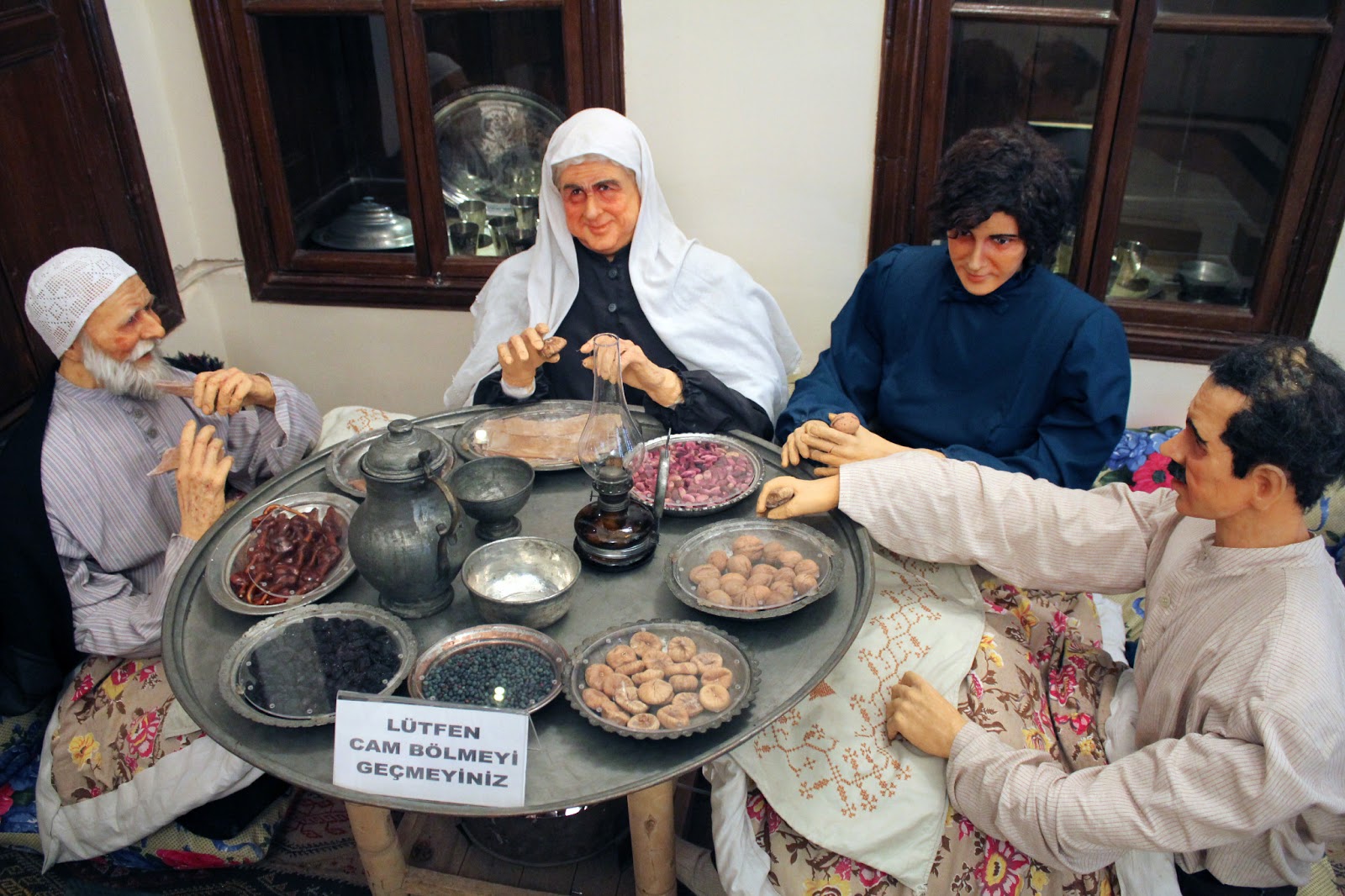
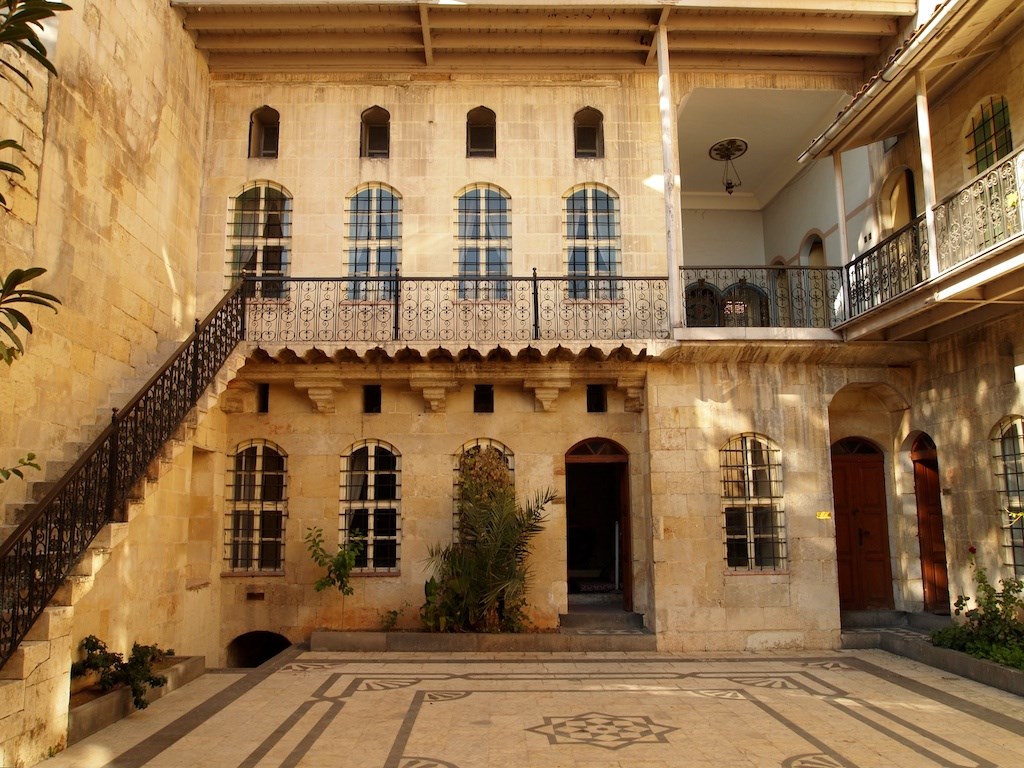

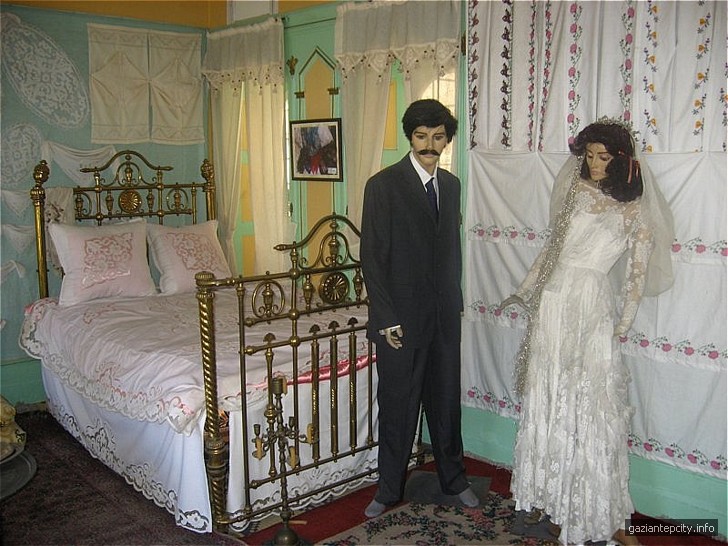
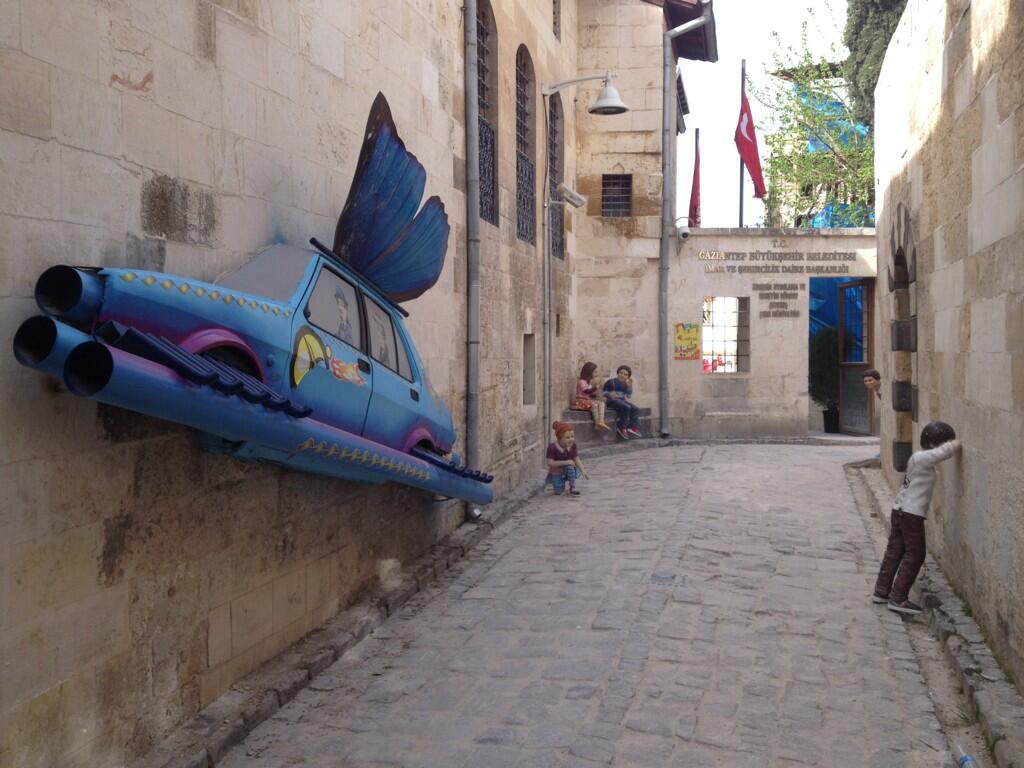
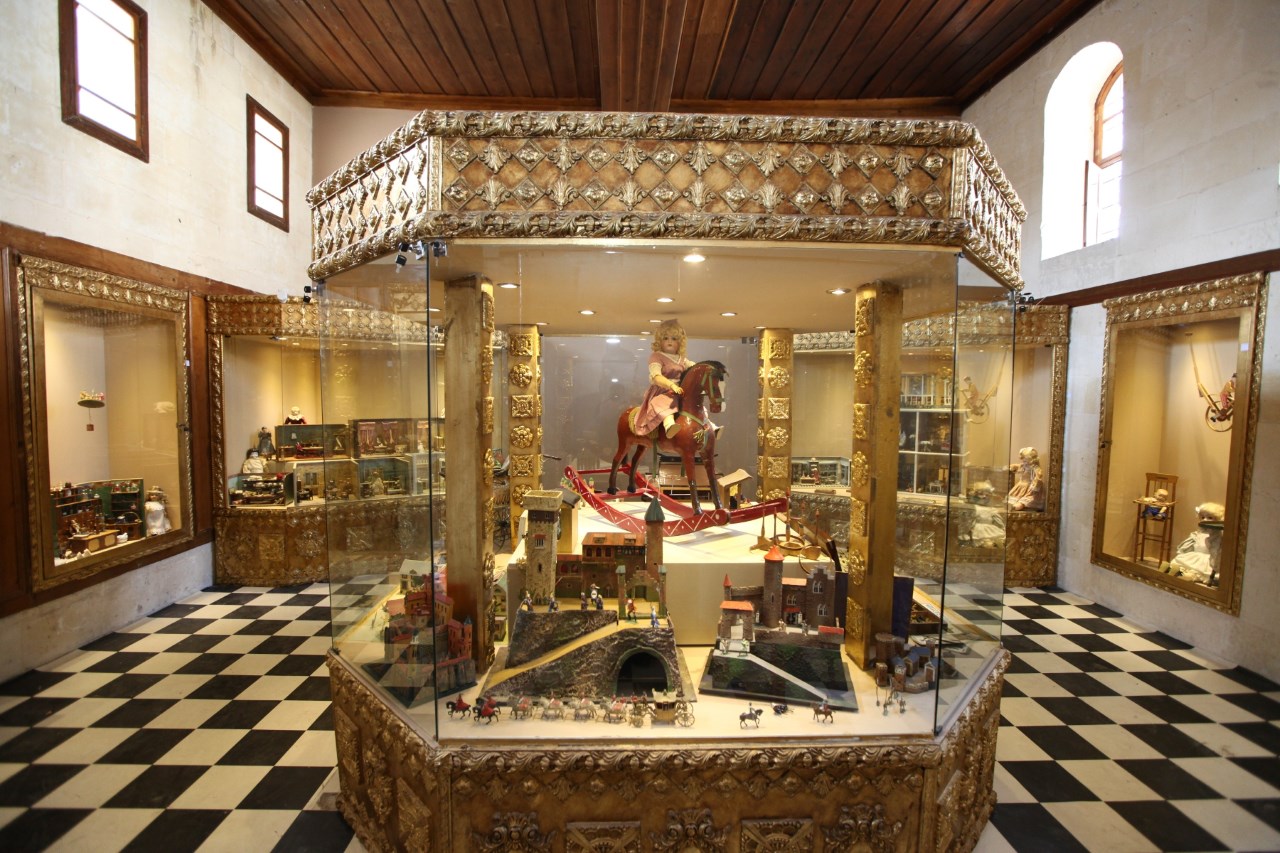
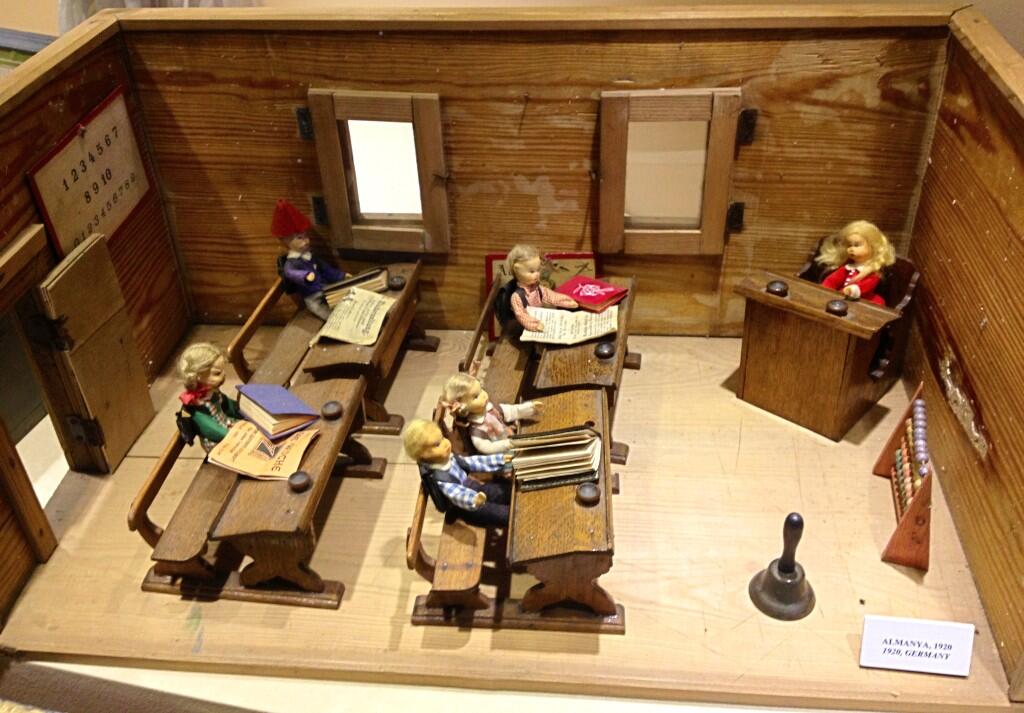
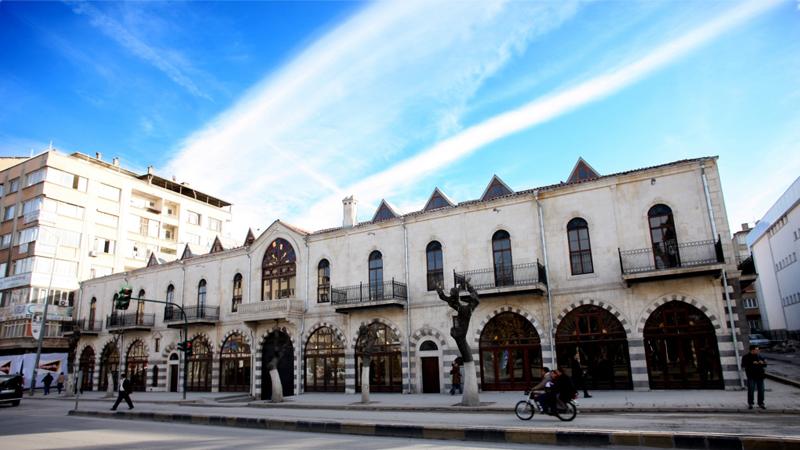
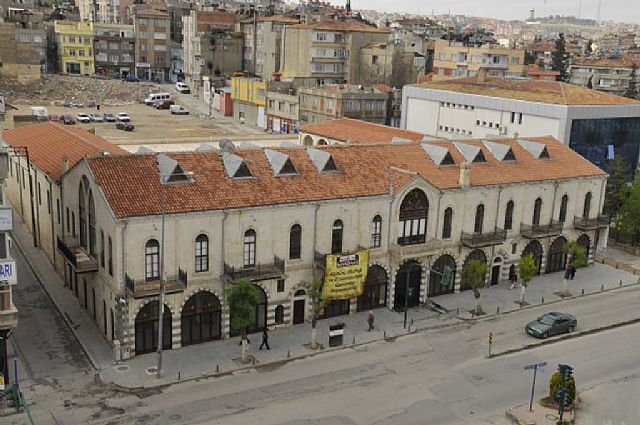
Gaziantep, being 672 km southeast to Ankara, is located on vast and fertile lands containing olive groves, vineyards, and fields and besides it is also the center of the world famous pistachio. Being on the historical Silk Road and having the name of “Ayintab” in the old times, Gaziantep makes important contributions to the national economy with its industry. Due to being on the roads from Kahramanmaras to Aleppo, from Birecik to the Mediterranean coasts, from Diyarbakir to Alexandretta, Gaziantep has gained the feature of being the cultural and commercial center in each era.
The city hosted many civilizations during history. Previously, it lived under the Babylonian sovereignty, and then it was captured by the Hittites, after the Hittites the city was dominated successively by the Assyrians, the Meotian and the Persian Empires. After the collapse of the Persian Empire, the city lived under the rule of the Byzantine Empire until 636 AD, at which date it was conquered by the Islamic armies, then the city was captured by the Anatolian Seljuks in 1071. Gaziantep fell down as a result of the Mongolian attacks in 1270. The reestablished city lived through successively the sovereignties of the Dulkadirogullari, the Mamelukes, and the Ottoman Empire; after the World War I, the city was invaded by Brits firstly and then by the French, and finally the city was rescued with the superior efforts of the local people during the Turkish War of Independence. Giving the name “Gazi” to the city in 1921 was due to the heroism of the people during this war.
Gaziantep has many historical buildings and scenic beauties, worthwhile to visit and see. The Gaziantep Castle was constructed as a watchtower in the Roman era and it gained its today’s appearance during the reign of the Emperor Justinianus in the VI century AD. Another castle building is the Rum castle.
A Seljukian madrasah building was put into use as the Archeology Museum, which contains important foundlings belonging to the Paleolithic, the Chalcolithic, the Bronze and the Iron ages; and to the Hittite, the Acadian- Persian, the Hellenistic, the Commagene, the Roman, the Byzantine and the Muslim periods. The Mansion of Hasan Suzer, built centuries ago, serves as the ethnography museum today. There is an open-air sculpture museum, a heritage of the Hittites, in Yesemek, which is one of the important ruins and is located 23 km southeast to Islahiye and on the northern side of Karatepe. The museum, mentioned as the “Stone Quarry and Sculpture Workshop of Yesemek” in the publications, is discovered for the first time by Felix von LUSCHAN in the year of 1890. In the late excavations, approximately 300 statues and sculpture drafts were found. In the late Hittite period, the workshop was operated by the Sam’al (Zincirli) Kingdom between the years of 1375- 1335 BC.
The other important ruins of the city, worthwhile to visit, are Belkis/Zeugma, Nizip, Tilmen, Duluk, and Kamil the Martyr.
Some of the remains, especially big relieves, obtained from the ruins in the Karakamis County, which is located at the Syrian border on the riverside of Euphrates and which contains settlements of the late Hittite period and some excavation areas, can be seen in the Museum of the Anatolian Civilizations, in Ankara. By all means, the Roman mosaics in Zeugma, in the Nizip County, should be seen.
The Sheikh Fethullah Mosque, the Boyaci Mosque, the Omeriye Mosque, and the Ahmet Celebi Mosque are amongst the most important mosques of the city. The shrines of the Okkesiye Hazretleri, the prophet Yusa, and Pirsefa Hazretleri are worthwhile to see. In Gaziantep, being on the historical Silk Road, there are many inns and caravanserais. Some of these are the Sire Inn, the Tutun Inn, the Hisva Inn, the Mecidiye Inn, The Emir Ali Inn, the Anatolian Inn, the Kurkcu Inn, the Municipality Inn, the Elbeyli Inn, the New (Yuzukcu) Inn, the Hadji Omer Inn and the National Inn.
Gaziantep and its neighborhood are rich and suitable in terms of its scenic beauties, promenades, places for sportive activities. The important plateaus of Gaziantep are the Islahiye Hizir Plateau, and the Sof Plateau. The important sightseeing and promenade places are the Dulukbaba Forest, which is 4 km away to the city center, Karpuzatan (Oguzeli), Kavaklik, Dutluk, Nafak, the Burc Forests, the Burc lake, the Buyuksahinbey County (Korkun), Nizip Karpuzatan and the Cifte Havuzlar. The traces of the prehistoric times can be seen in the forest regions.
The riverside of the Euphrates and the neighborhood of the Tahtakopru Barrage Lake in the Islahiye County of Gaziantep are suitable places for hunting. Besides, again in the environs of the Euphrates and the Rum castle on its coast, at the riverside of the Merziman Brook, on the plateaus of the Sof Mountain and the Hizir, it can be riding horses by sightseeing. For wandering in the nature, the Hizir Plateau (the Amanos Mountains), the Sof Mountain Plateau (the Sof Mountains), the riverside of the Euphrates, the Duluk Forests, and the Burc Forests are convenient. The Sahinbey Burc Lake, the Tahtakopru Barrage Lake, the Hancagiz Barrage Lake, the Alleben Lake and the riverside of the Euphrates are appropriate places or the sportive angling.
The handicrafts have developed well developed in Gaziantep. The traditional works of the coppersmiths and the carpenters have a nation wide fame. Some of the authentic gifts, which can be bought in Gaziantep, are items inlaid with the mother-of-pearl, copper embroidery, golden and silver ornaments, the Antep works and Yemeni. The shopping centers are on the busiest avenues of the city like Mutercim Asim, Gaziler, Suburcu, Kargoz and Sihcan; and in the new settlement places like Degirmicem and Sarigulluk. The other places for shopping are the Municipality Passage, the Big Passage, the Soylemez Passage, The Aleppo Passage, the Syria Passage and the Kurtulus Passage.
The Gaziantep cuisine has a rich menu with its traditional meals. Being famous also with its kebabs, in Gaziantep it should be tasted the Kusbasi Kebab (the tike kebab), the Kiyma kebab, the Eggplant Kebab, the Keme Kebab, and the New World Kebab (in April and May), the Onion Kebab, the Simit Kebab, and the Liver Kebab (Cirtlak). A shopping list should absolutely contain the puree of the pistachio nut, the Gaziantep Baklava, the sweet wurst, pestil (the thin sheet of sun-dried fruit pulp), paprika and other species.
The Salvation Festival, organized on each December 25, is worthwhile to see in Gaziantep.
http://www.gateofturkey.com/section/en/71/3/cities-of-turkey-gaziantep
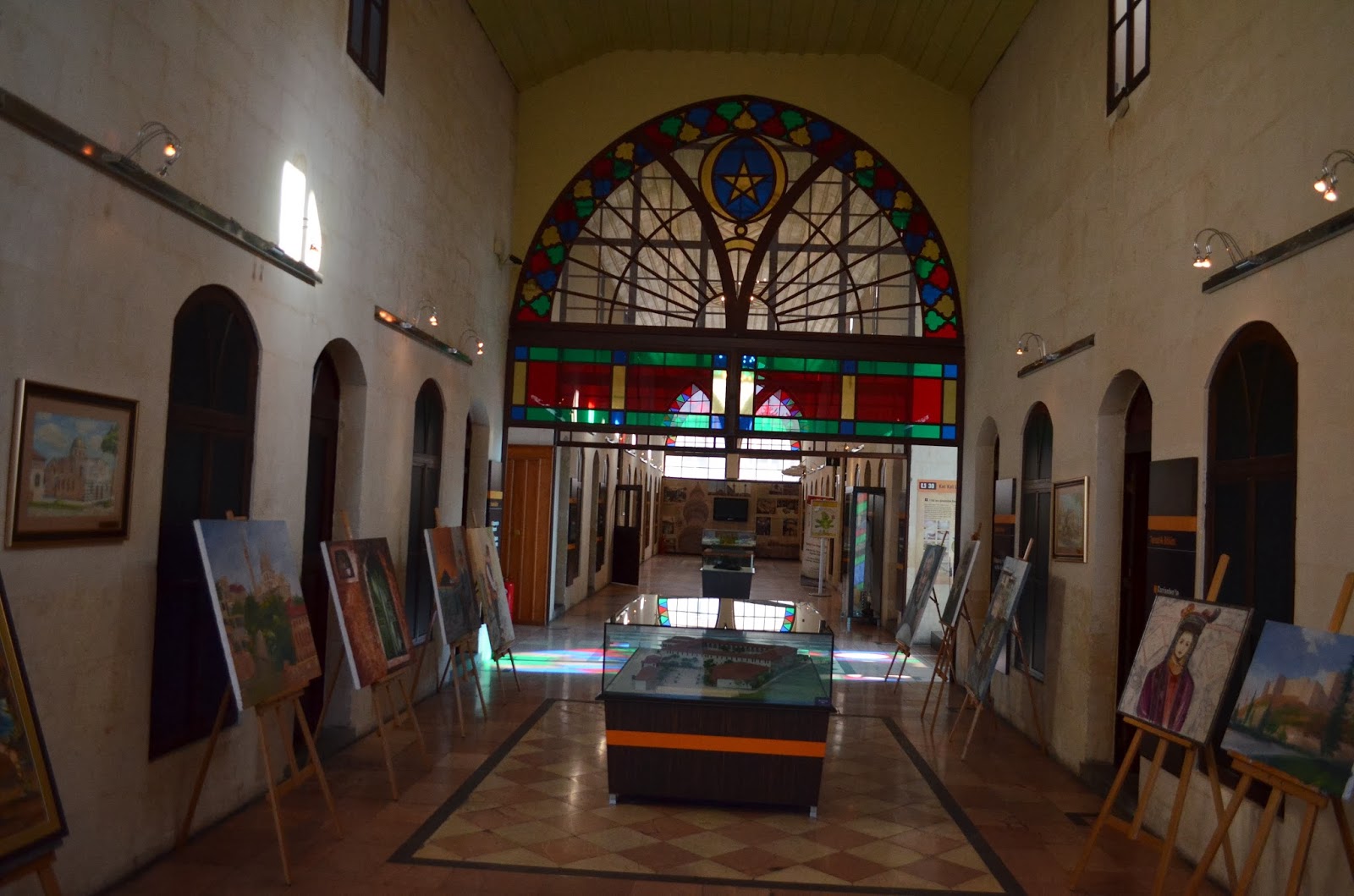
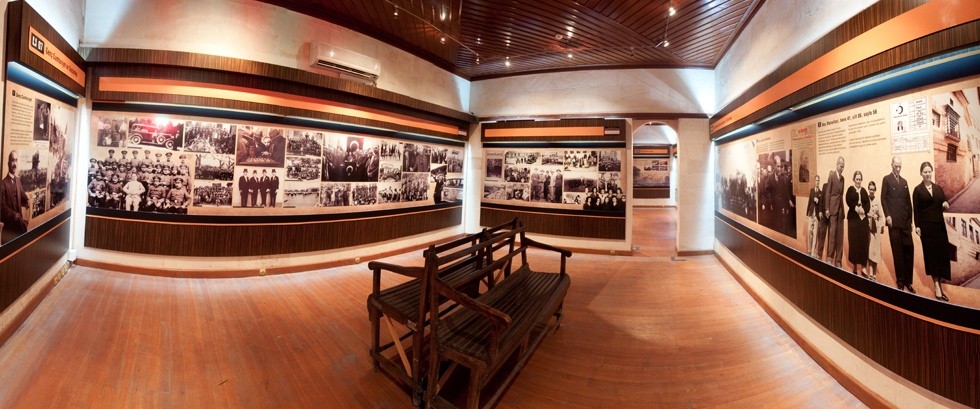
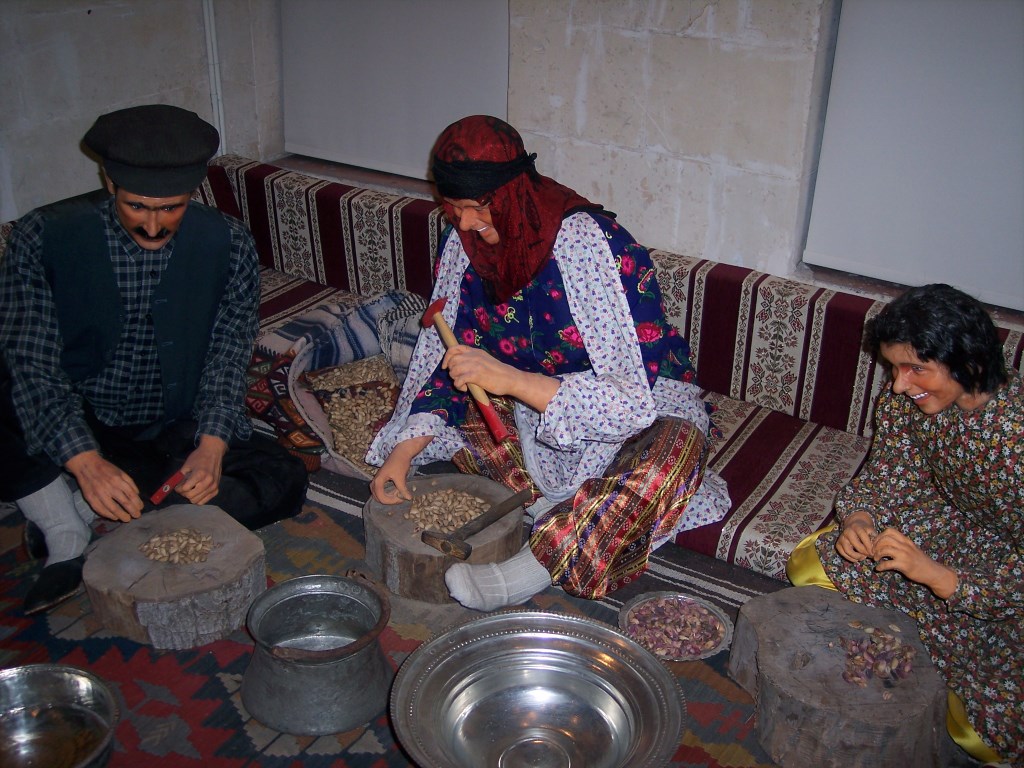
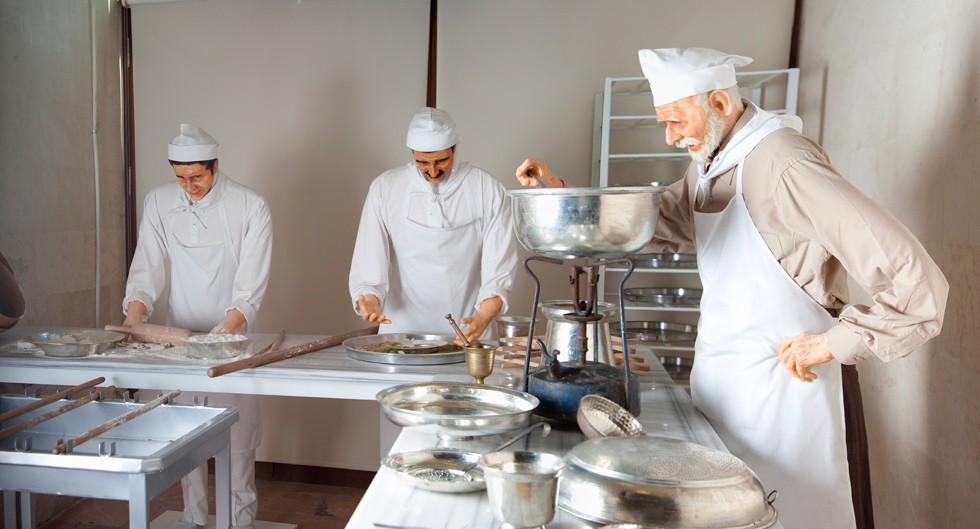
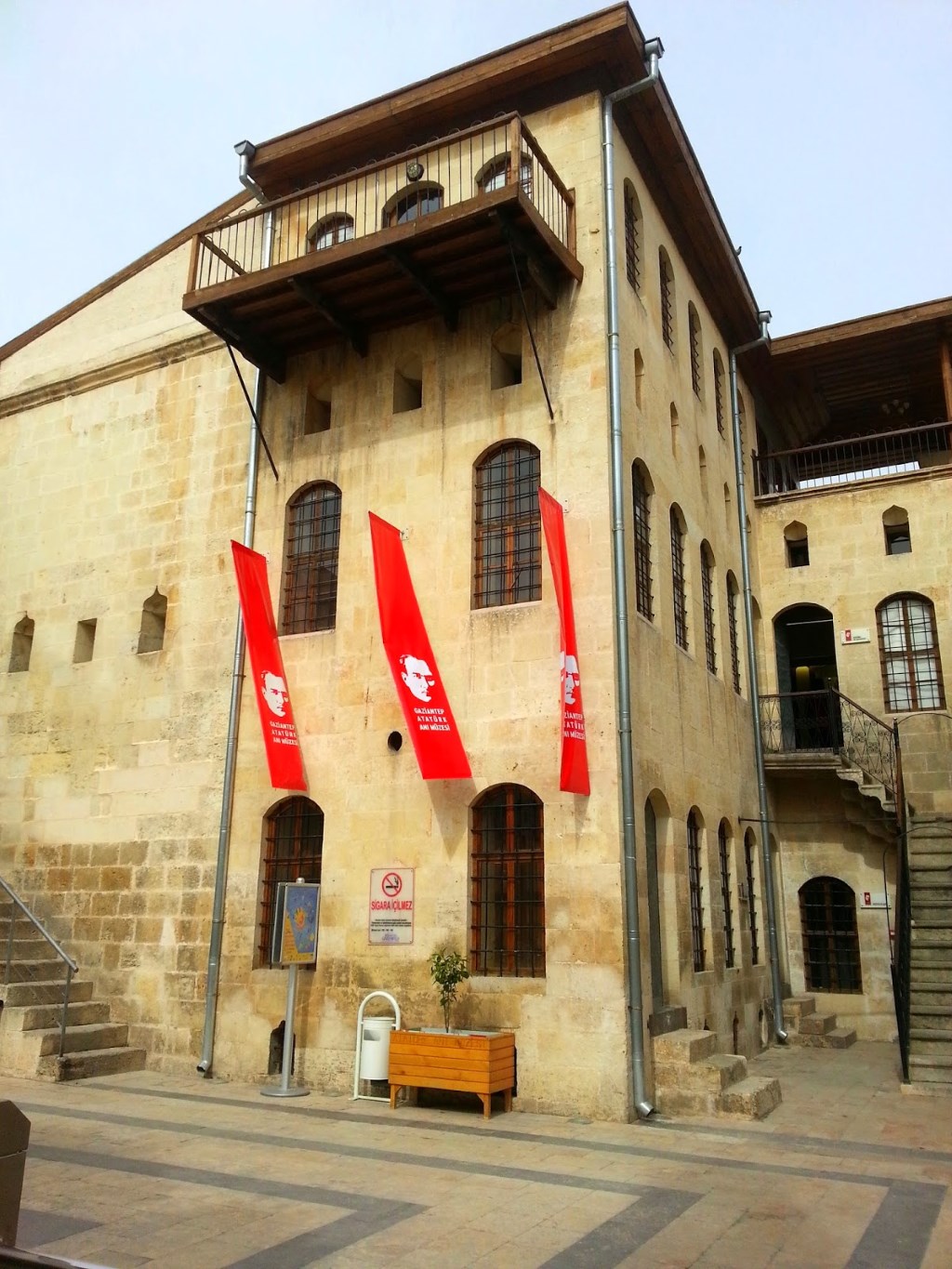
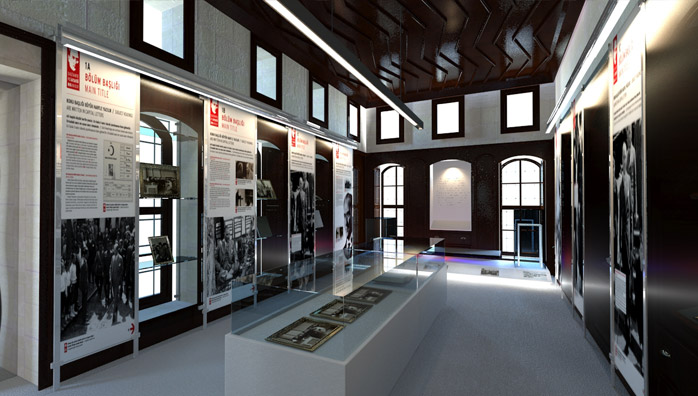
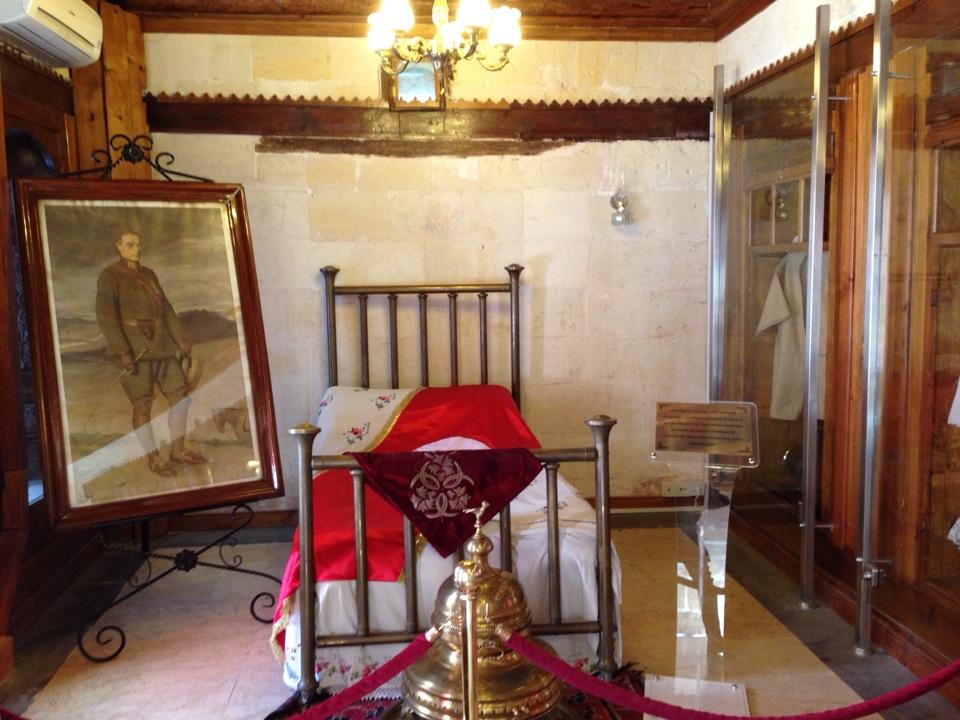
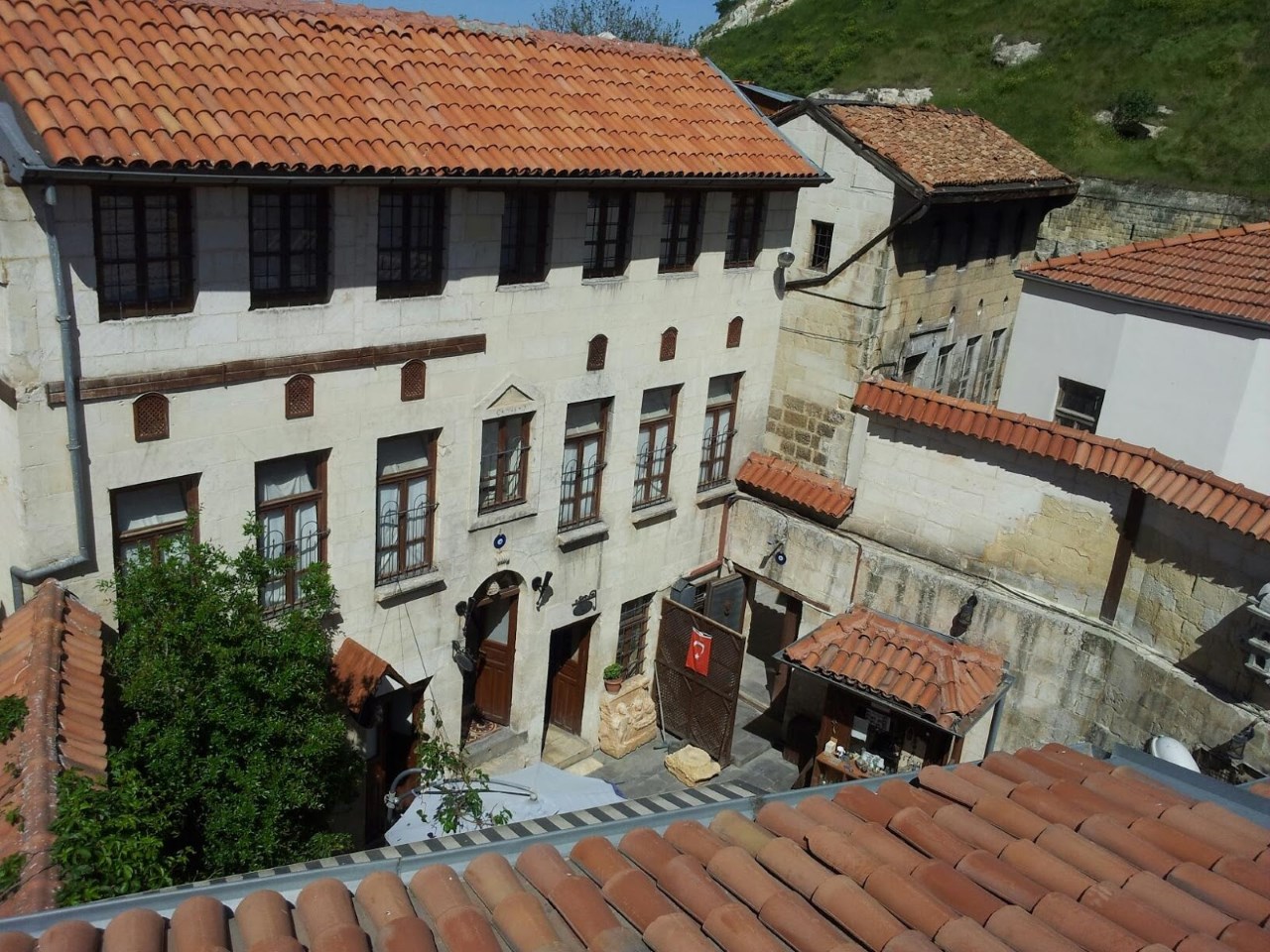
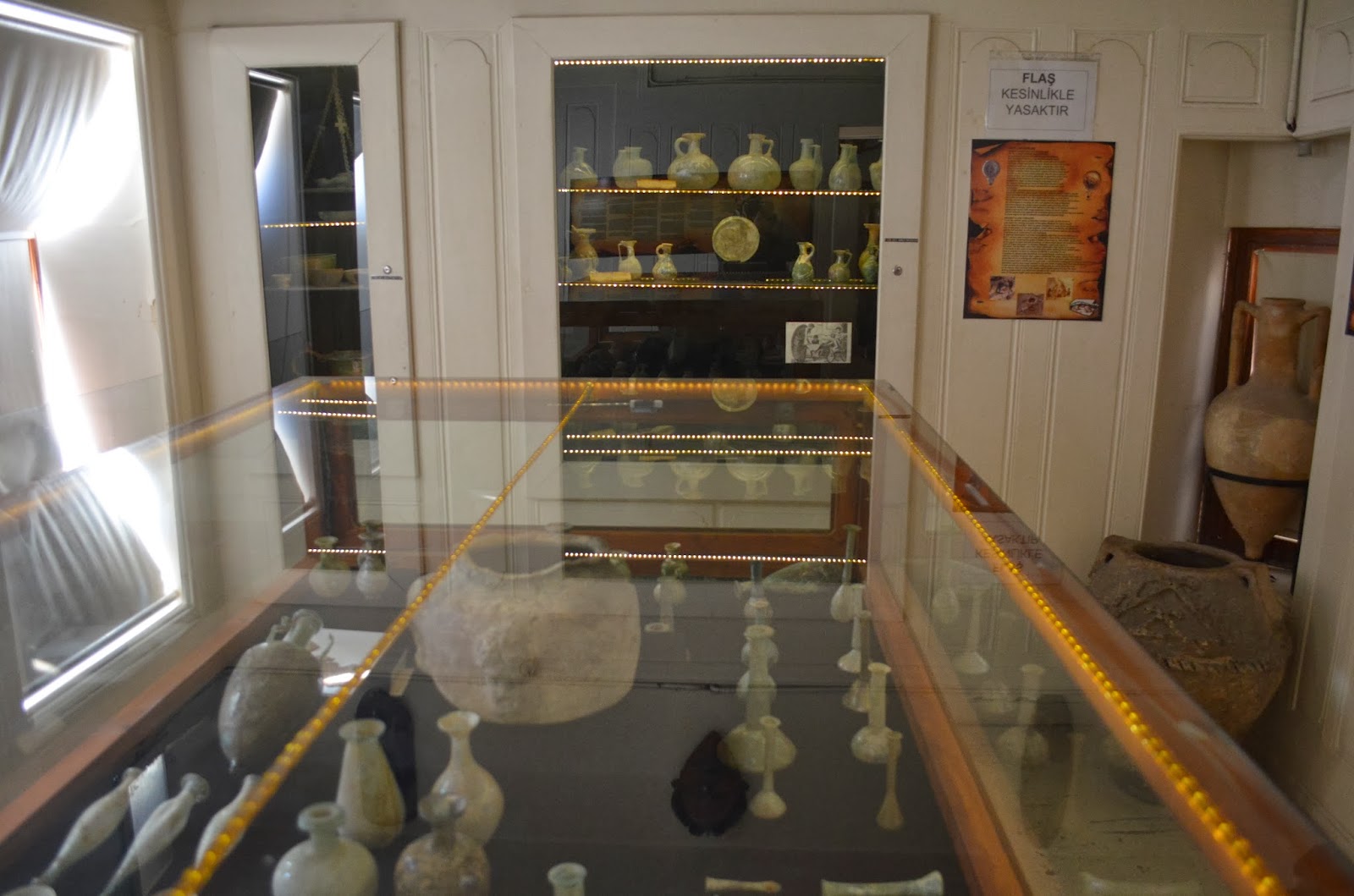
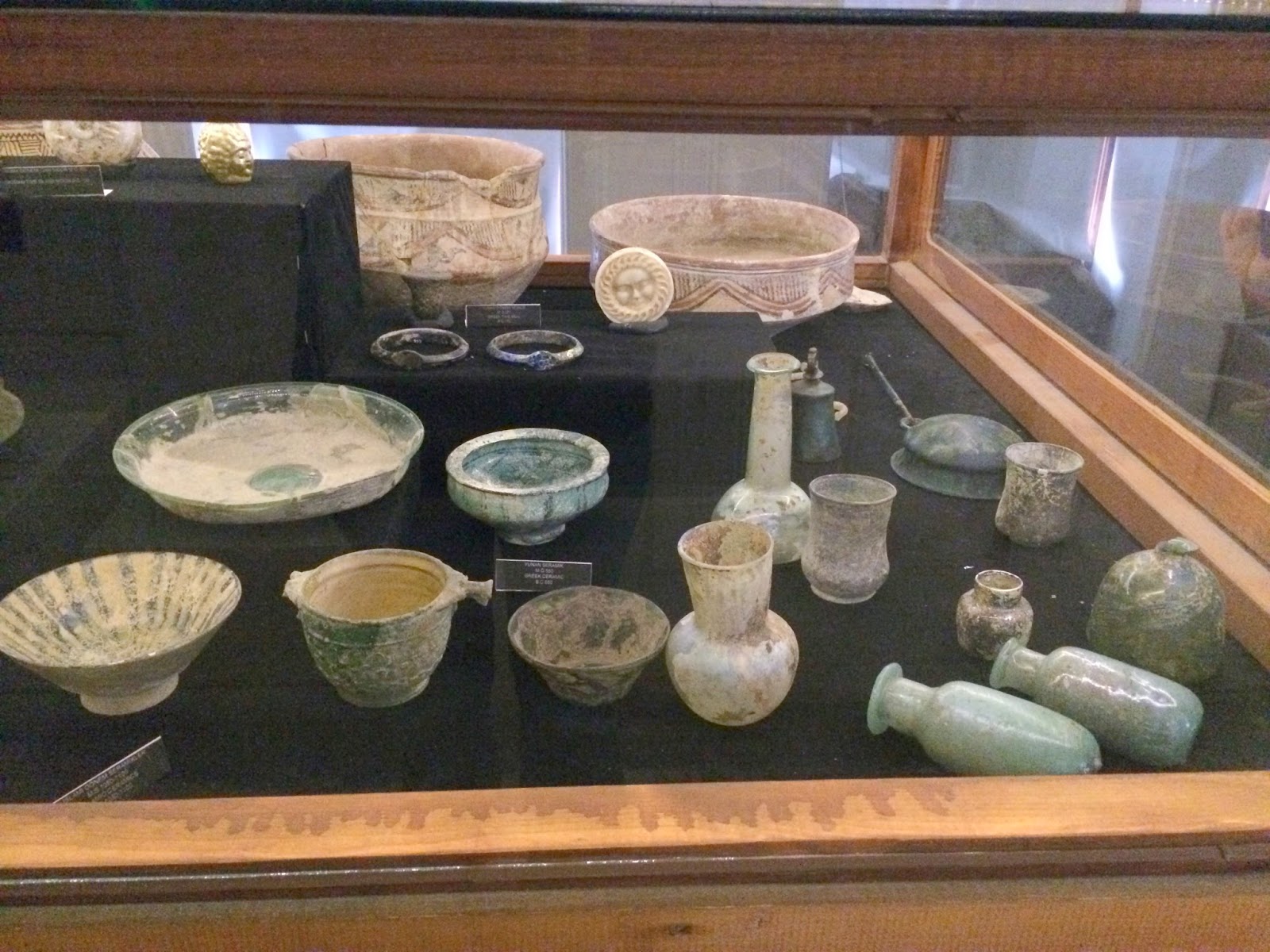
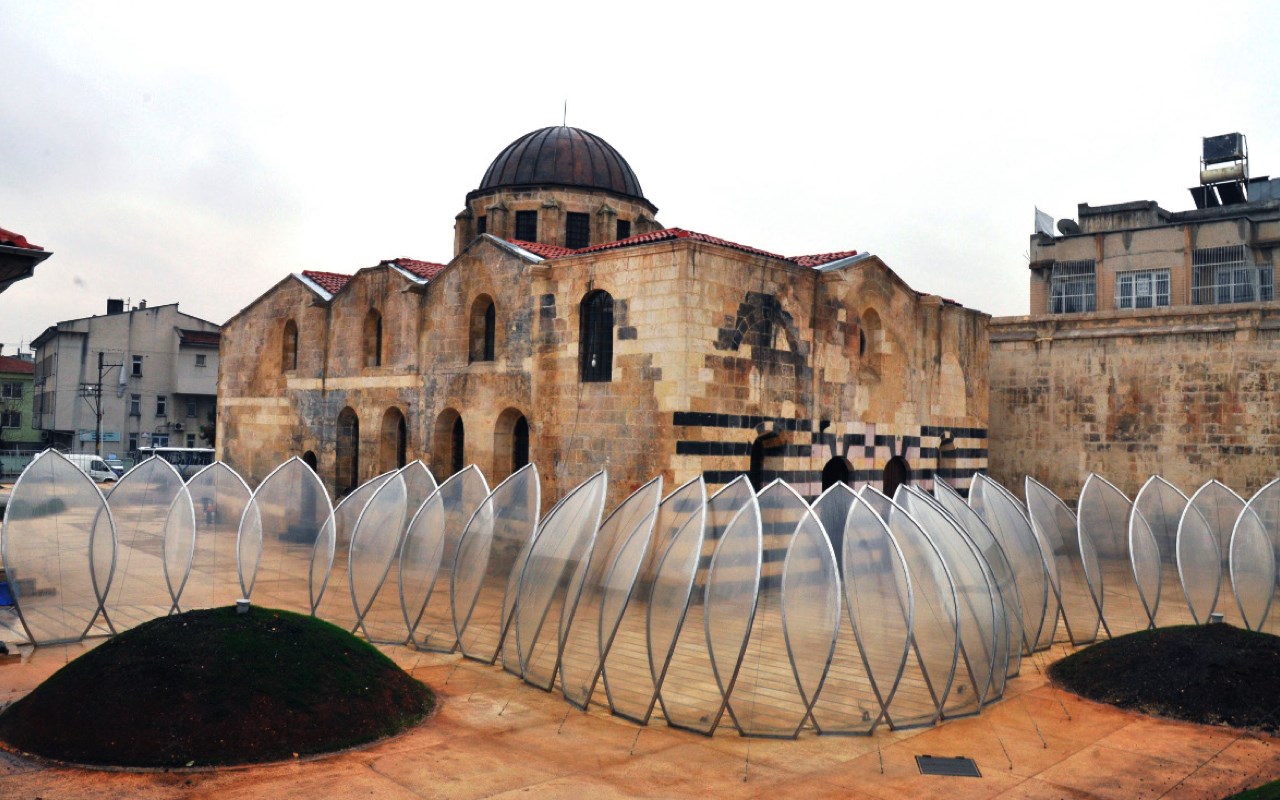
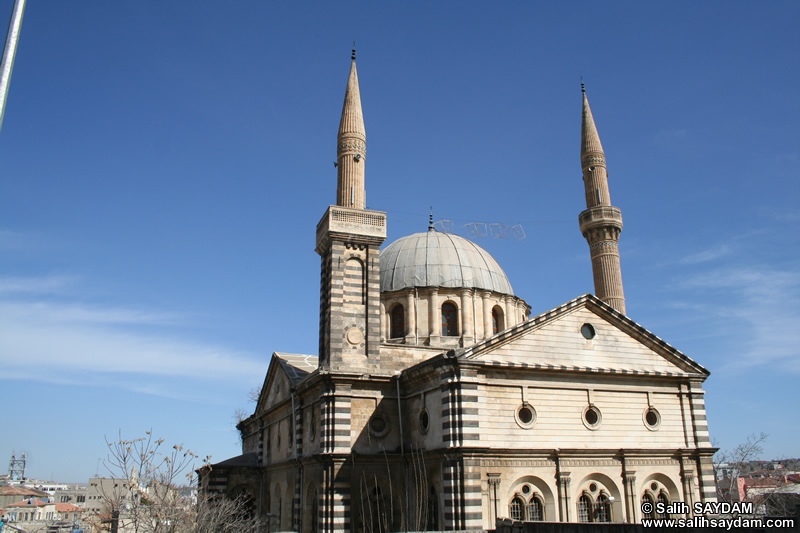

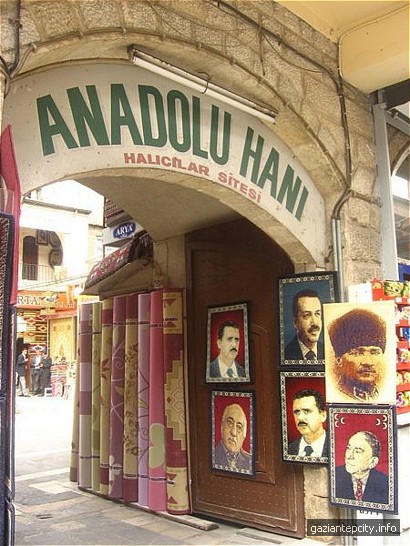
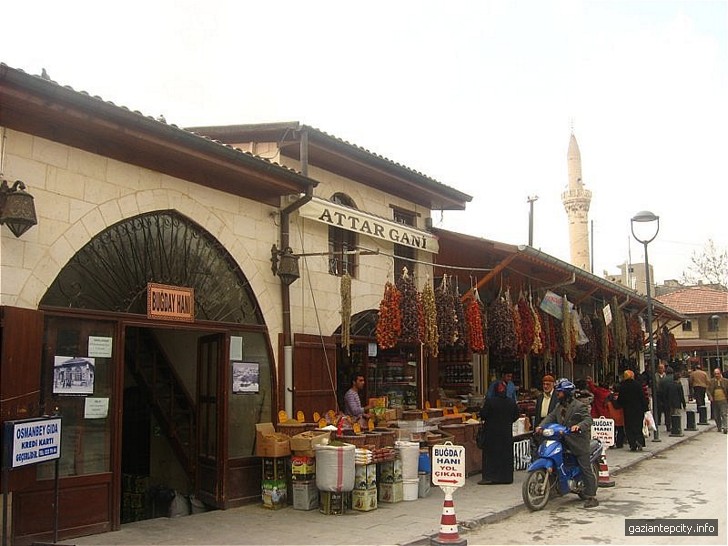

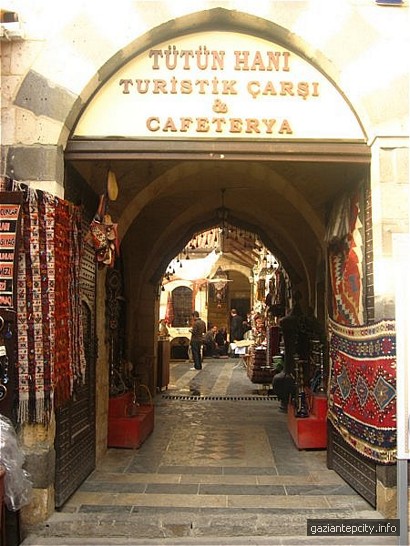
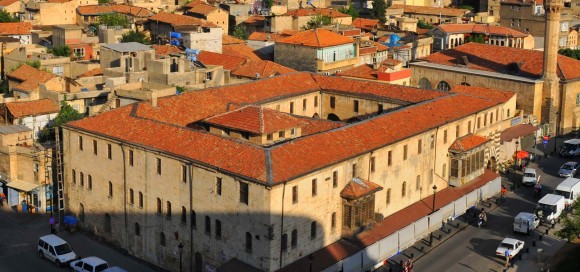
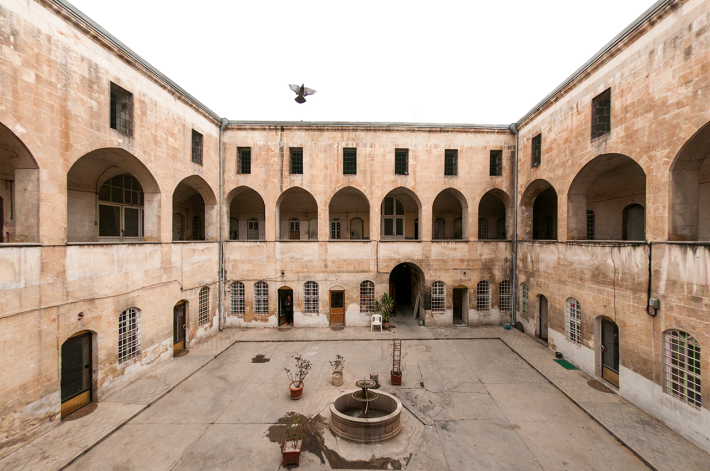

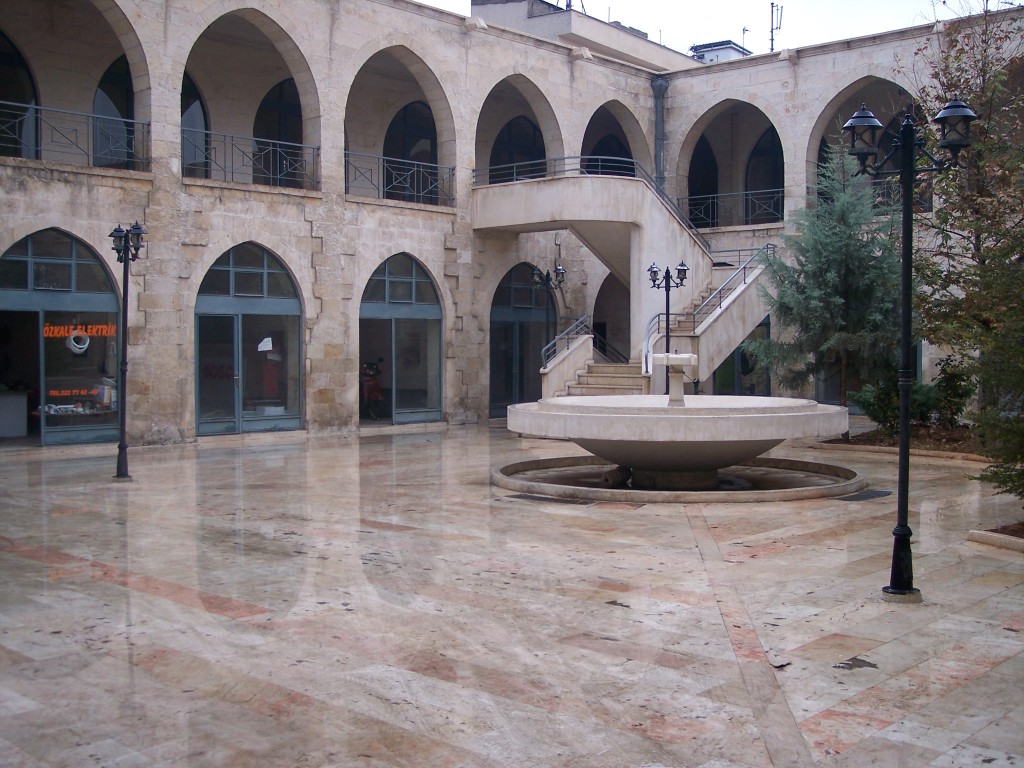
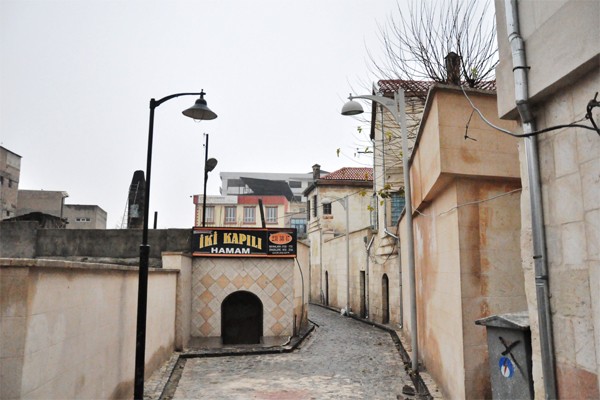
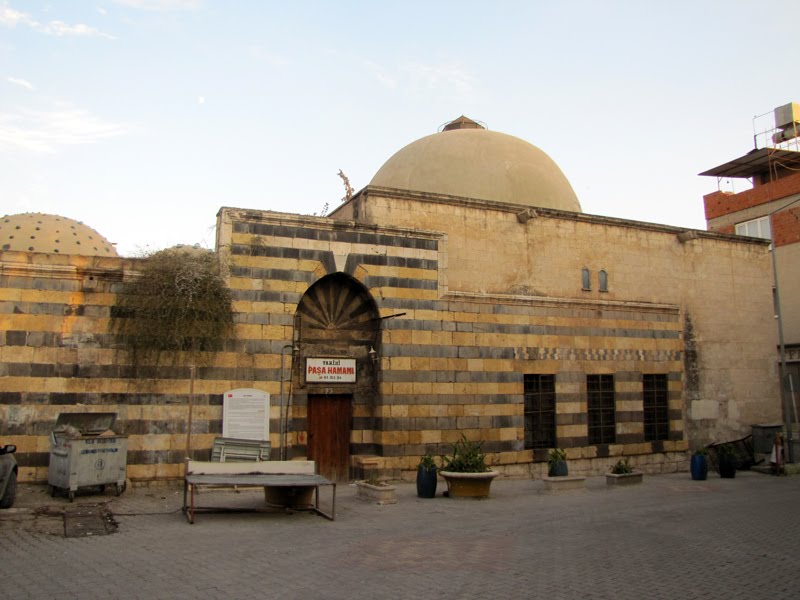
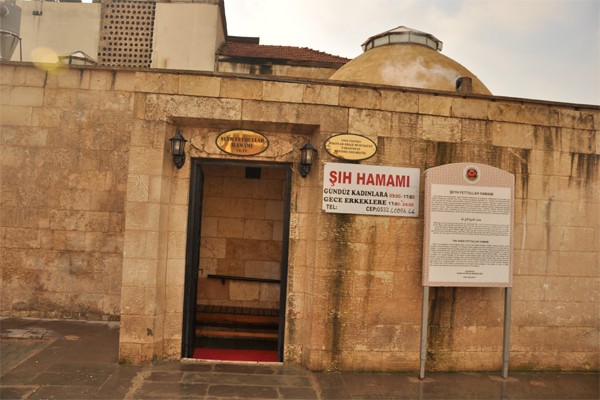
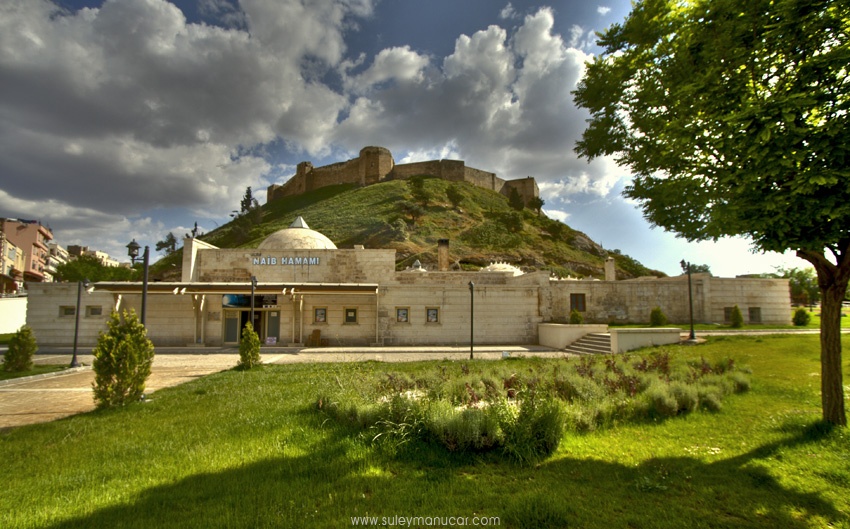
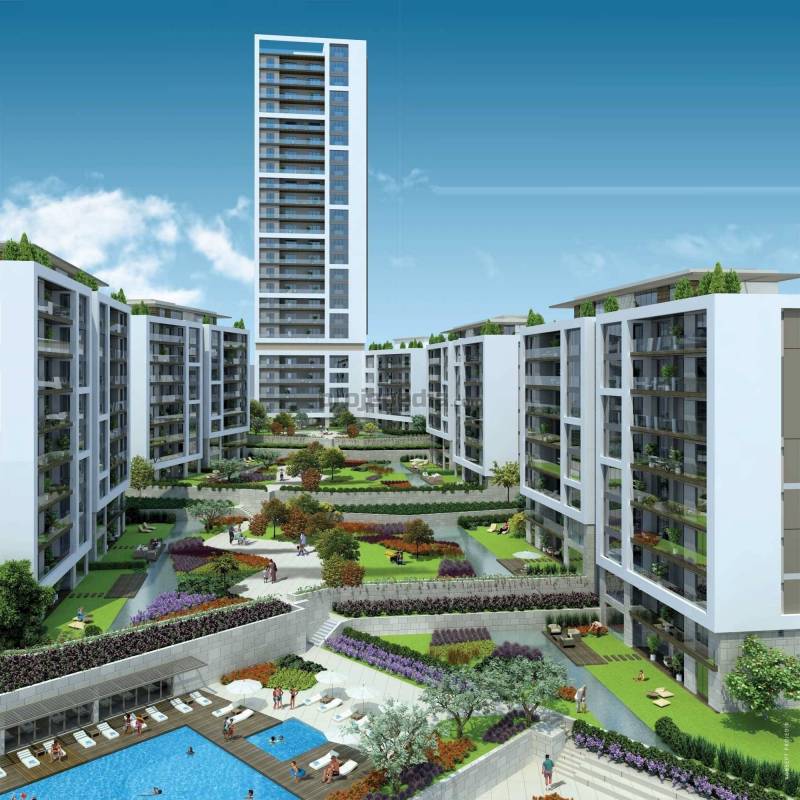
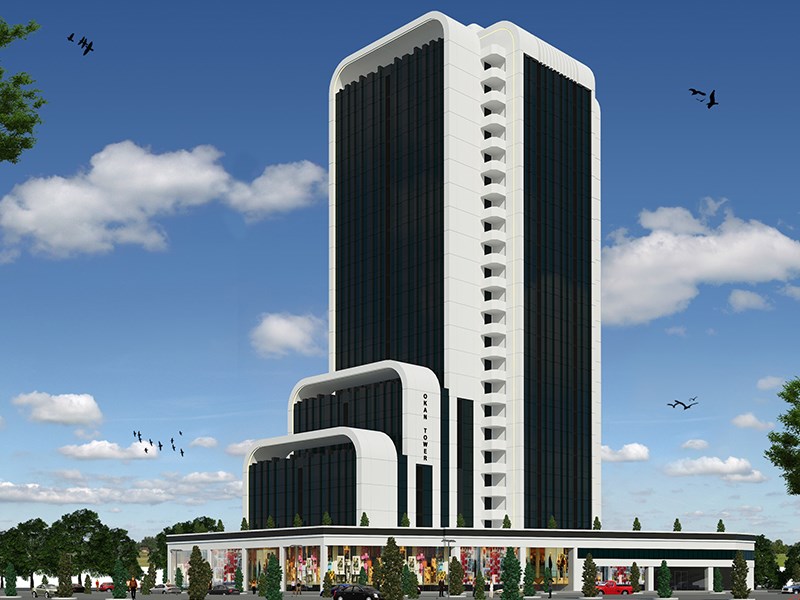
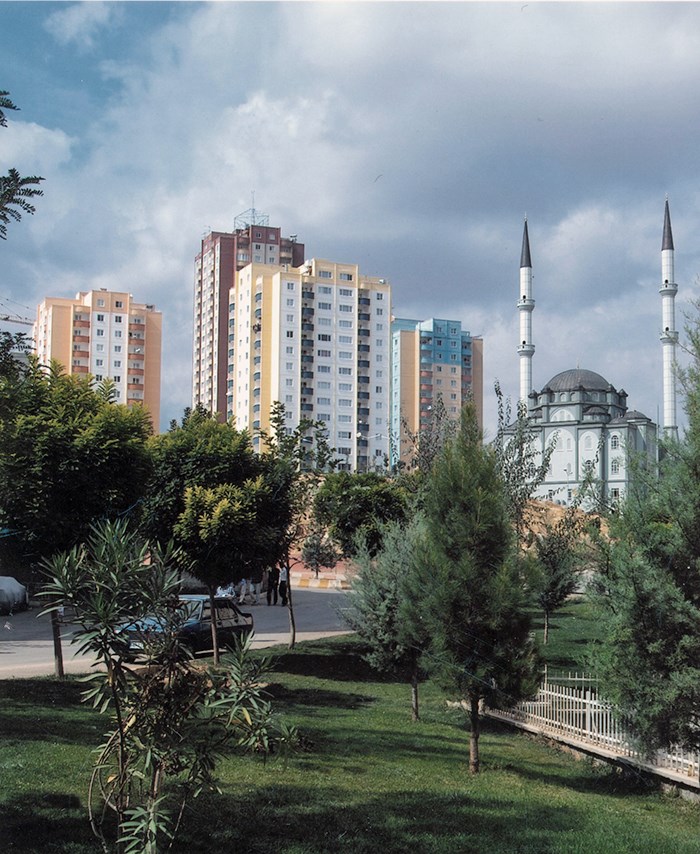
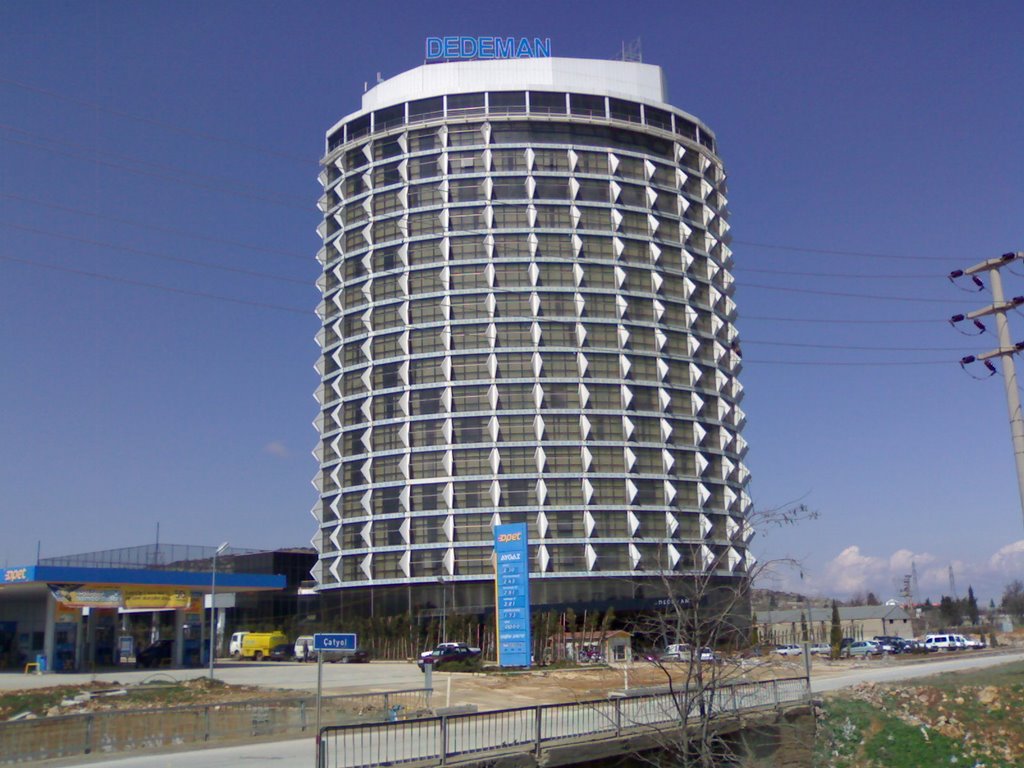
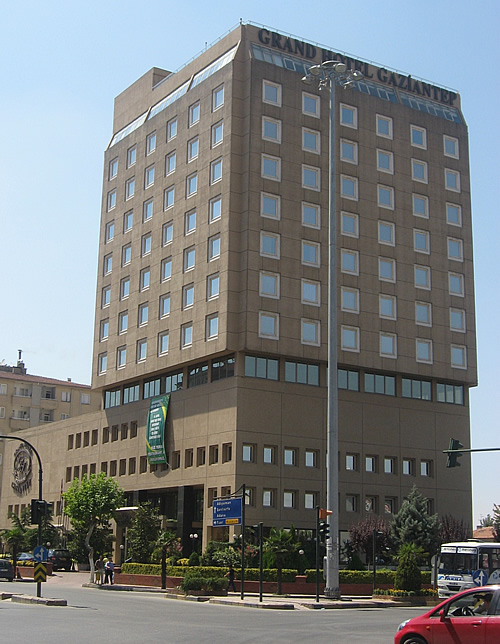
GAZİANTEP CITY OF MUSEUMS
Gaziantep has a total of 14 museums, each focused on a different aspect of the province’s rich history and culture accumulated over the centuries. This feature makes Gaziantep a veritable “city of museums”.
Zeugma Mosaic Museum: The Zeugma Mosaic Museum is described as the largest mosaic museum in the world, as exhibited here are 2,248 m2 restored mosaics and 140 m2 frescoes; and also fountains, columns, sarcophagi, and other building elements. Zeugma was one of the most prominent cities of its time, and the museum displays bring it to life as far as possible, giving visitors a real sense of what it was like.
The Archaeology Museum: The Gaziantep Archaeology Museum, with 450 m2 of exhibition space, displays the moveable artifacts found in the area in sequence, as a “chronological museum”. The museum houses approximately 2000 exhibits, which demonstrate the chronology of Gaziantep.
Hasan Süzer Ethnography Museum: The Hasan Süzer Ethnography Museum contains exhibits relating to the traditional Gaziantep lifestyle, and is housed in a historical building whose every brick holds a memory. This museum building is a typical example of an Antep house, one of the most important cultural elements of Gaziantep. Its architecture was suited to the functional and self-contained way of life of its inhabitants, meeting all the needs of a three-generational family from the past, living together under one roof.
Bayazhan City Museum: The Beyazhan is an impressive building, inside which almost every historical and cultural aspect of the city can be seen. Through effective audio and visual material, the Beyazhan museum informs visitors about historical buildings in the city, popular culture, daily life, and traditions and customs. It is a visitor service complex in which people can get detailed insights into the subjects covered by the mueum through displays which engage all the senses.
Museum of Cultural History: The museum covers an area of 450 m2, houses nearly 550 exhibits, and gives information, accompanied by original artifacts, on cultural life in Gaziantep from the earliest period to the present. Using information panels and electronic visual aids, the museum guides visitors through the cultural history of Gaziantep, explaining the tastes, customs, and artistic sensibilities of the city’s people.
Emine Göğüş Cuisine Museum: Gaziantep is renowned for the variety, originality and tastiness of its cuisine, and the Emine Göğüs Cuisine Museum on Sadık Dai Street in the city’s Kalealtı quarter acquaints visitors with the city’s rich dining tradition. In this typical old Antep house, the museum showcases the ingredients, utensils and table settings used in Antep cuisine, and local cooking and dining customs.
The Gaziantep Defence and Kahramanlık Panorama Museum: The Gaziantep Defence and Panorama Museum is inside the castle, in the restored gallery section in which the dungeons are located. It reveals the heroic fight put up by the people of Antep; with statues of the partisan bands, craftspeople, doctors, women and children who took part in the Defence of Gaziantep, and reliefs depicting the dramatic events of the period.
Gaziantep War Museum: The Şahinbey War Museum is housed in a historic Antep house next to the Şehitler Park in Şehreküstü, one of Gaziantep’s oldest neighbourhoods. The museum lays bare in a striking manner the unknown aspects of the illustrious defence of Antep, which earned the regard of even the occupying armies. With 850 m2 of covered space, the museum contains 12 rooms, a large courtyard and a cave of approximately 350 m2.
Gaziantep Mevlevi Lodge Foundation Museum: The museum situated in the Tekke Camii külliye (social complex attached to a mosque) occupies two buildings. The 400-year-old building was used for a long time as a Mevlevihane before being restored by the Regional Directorate of Foundations and opened as the Gaziantep Mevlevihane Foundation Museum, in which many items belonging to the foundation are exhibited. The museum has 366 m2 of covered area containing a total of 127 items, 102 of which are on display. Exhibits in the museum include: in the Calligraphy room, 11 calligraphy panels and 18 Korans; in the Clocks and Ethnographic Artefacts room, 7 stamp seals, 4 grandfather clocks, 2 Korans, 1 kilim and one lectern; in the Kilim hall, 5 carpets and 10 kilims;in the Carpet hall, 21 carpets.
Medusa Glassware Museum: Medusa, the mythological character who turned those who looked upon her face to stone, was the inspiration for the first private glassware museum in Turkey. The Medusa Glassware Museum is housed in three restored old Antep houses on Şakir Street in the Seferpaşa neighbourhood of Kalealtı. The structure was built in the 1930s of the local white limestone, and contains the museum, an antiques sales room, telkarı (“silver filigree”) room and glass bead workshop.
Saklı Konak Copperware Museum: The Saklı Konak Copperware Museum, located in an old mansion near Gaziantep Castle, is the first private copperware museum in Turkey. It houses about 1060 pieces that were crafted by coppersmiths during the Ottoman period. Artefacts displayed in the museum include: plates, ewers, cauldrons, bowls, trays, pails, jugs, scales, radios, Ottoman era rifles and bayonets, daggers and swords.
The Game and Toy Museum: The Game and Toy Museum is housed in an old 3-storey building in Bey Mahallesi, one of Gaziantep’s historical districts. 591 pieces dating from 1700-1970 are on display in the museum, which was put together under the guidance of Sunay Akın. In addition to the exhibits, there are also workshops which help children develop their manual skills.
A Living Museum in the Historical Gümrük Han: The “Living Museum in the Historical Gümrük Han” has been opened in this centuries-old, recently restored building located in Uzun Çarşı, in order to publicize handicrafts which face extinction and pass them on to new generations, Among the traditional handicrafts on display here are: silver and coppersmithing; kilim weaving; yemeni (flat leather shoes) making; mother-of-pearl inlay; the weaving of woolen aba and colourful silk/cotton kutnu and alaca cloths; carpentry and woodcarving; mosaic; prayer bead manufacture; and the Antep embroidery done by local women.
Yesemek Open Air Museum and Sculpture Workshop: This museum is located on the hill of Karatepe in the village of Yesemek, 22 km southeast of İslâhiye. More than 300 unfinished stone statues were uncovered during excavations here, most of them lions intended as gateposts. Among the half-finished statues on display here are sphinxes, a bear-man, a war chariot, mountain men representing the Amanos Mountains, reliefs of hunting scenes, and building blocks. The vast scale of the Yesemek Open Air Museum (a former Hittite quarry), and the number of sculptors who must have worked here, underlines the importance of art to the people who lived in the region at that time.
GAZİANTEP CASTLE
Gaziantep Castle is one of the best-preserved and most impressive castles in Turkey. Magnificent and imposing, cloaked in the secrets of its history, it stands guard over Gaziantep from its highly visible position in the middle of the city, on a 25-30- meter-high mound on the south bank of the Alleben Stream. The castle was first built as a Roman watchtower on top of the tumulus. It took its present form in the 6th century during the rule of Byzantine Emporer Justinian, known as the “castle builder”. It measures about 100 meters across, and 1200 m around its perimeter, which is shaped like an irregular circle. There are 12 towers on the ramparts. Gaziantep’s spectacular castle is well-worth visiting for a closer look.
PLANETARIUM
The Gaziantep Planetarium and Science Center is Turkey’s first planetarium. It has 3,500 m2 of covered area and 1,500 m2 of open air space, and is situated in the 100. Yıl Atatürk Culture Park.
The planetarium is a special kind of hall for watching informative and entertaining presentations about astronomy and space. These are projected onto the planetarium’s spherical dome, which has a diameter of 10.6 m. Watching the show is an enjoyable way of way of learning more about earth and its position in the universe.
BOTANICAL GARDEN
The Botanical Garden covers an area of 17,000 m2, and has more than 30,000 plants of 750 species. It provides both research opportunities for students and a peaceful environment for visitors to relax in.
Different groups of plants are found in specially designed areas: the Rock Garden, the Gymnosperm Garden, the Colour and Scent Garden, Medicinal and Endemic Plants; the Ottoman Garden, Zen Garden, Rose Garden, Japanese Garden and Aquatic Plants Garden.
PARKANTEP WORLD OF WONDERS
Turkey’s first amusement theme park covers an area of 95,000 m2. Visitors of all ages will enjoy Parkantep, which has many fun rides including: a “tunnel of fear”, rafting, water flume, a drop tower, car racing and rally, rollercoaster, and miniature train ride.
ŞAHİNBEY PARK
The 280,000 m2 Şahinbey Park contains Miniatürk, an amusement park with models of 20 famous buildings; a cable car lift and funicular; amphitheater; and “dancing fountains”.
The miniature buildings in Miniatürk include the Selimiye Mosque, Çanakkale Monument, Leander’s Tower, Dolmabahçe Palace, St. Antoine Church, the Süleymaniye Mosque, Topkapı Palace, Beylerbeyi Palace, Hagia Sophia Mosque, Anıtkabir, the Leaning Tower of Pisa, the Mostar Bridge (Bosna Hersek), the Mehmet Ali Pasha Mosque (Egypt), the Taj Mahal (Hindistan), Kubbet-ül Sahra (Dome of the Rock, Jerusalem) and the Al-Aqsa Mosque. The cable car in the park affords visitors a bird’s eye view of these attractions.
GAZİANTEP ZOO
Turkey’s largest wildlife sanctuary and recreation area is in Gaziantep in the Burç Forest. The area contains 264 species and 6,814 individual animals. The zoo covers an area of approximately 1,000 m2, making it the largest in Turkey and one of the largest in the world. Its 21-section aquarium is one of the two biggest in the world, and there is also a monkey house, camel and llama house, horse stable, kangaroo enclosure, giant aviaries and areas for predators. 3,720 birds of 90 different species occupy the 400 m² cage, which has specially heated areas to house tropical birds. The aquarium covers an area of 1200 m², holds 450 tons of water and has both marine and freshwater species. It contains 2,950 fish of 74 species. Visitors can easily see all areas of the zoo by taking the train, or a nostalgic carriage ride around it.
http://gazianteptur.com/en/index.php/component/k2/item/102-tour-stops/102-tour-stops
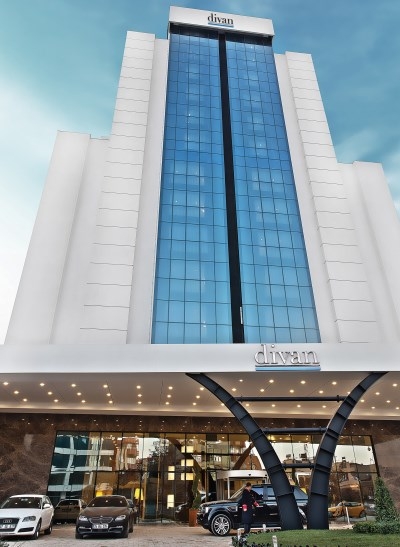
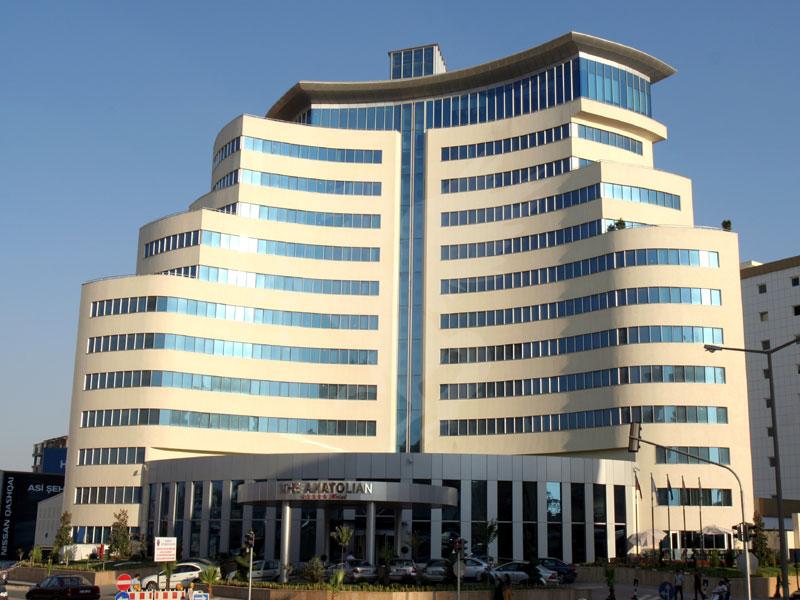
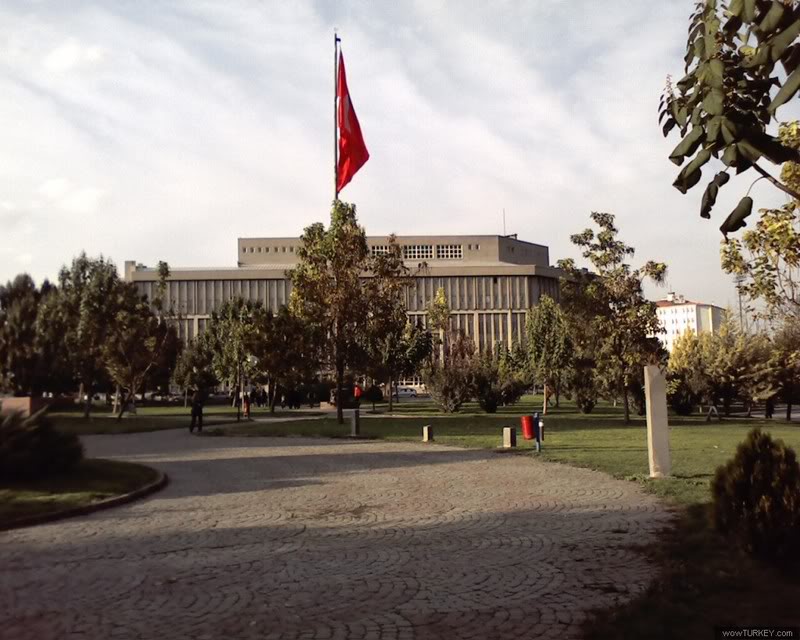
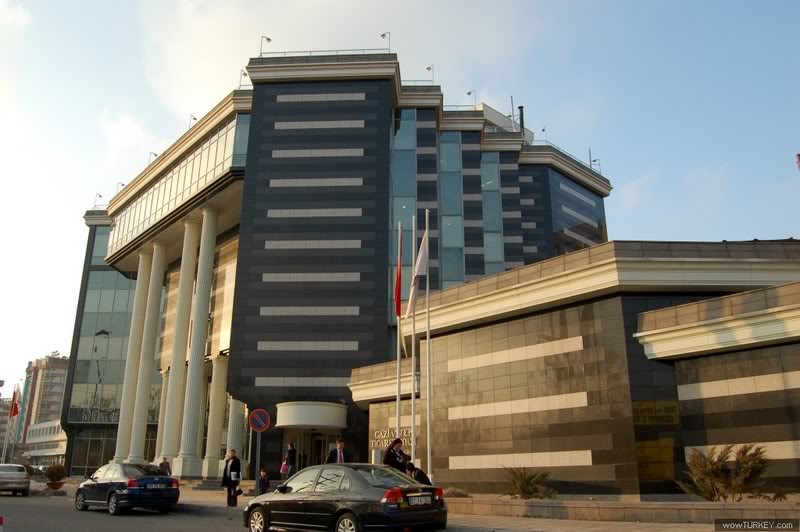

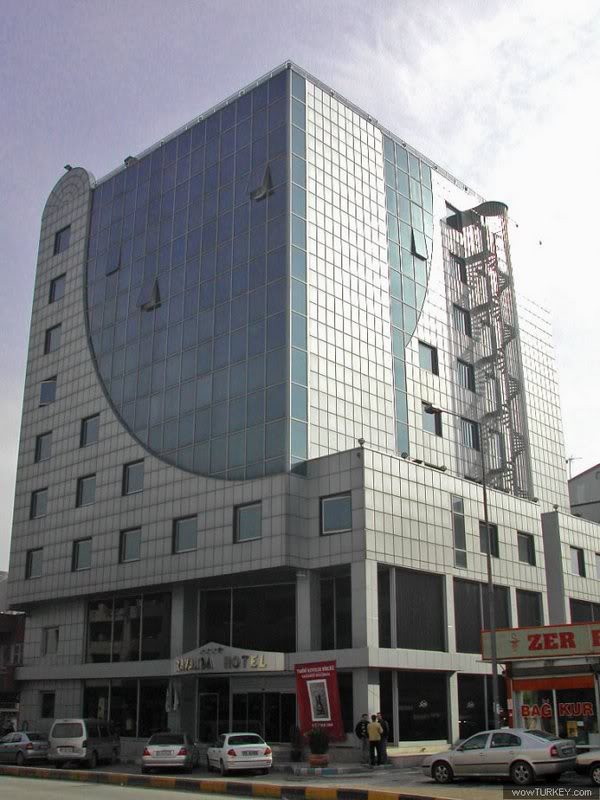

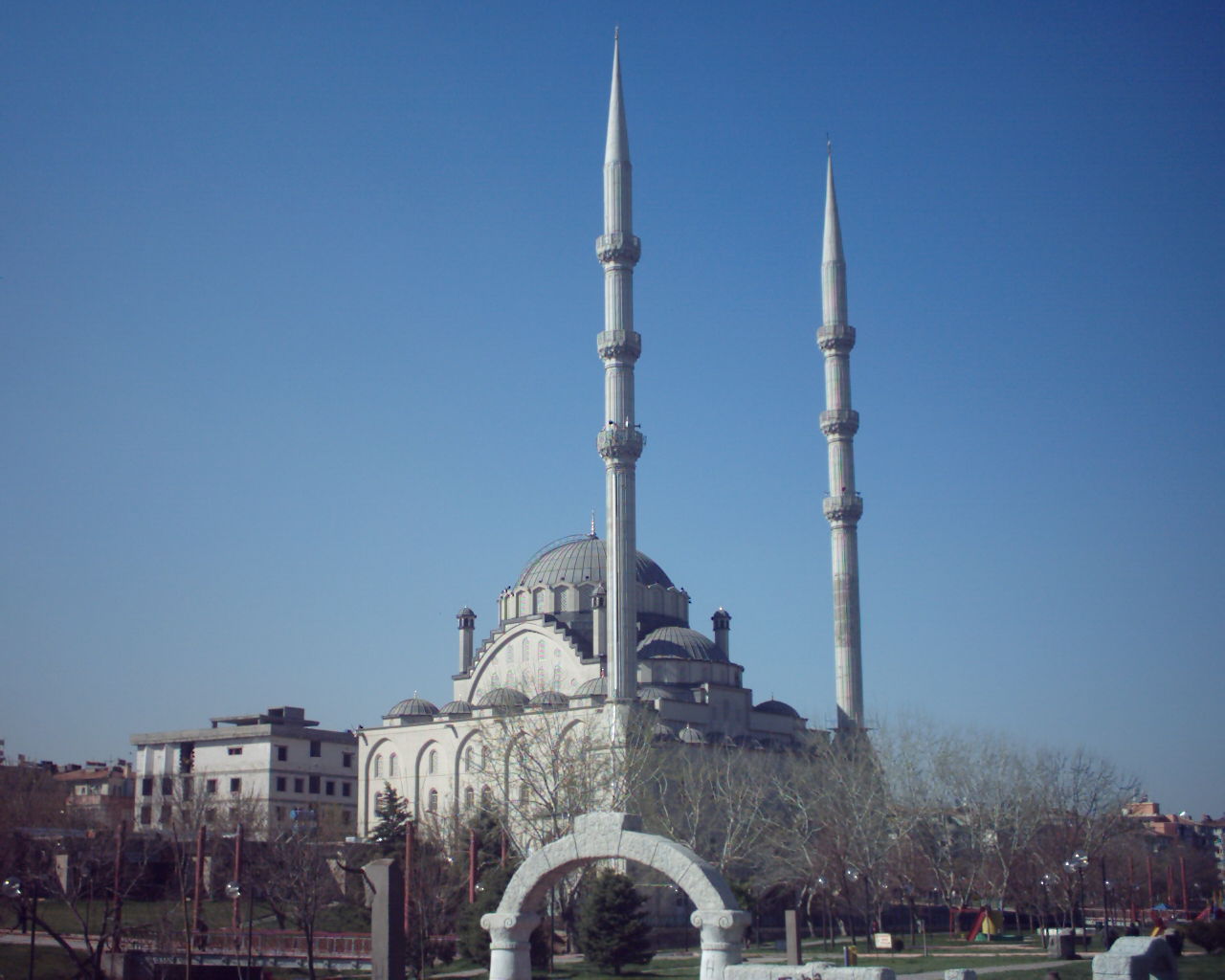
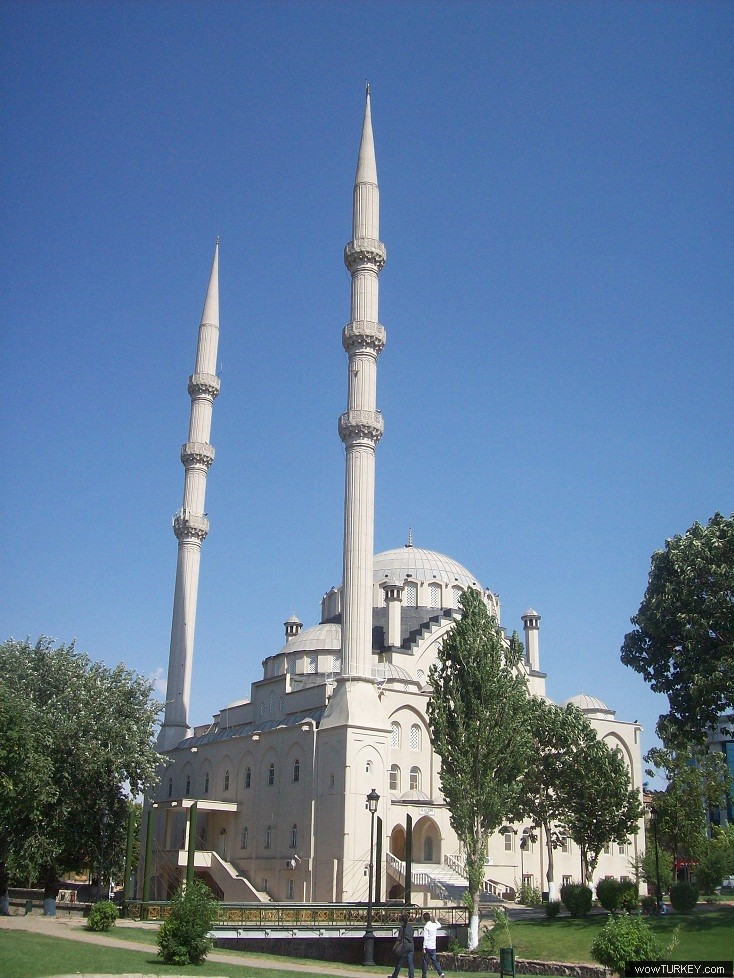

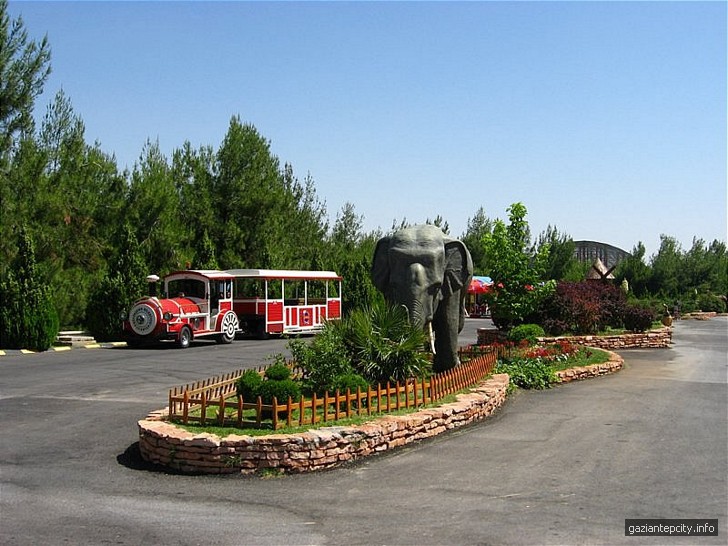
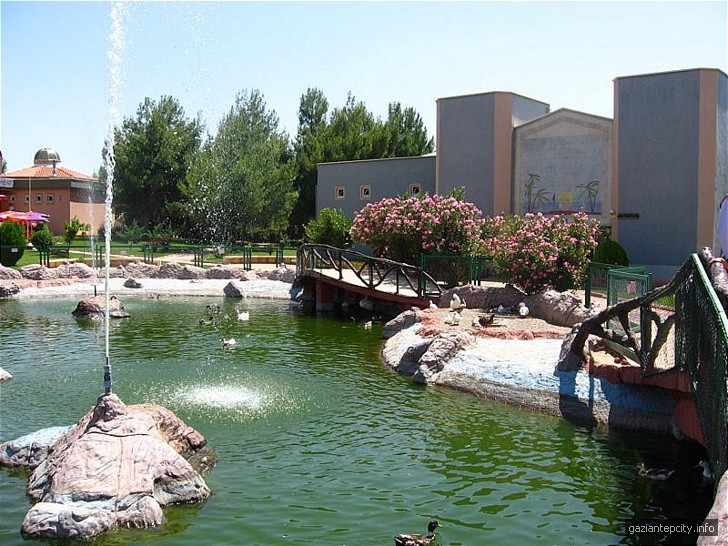
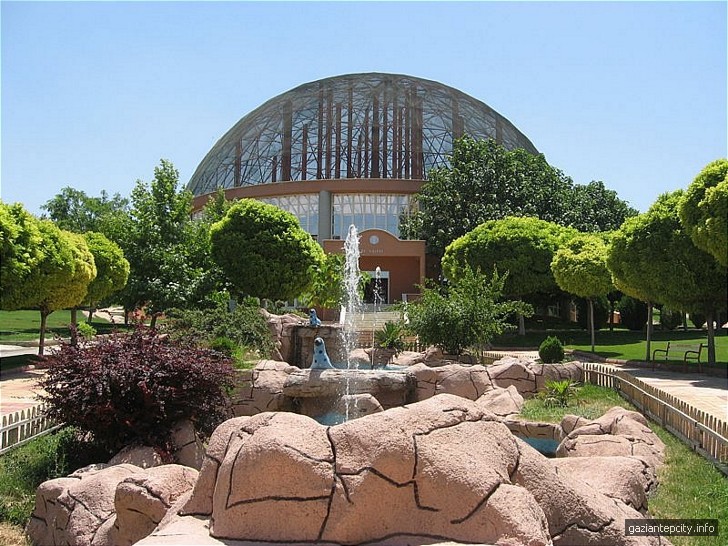


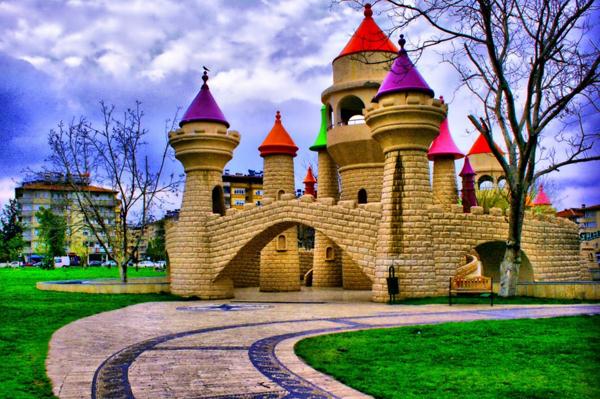
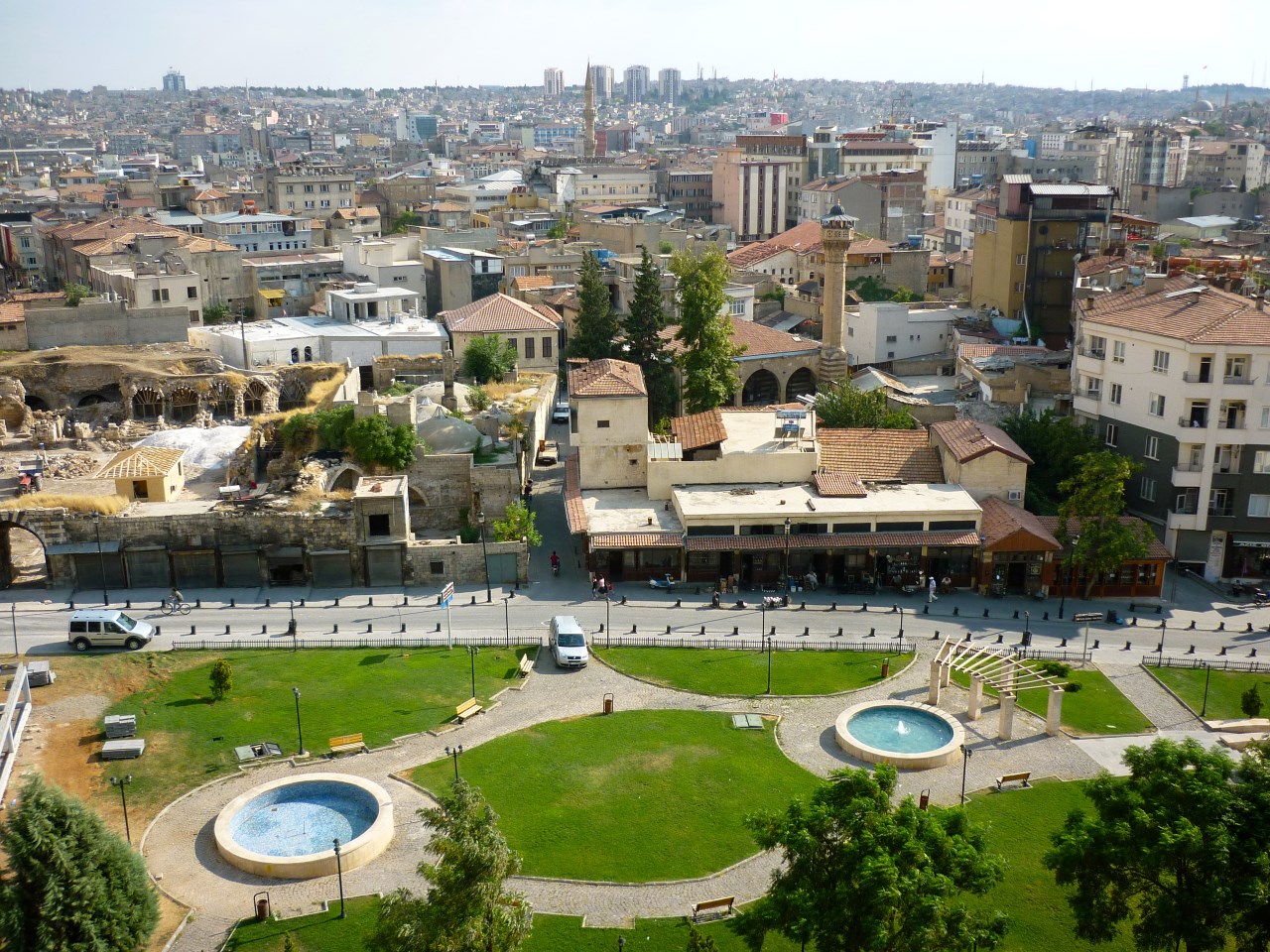
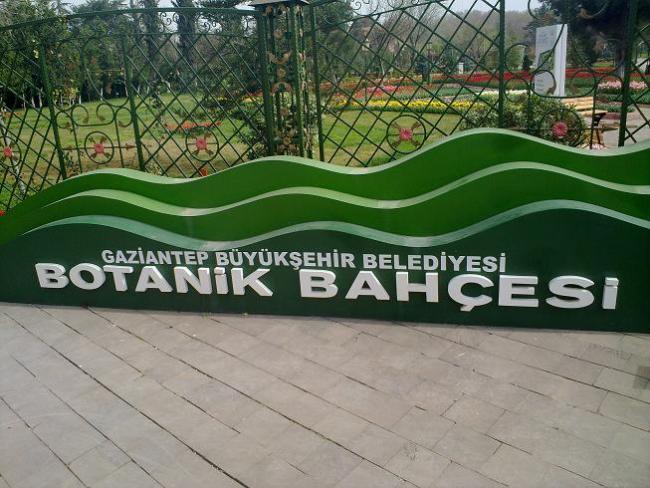
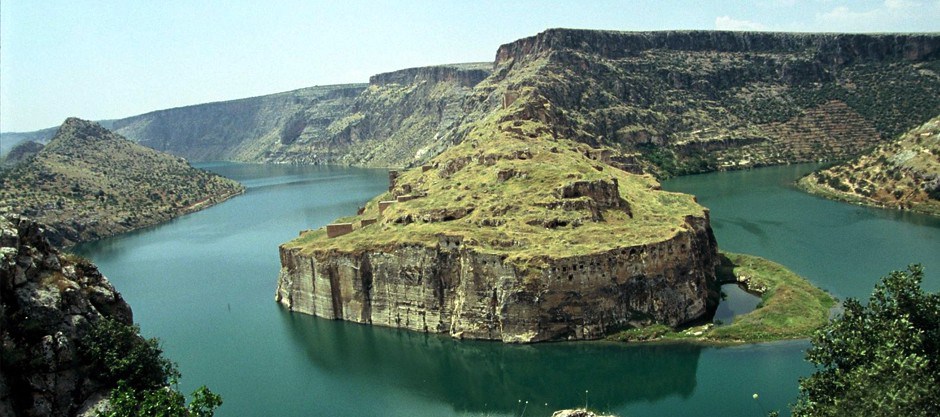
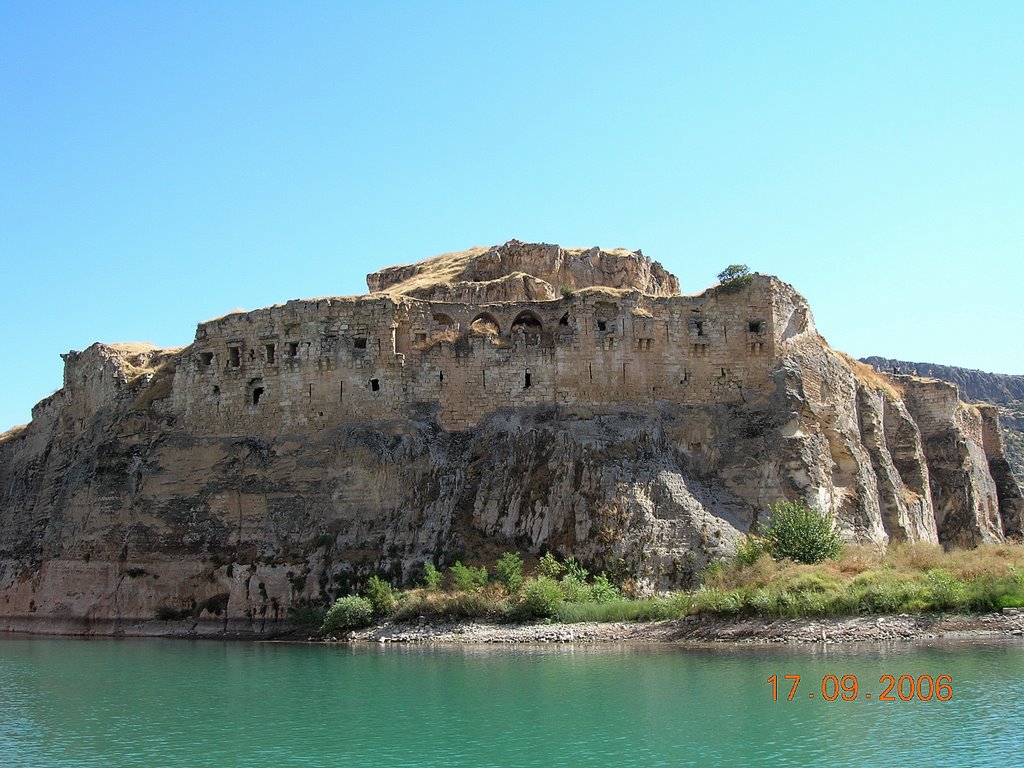
History Of Gaziantep
The Gaziantep province and its environs are the lands on which the civilizations were born and developed. The region is located between the lands of Mesopotamia and Mediterranean and had been frequently chosen to be the settlement and transition point of mankind.
As the city is on the course of the Historical Silk Road and is at the intersection point of the roads connecting various directions, it had preserved its vigor and importance throughout the history.
The old city known as Ayıntap had been founded 12 km northwest of today's Gaziantep at the location of today's Dülük Village. The city had witnessed the periods of Hittite, Asurian, Median, Persian, Roman, Byzantine, Seljuk, Mongol, Dulkadiroğulları, Memlük and Ottoman civilizations.
After the Battle of Malazgirt in 1071 a Turkish government was set up which was under the Seljuk Empir. The town, which was demaged by Mongols in 1270, was latter conquered by the Dulkadirogullari (1389), and the Memluklular (1471). After the Mercidabik (near Kilis) war against The Memluks by Yavuz Sutan Selim in 1516, Gaziantep and its surroundings were conquered by Ottoman Empire. During the Ottoman period lots of mosques, religious schools, small mosques, khans, and baths were constructed. The town made improvements on production, trade and handicrafts. Evliya Celebi, who visited this region in 1641 and 1671, says that there were 22 streets, 8 thousand houses, about 100 mosques, religious schools, khans, baths and covered bazaars.
After the end of the First World War, Gaziantep was occupied first by the English then by the French. The GAziantep Defence in our National Independence War history showed braveness, hero and devotion. The Gaziantep Defence with its unique braveness aroused the people and saved itself and southeast Anatolia from the occupation forces. It has taken its place in history with the national unity and individuals braveness.
http://www.gaziantepcity.info/en/history_of_gaziantep
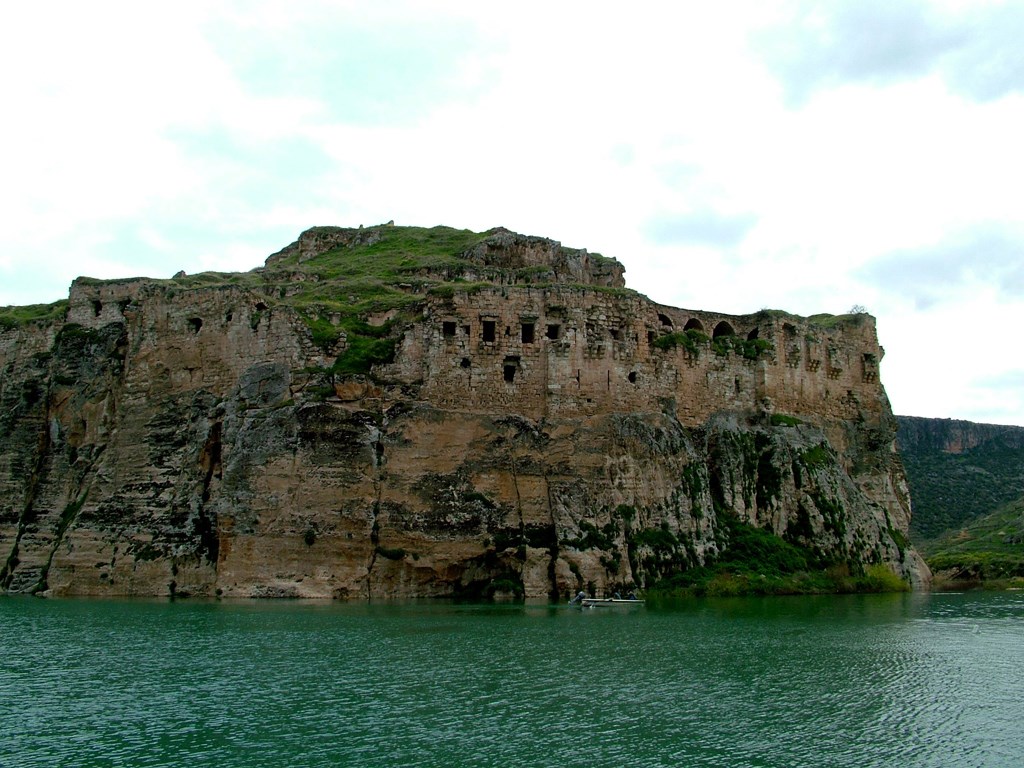
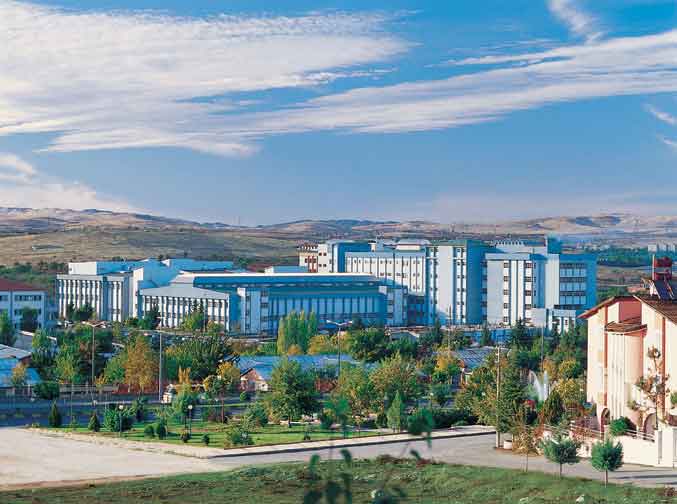

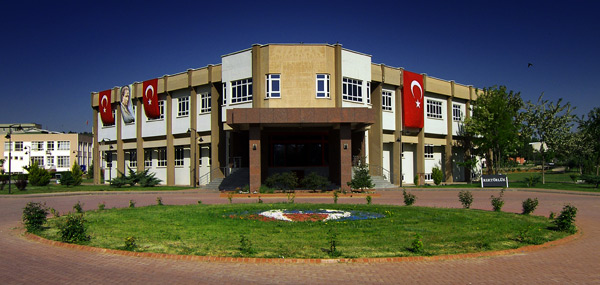
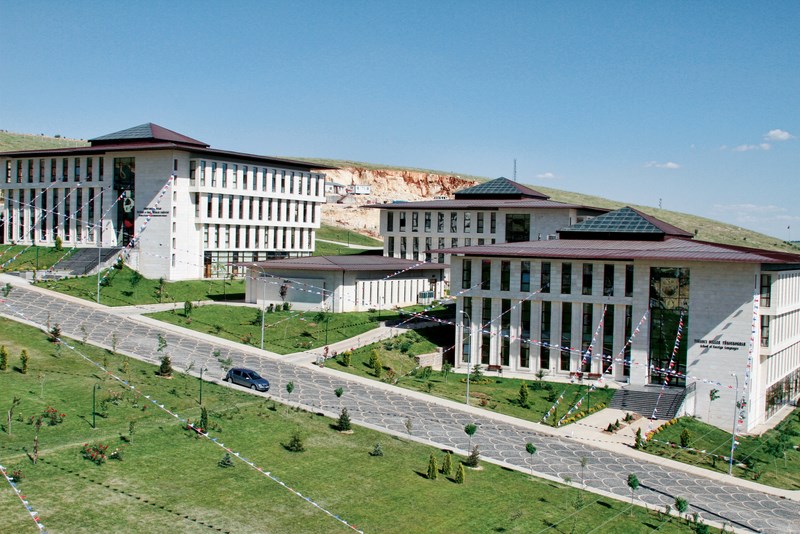
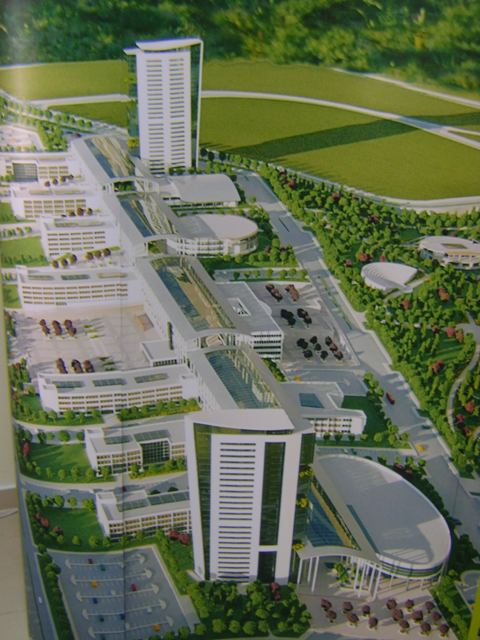
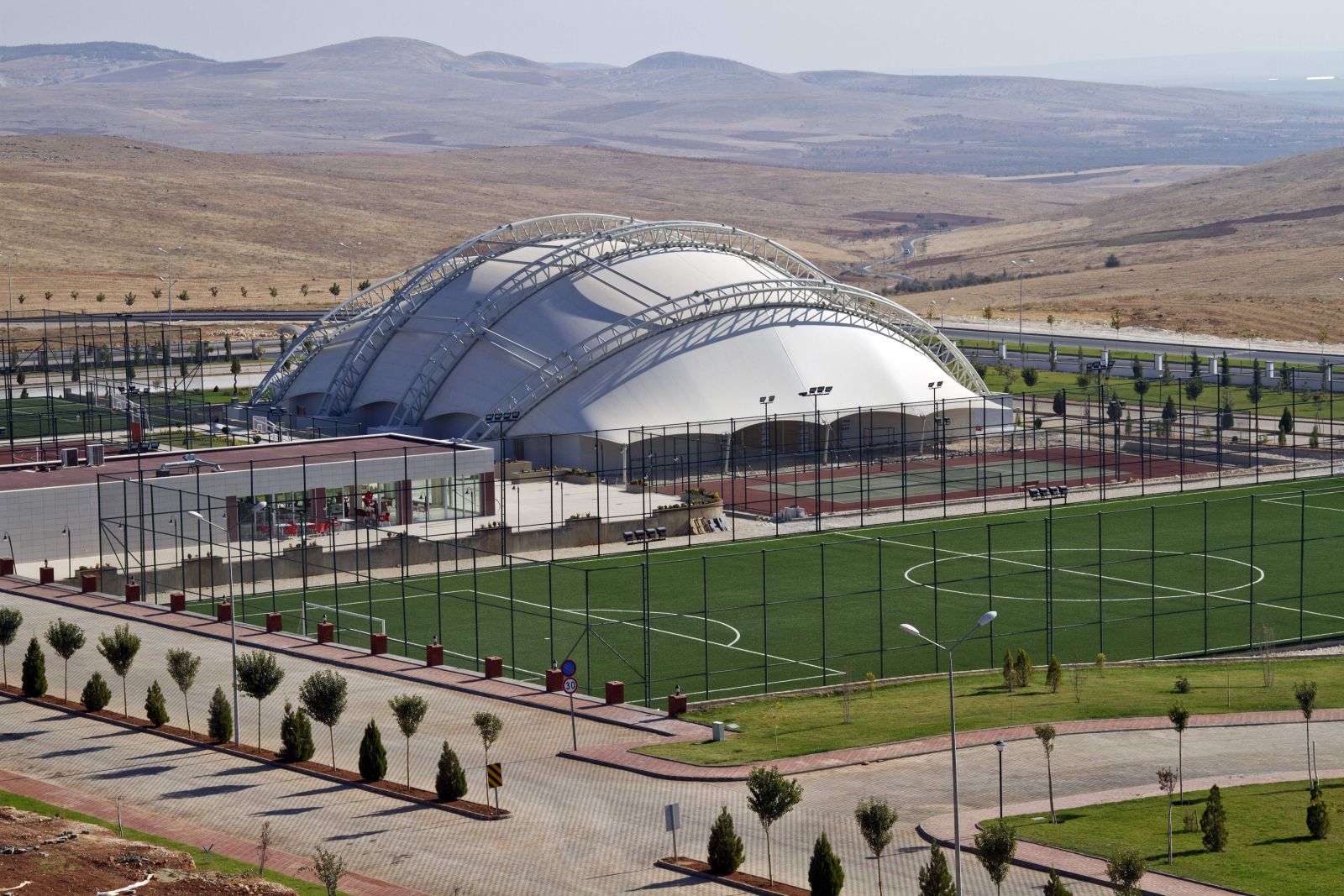
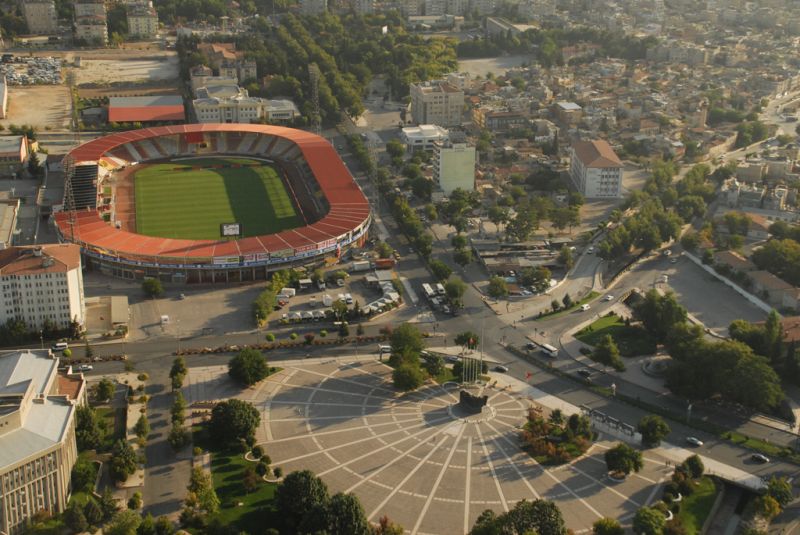
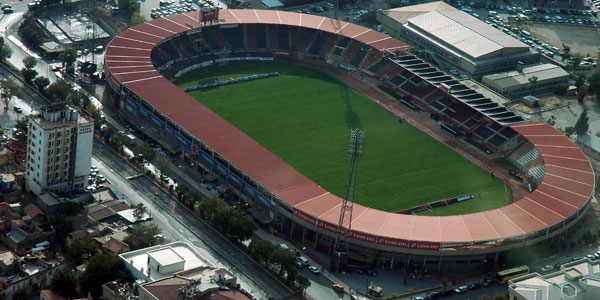
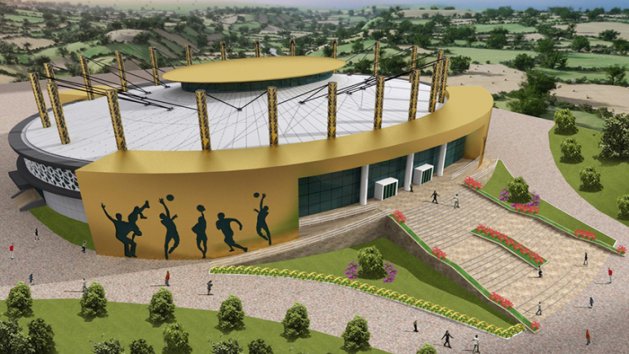
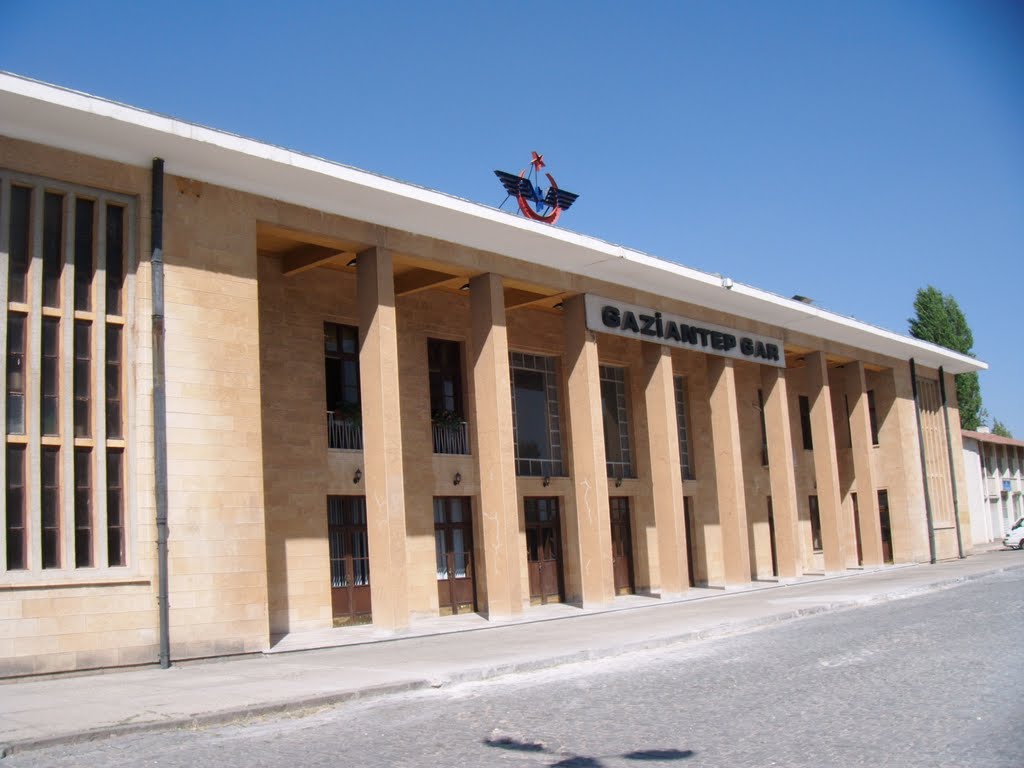

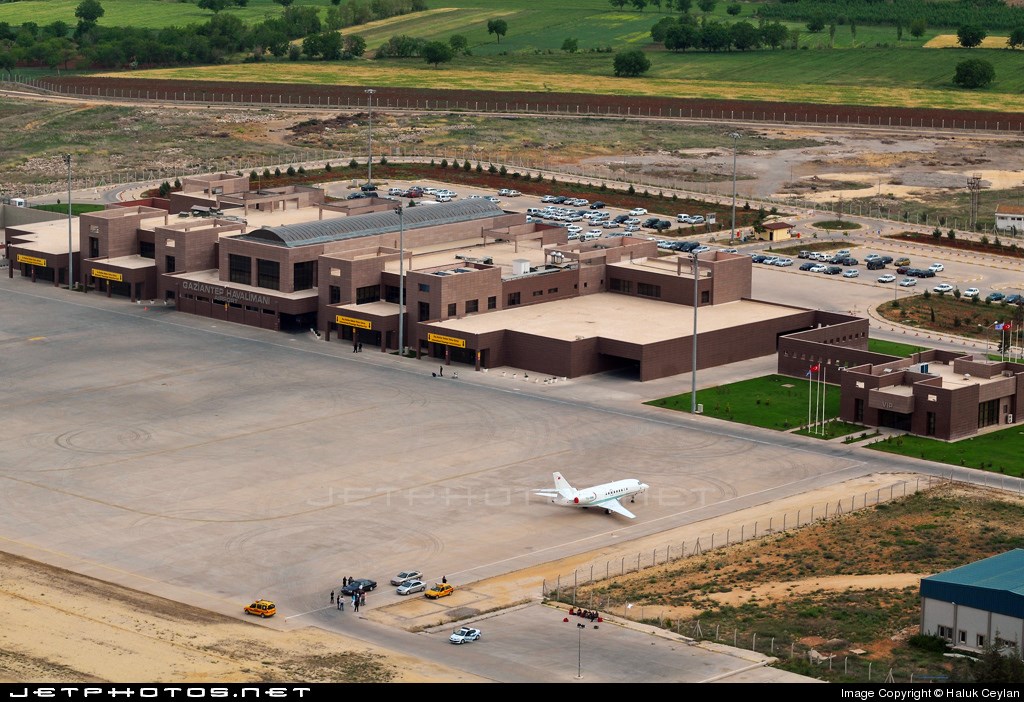
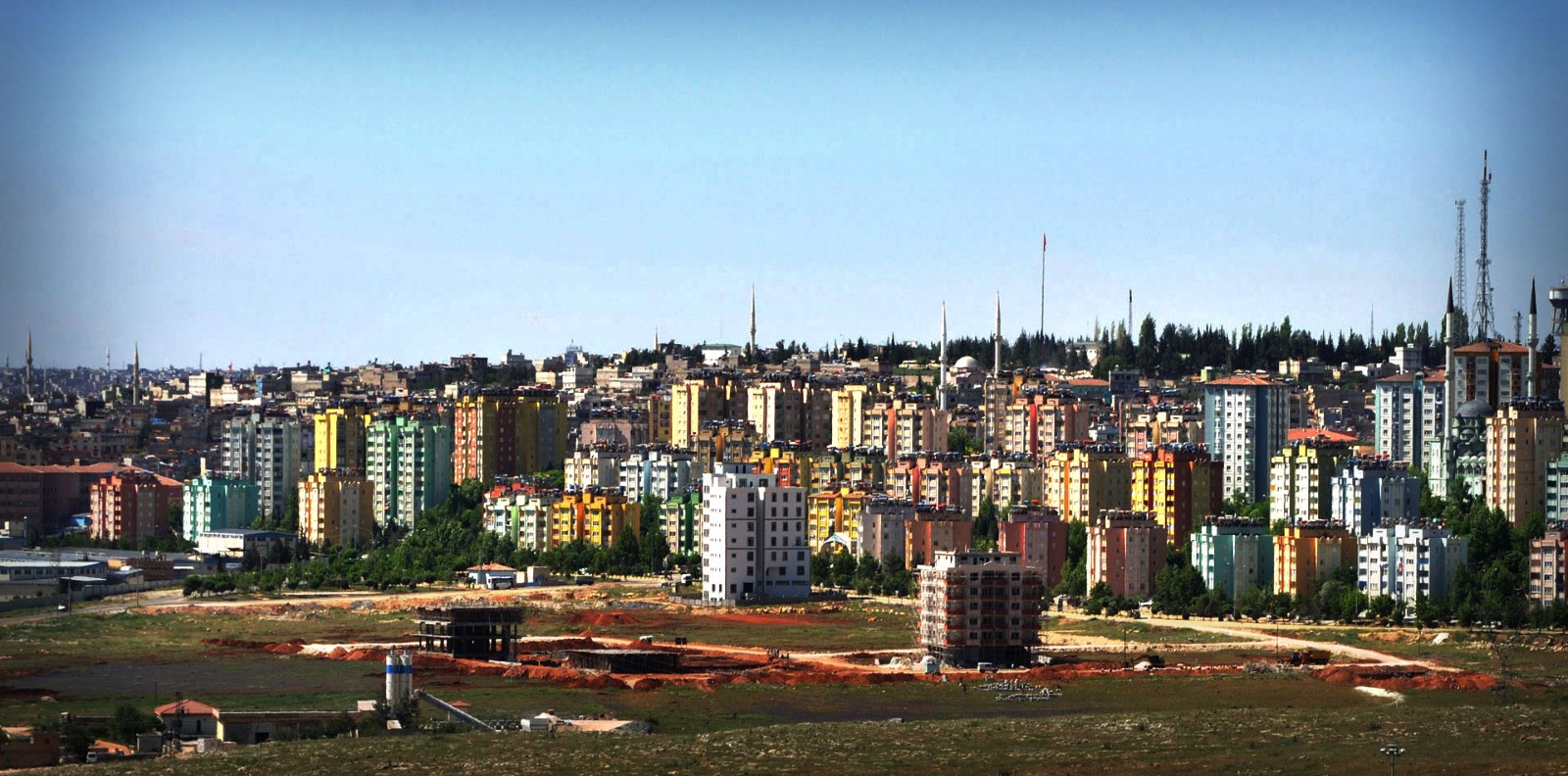
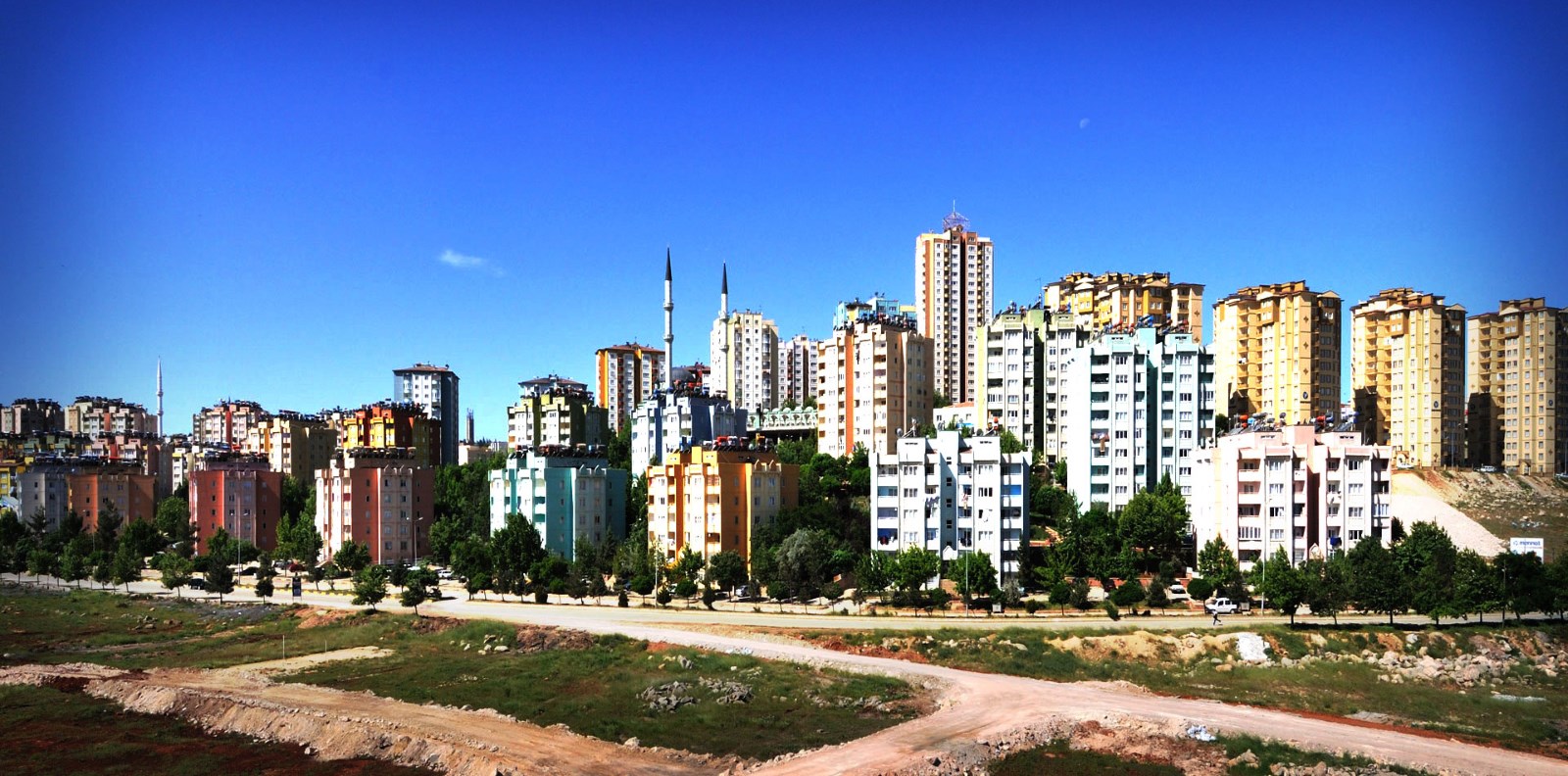
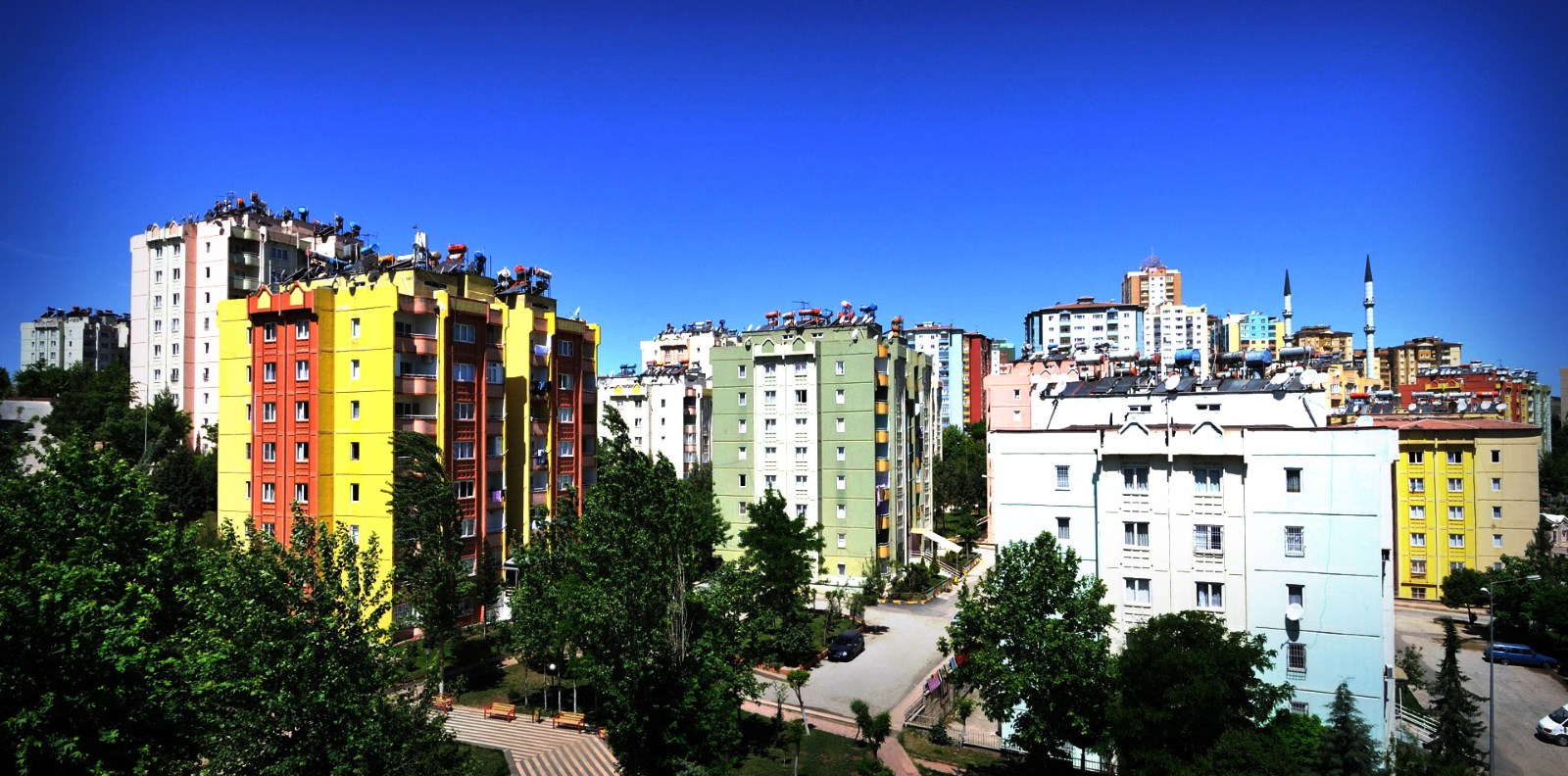
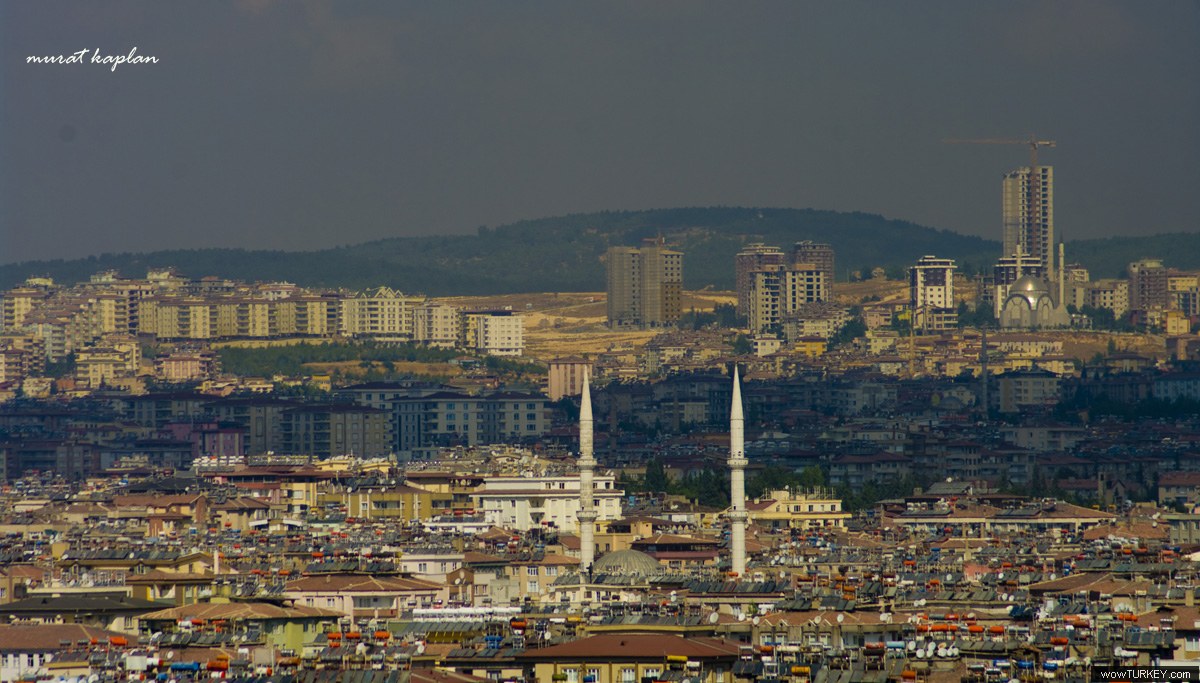
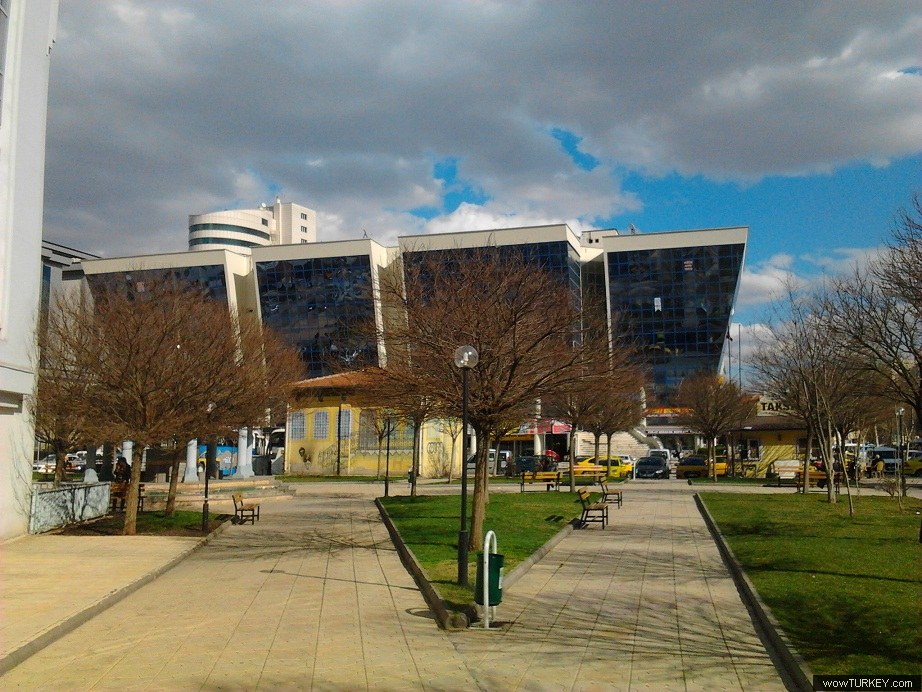
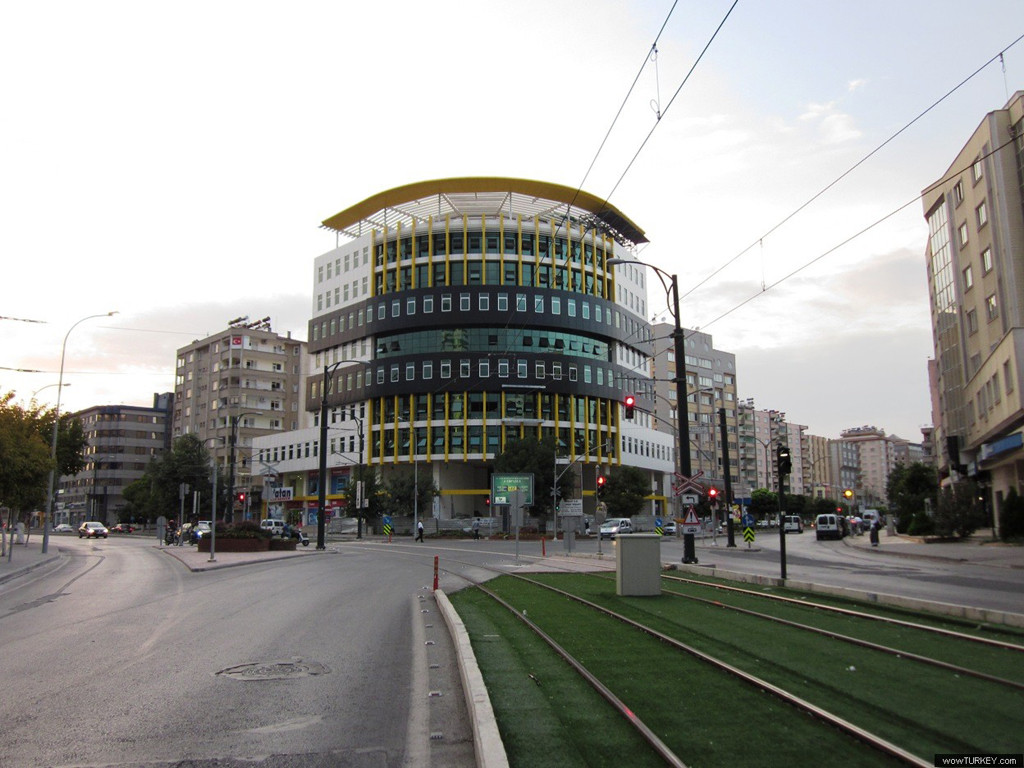
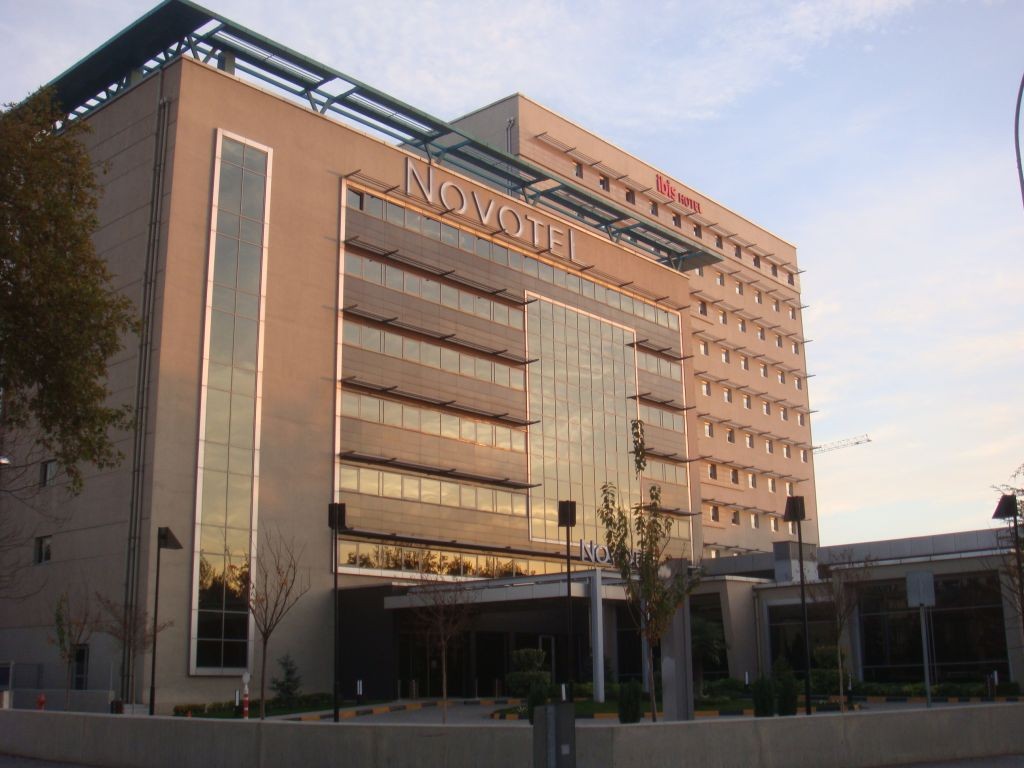
Gaziantep o Antep (antiguamente llamada en turco otomano Ayıntab) es la capital de la provincia de Gaziantep, Turquía. La ciudad cuenta con dos distritos bajo su administración, Şahinbey y Şehitkamil, con una población total de 1.237.8741 (censo de 2007) y una superficie de 2.138 km².2 La población urbana es de 1.175.042,1 lo que la convierte en la sexta ciudad más grande de Turquía y la más grande de Anatolia Suroriental. Los árabes, los selyúcidas y los otomanos la conocían como ʿAintab o Aïntab. El Parlamento de Turquía le otorgó el título de Gazi ("guerrero victorioso") el 8 de febrero de 1921 como reconocimiento del valor de sus habitantes durante la Guerra de Independencia Turca,3 y la ciudad adoptó de forma oficial el nombre Gaziantep ("Antep la veterana") en 1921.4
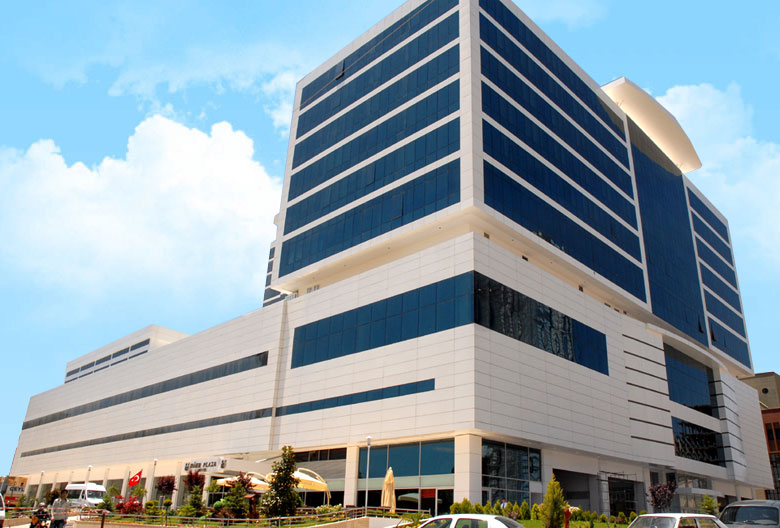
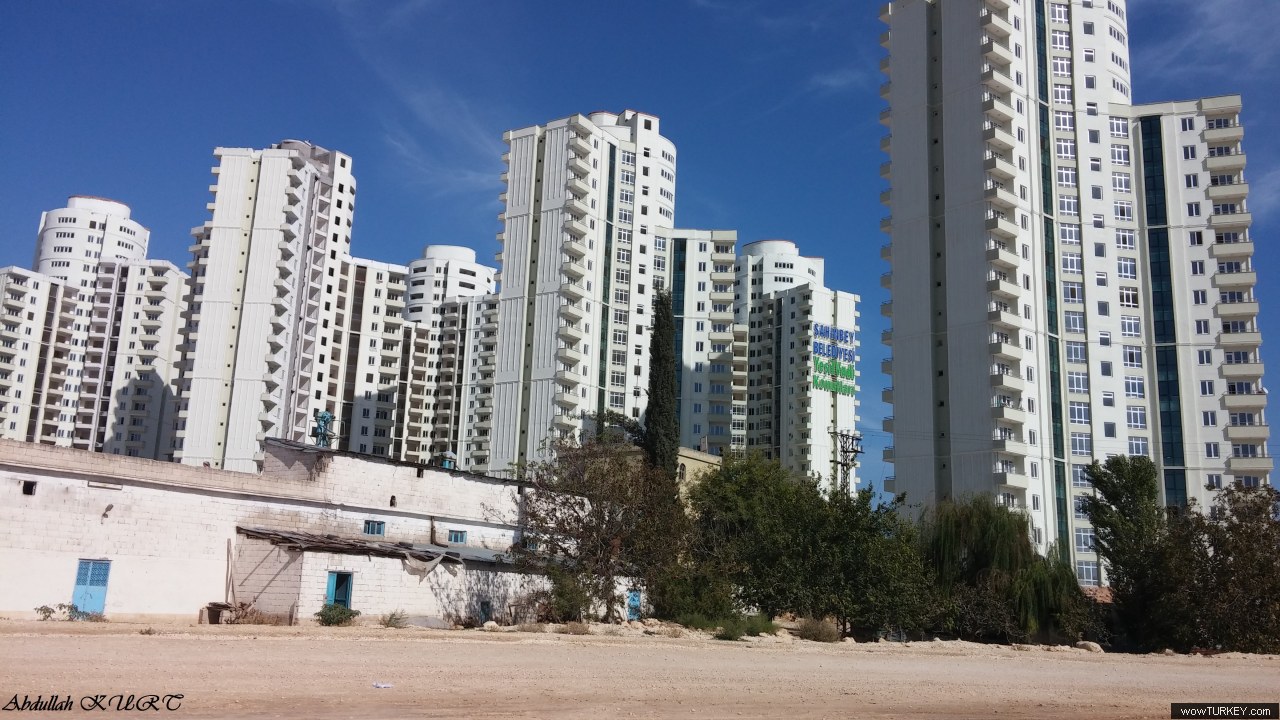
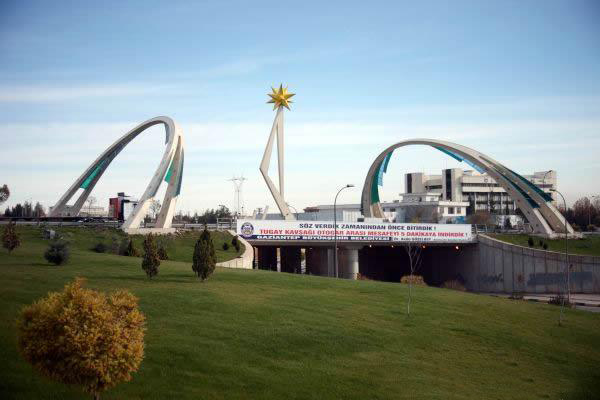
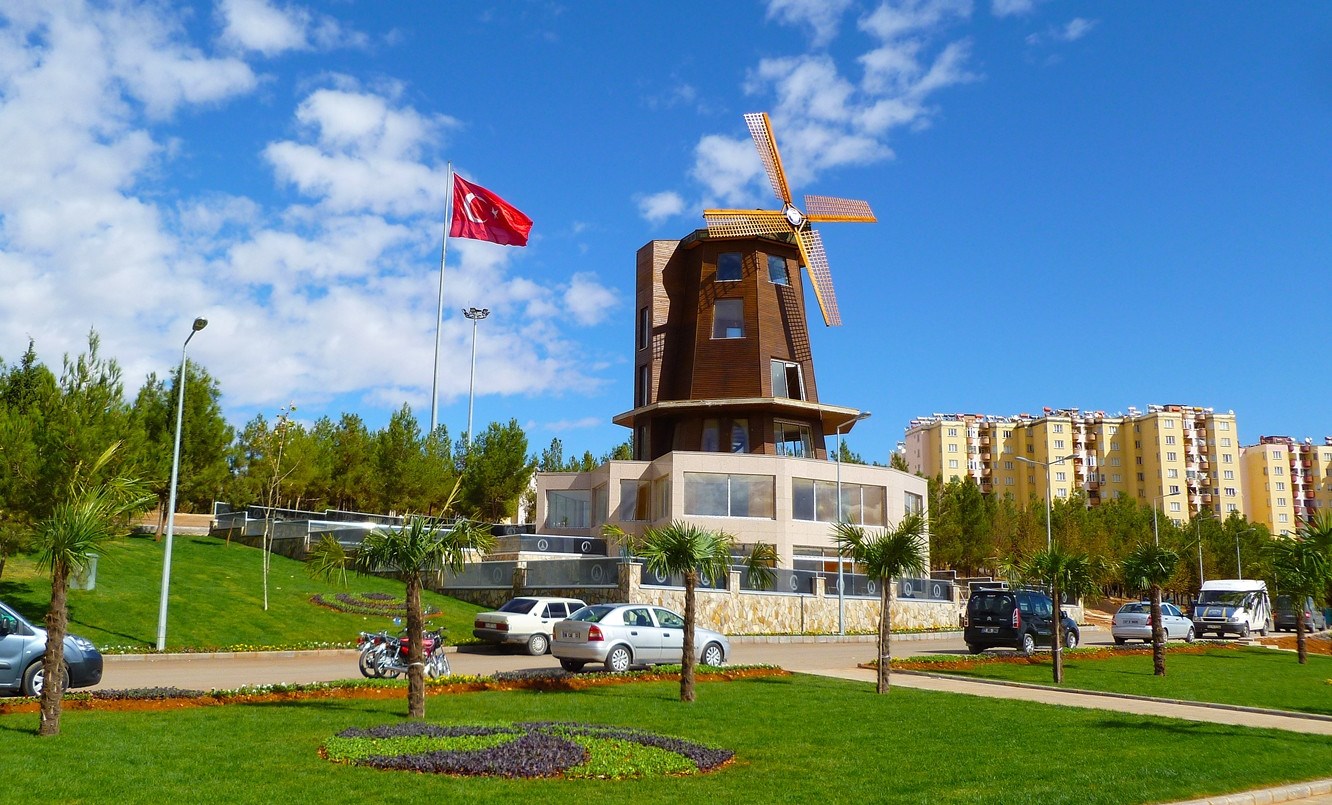
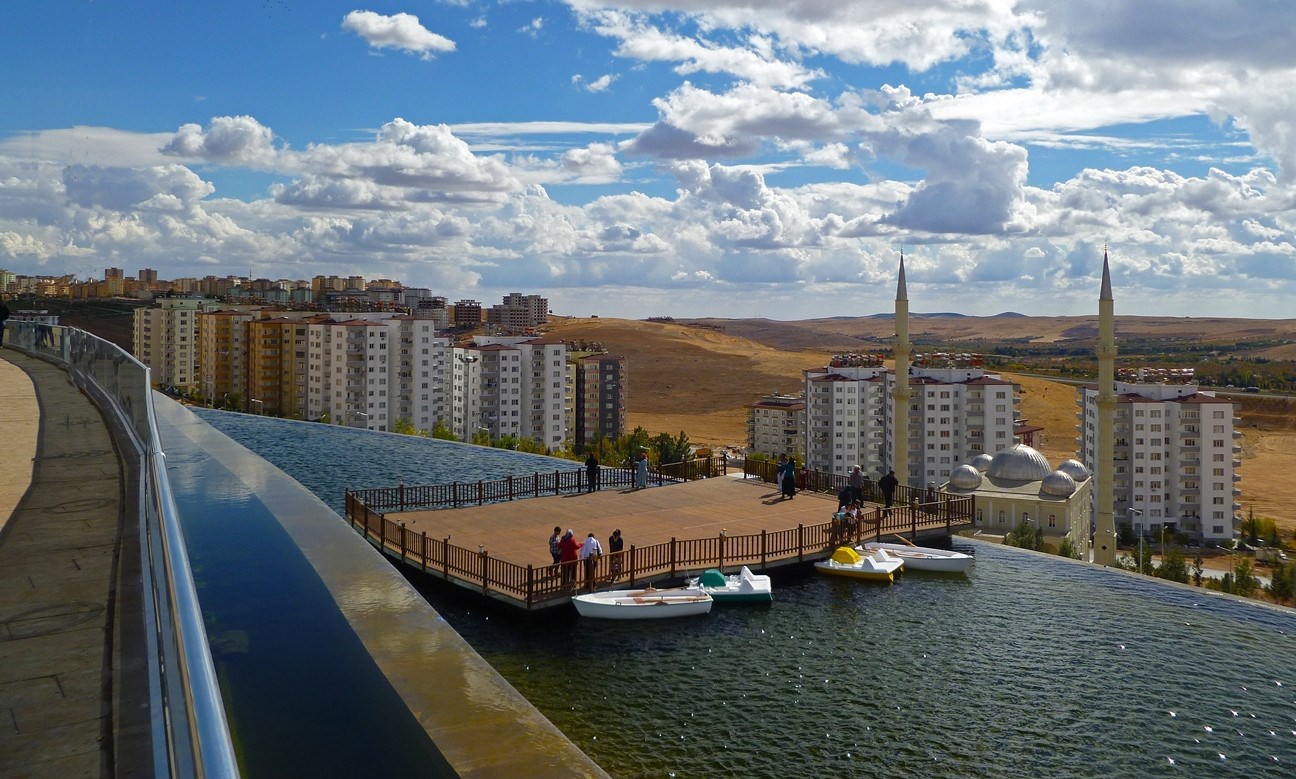
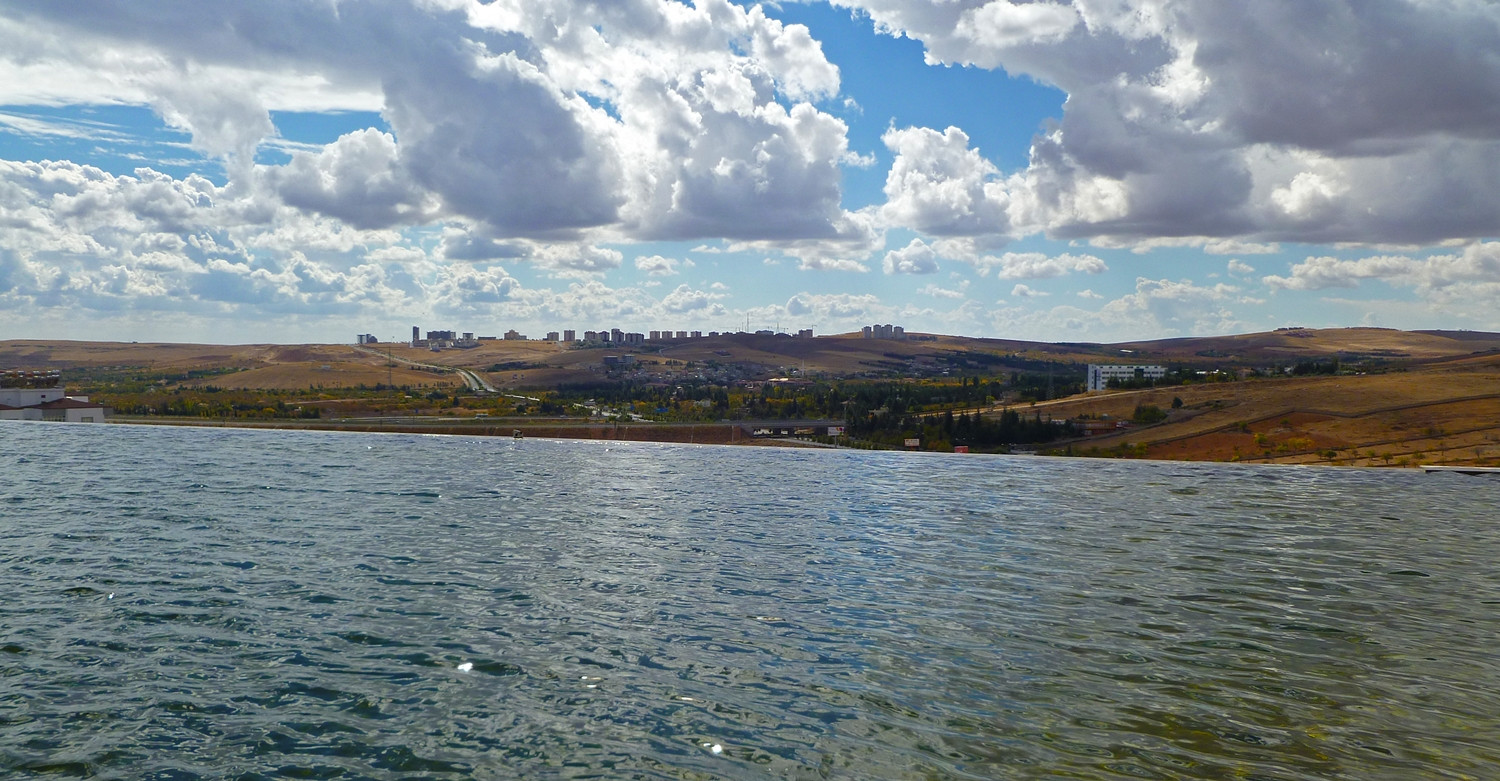
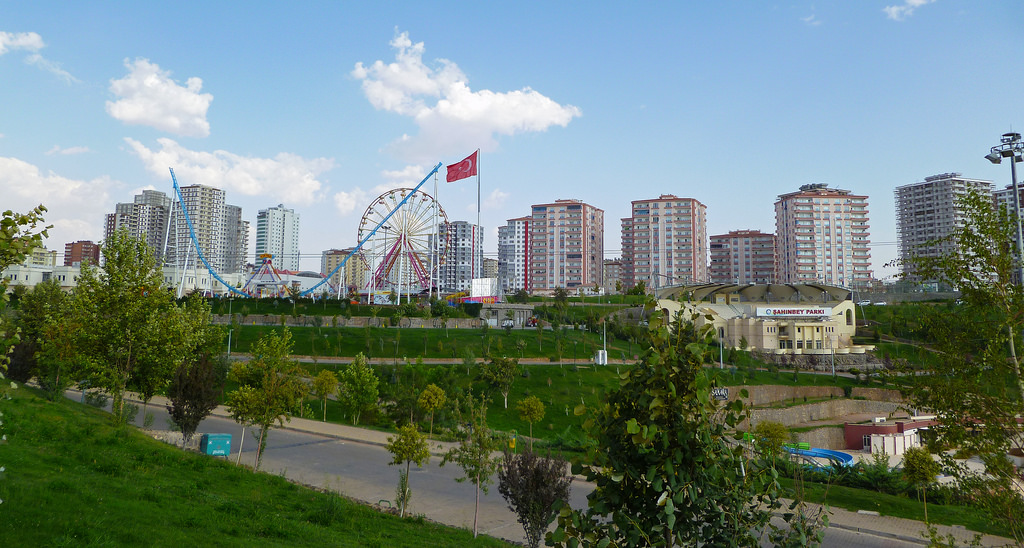
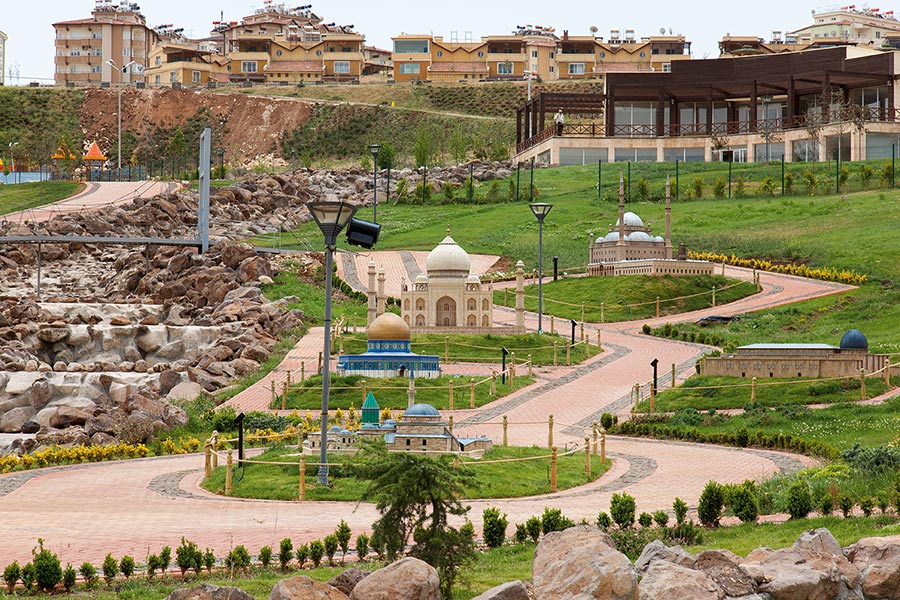
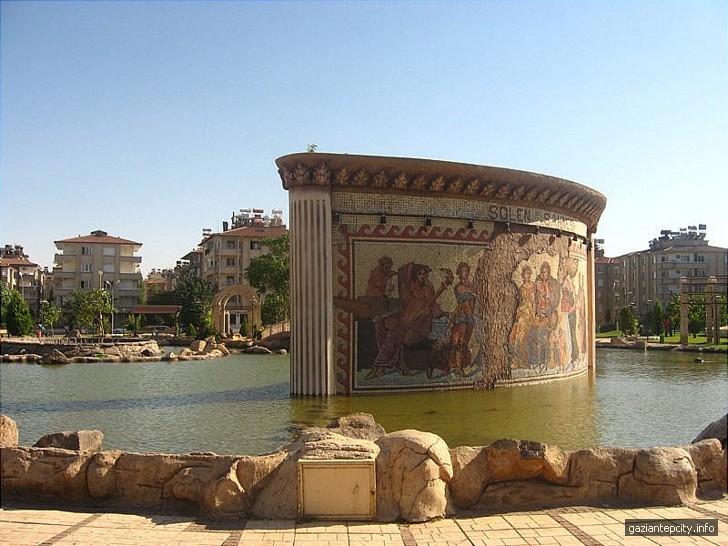
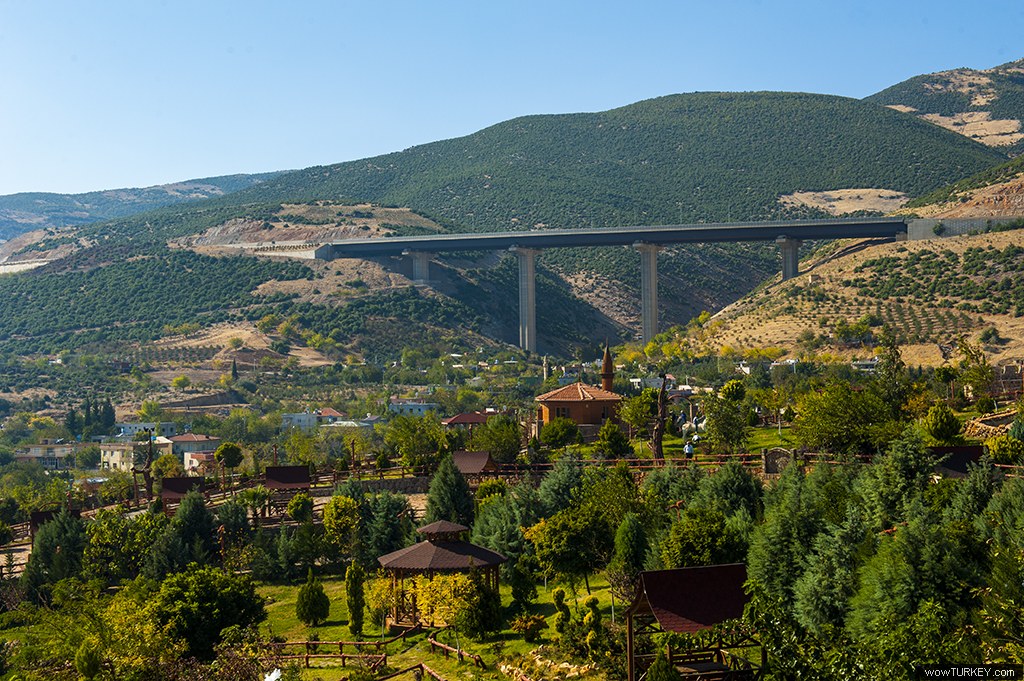
Historia
Antigüedad
Gaziantep es posiblemente el emplazamiento de la ciudad helenística de Antioquía de Tauros (Antiochia ad Taurum). A pocos kilómetros al norte, se encuentran las ruinas de la ciudad griega y romana conocida como Doliche (en turco, Dülük).
Gaziantep es una de las provincias más desarrolladas de la región, además de una de las más antiguas, con una historia que se remonta a los hititas. Es además la principal zona de cultivo de pistacho de Turquía y cuenta con extensos olivares y viñedos, lo que la convierte en una de las más importantes zonas agrícolas e industriales del país.
En el centro de la ciudad, se levantan la fortaleza de Gaziantep y la ciudadela de Ravanda. El Museo Arqueológico, con sus importantes colecciones del Neolítico y la época hitita, así como de la romana y la de Comagene, atrae a numerosos visitantes. Los alrededores de la ciudad también cuentan con muchos y valiosos restos hititas. La casa Hasan Süzer, restaurada hasta recuperar su belleza original, alberga ahora el Museo Etnográfico. El taller de escultura de Yesemek, a 30 km al sur de la ciudad de İslahiye, fue uno de los primeros del mundo. Otros restos históricos son las ruinas de Belkis (Zeugma) y Kargamış, en la ciudad de Nizip. Doliche, cerca del centro de la ciudad, cuenta con instalaciones de acampada en un espacio natural.
Periodo otomano
En la época otomana, Aintab se encontraba en el eyalet de Alepo (vilayato después de 1864).
http://es.wikipedia.org/wiki/Gaziantep
http://en.wikipedia.org/wiki/Gaziantep
http://tr.wikipedia.org/wiki/Gaziantep
Pinche para ver las Fuentes seleccionadas
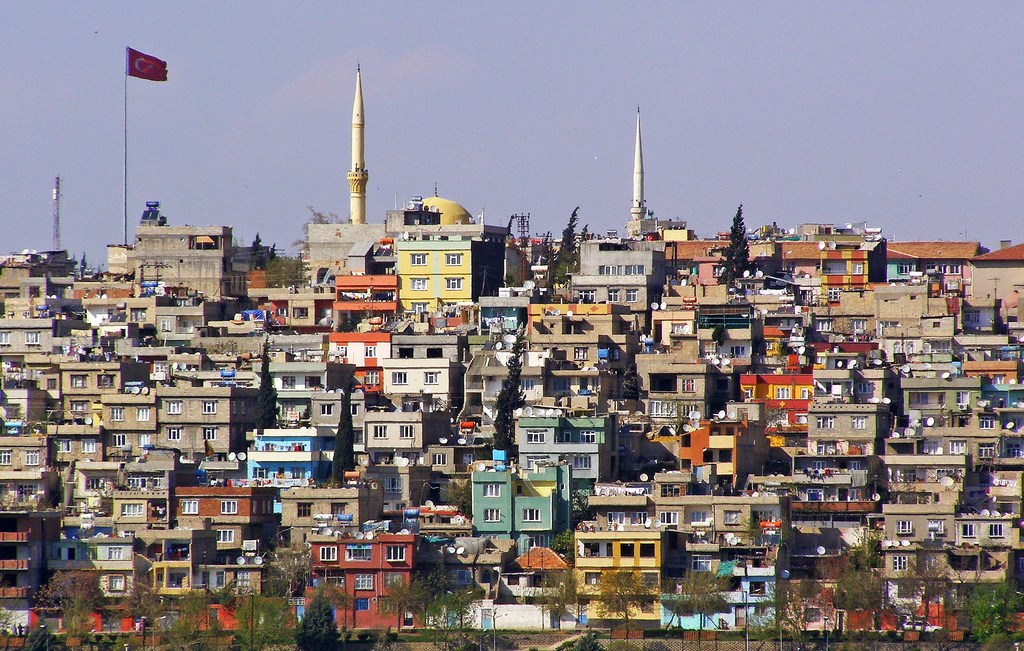
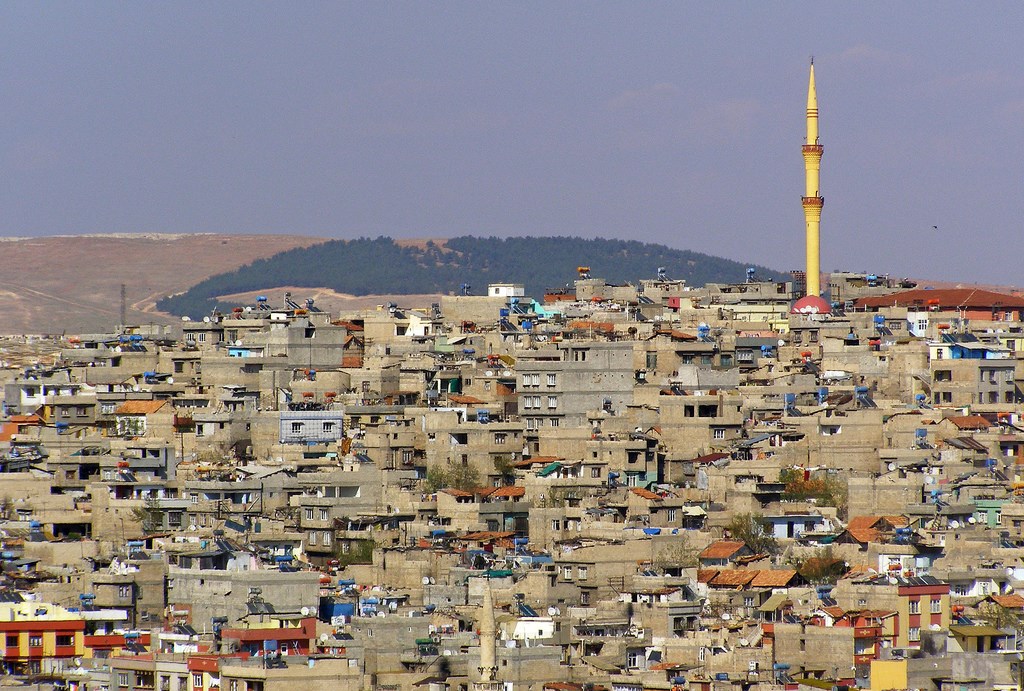
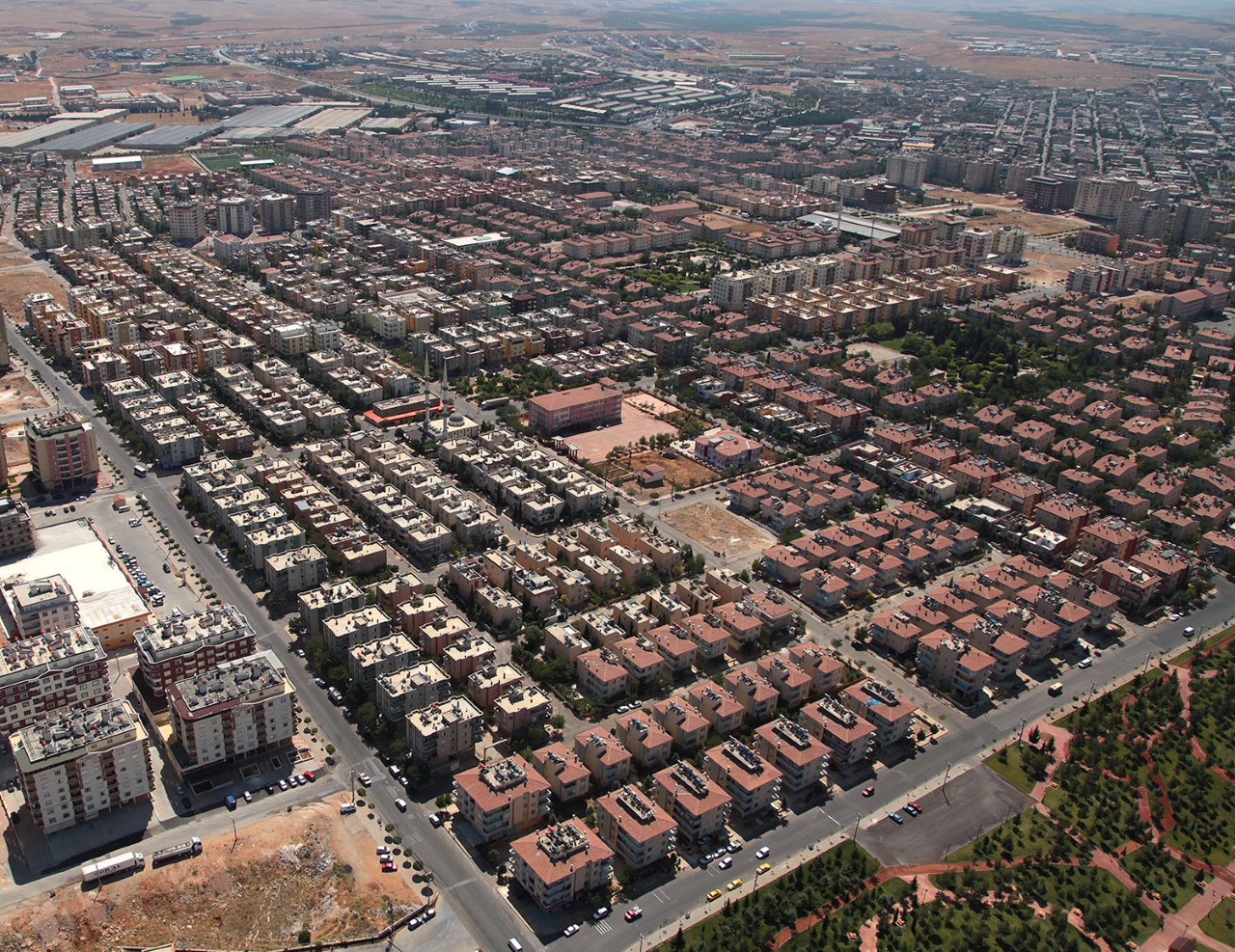
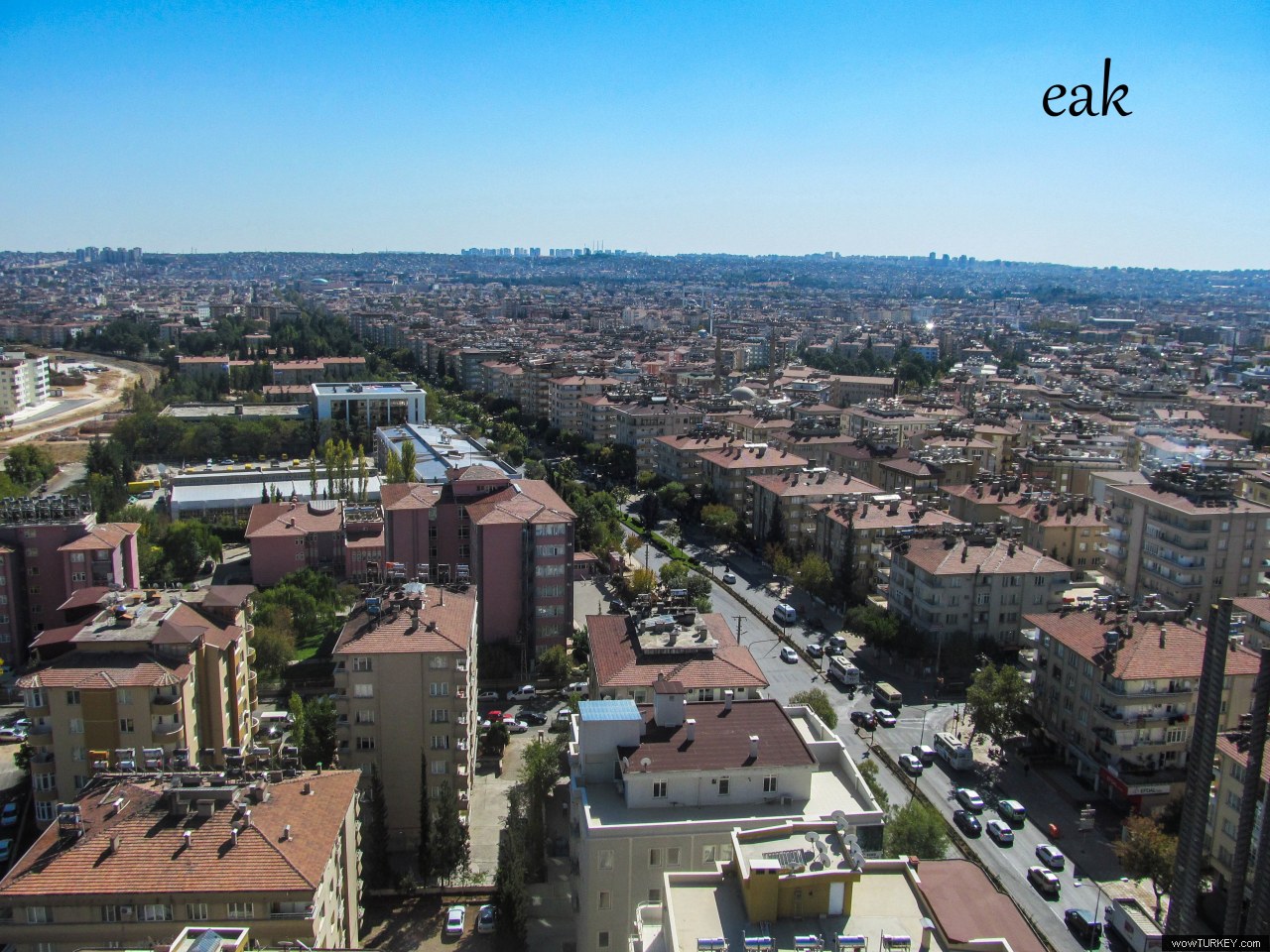
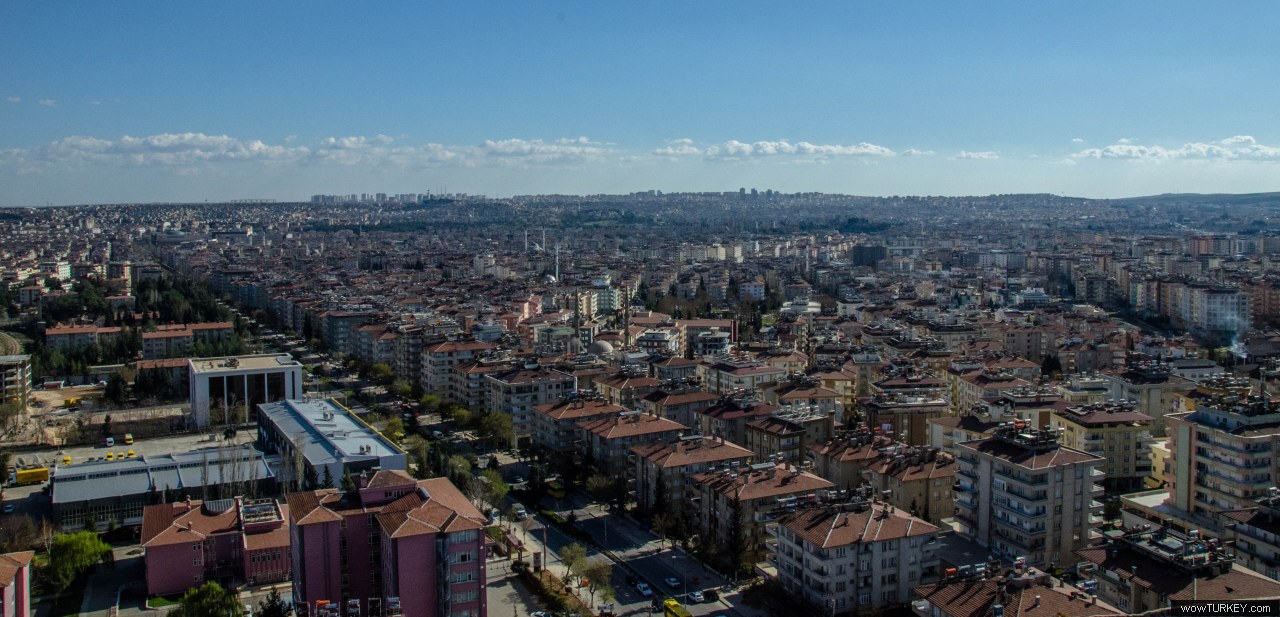
Vídeo:
Web recomendada: http://www.gaziantep.gov.tr/
Contador: 8327
Inserción: 2015-05-09 17:43:22
Lugares a visitar en un radio de 100 km (en línea recta)
Mapa de los lugares a 100 km (en línea recta)
Mostrando Registros desde el 1 hasta el 0 de un total de 0
Visitas |
Más visitados Basílica de San Marcos 154907 Catedral de Notre Dame (París) 144199 Torre de Pisa 131551 Monte Saint-Michel 100674 Presa de las Tres Gargantas 81497 |
Incorporaciones |
Comentarios hazola Cúpula de la Roca gracias me... gera Buenos Aires las mejores fotos de la mejor ciudad del... Daniel M. - BRASIL San Francisco ... PEQUE Presa Chicoasén SERA QUE ALGUIEN ME PUEDE DAR MAS INFORMACIÓN DE ESTE PROYECTO ESTUDIO EN LA UNACH Y ES PARA UN... Mery Huaca Pucllana Muy interesante, muy buena la información y... |
 Tweet
Tweet


